Best Sony lenses 2025: top lenses for Sony mirrorless cameras
How to choose the best E-mount lens for every situation
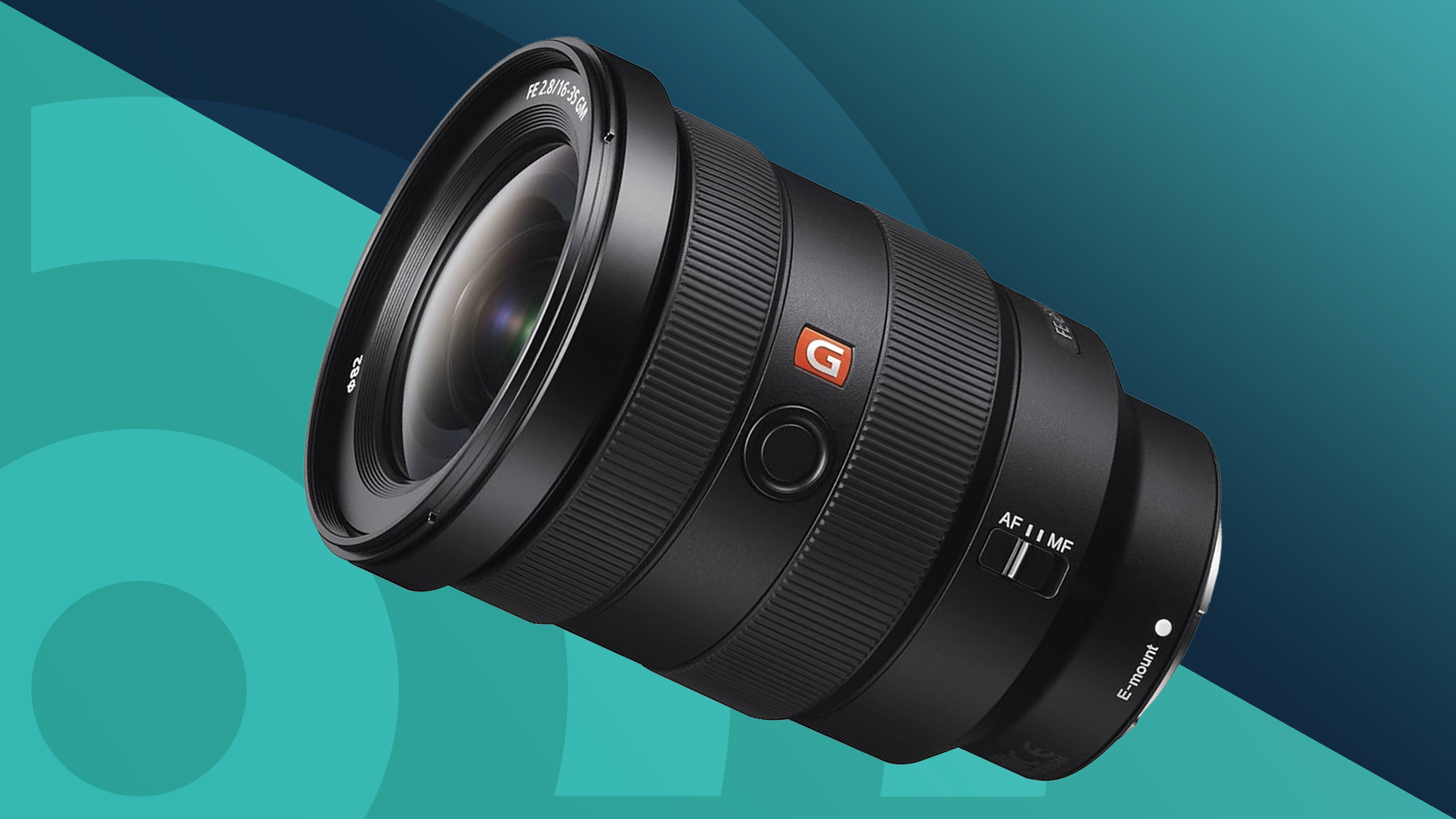
TechRadar has been testing camera equipment for two decades. In that time, we’ve reviewed every Sony E-mount lens worth considering, from wide-angle primes to super-telephoto zooms. With so many options available for both APS-C and full-frame Sony cameras, we’ve designed this guide to help you find the best E-mount lens for your budget and shooting style.
There’s no single lens that can cover every scenario. That said, we think the Sony FE 16-35mm F2.8 GM II is a fantastic example of E-mount glass in 2025. It’s relatively compact, focuses reliably and delivers excellent detail across the frame. Sony’s catalog also includes a number of fantastic prime options, such as the FE 50mm F1.4 GM, a nifty fifty that shoots sharp and fast.
Whether you shoot landscapes, portraits or sport, there’s a Sony E-mount lens to suit every photographer. We’ve covered all focal lengths below, drawing on our extensive real-world testing experience to recommend glass that ticks the key boxes, including build quality and optical performance. We’ve also covered third-party gems from brands like Sigma.
Top 3 picks
The summary below will give you an instant overview of the best Sony E mount lenses for every need and budget. When you find one that fits your requirements, you can follow the links beneath each entry to read our full write-up.
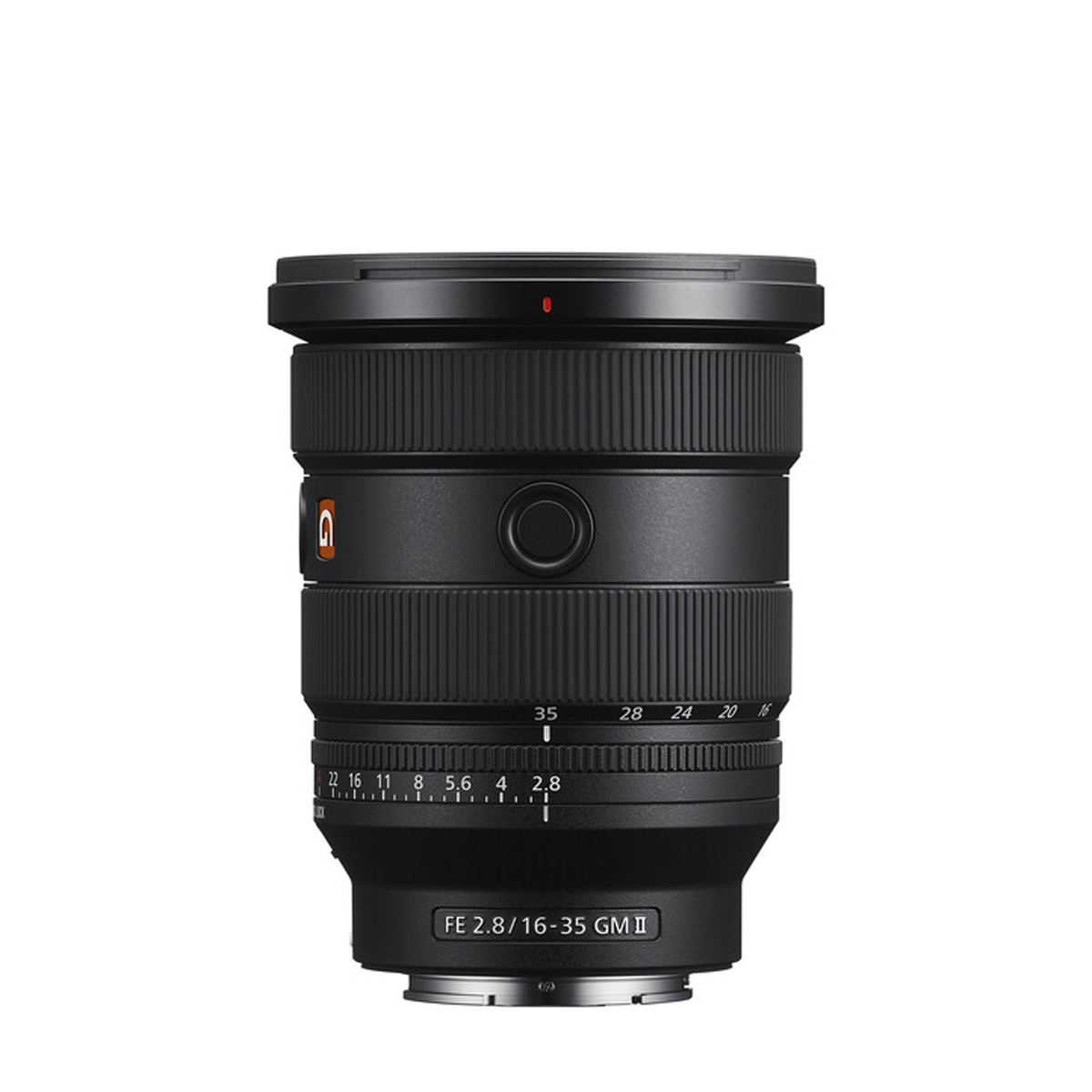
The best wide-angle zoom
Smaller and lighter than before, this premium wide-angle zoom offers incredible detail from edge to edge, making a top choice for pros.
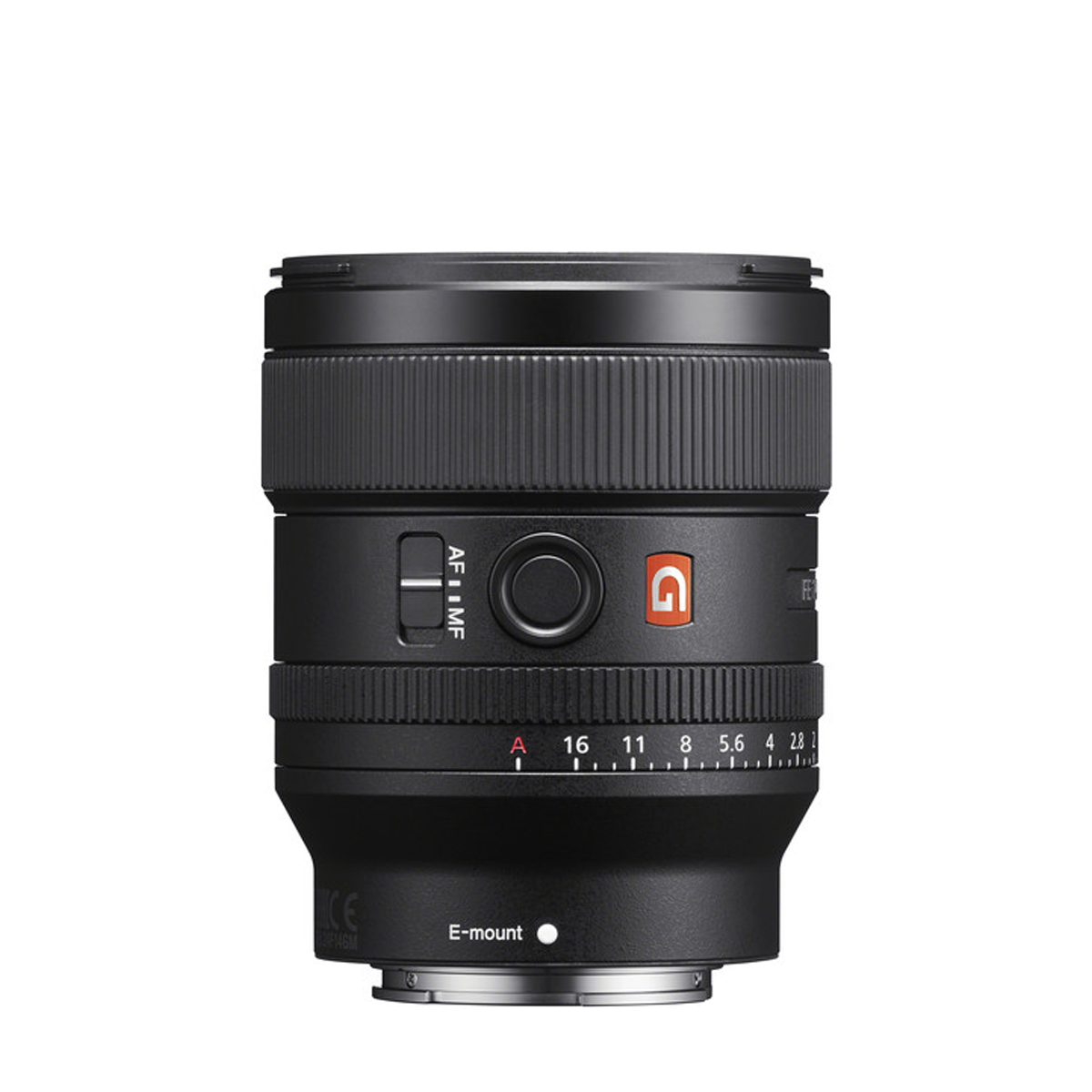
The best wide-angle prime
It doesn’t come cheap, but if you want a high-quality wide-angle prime, this Sony number is light, fast and delivers excellent image quality.
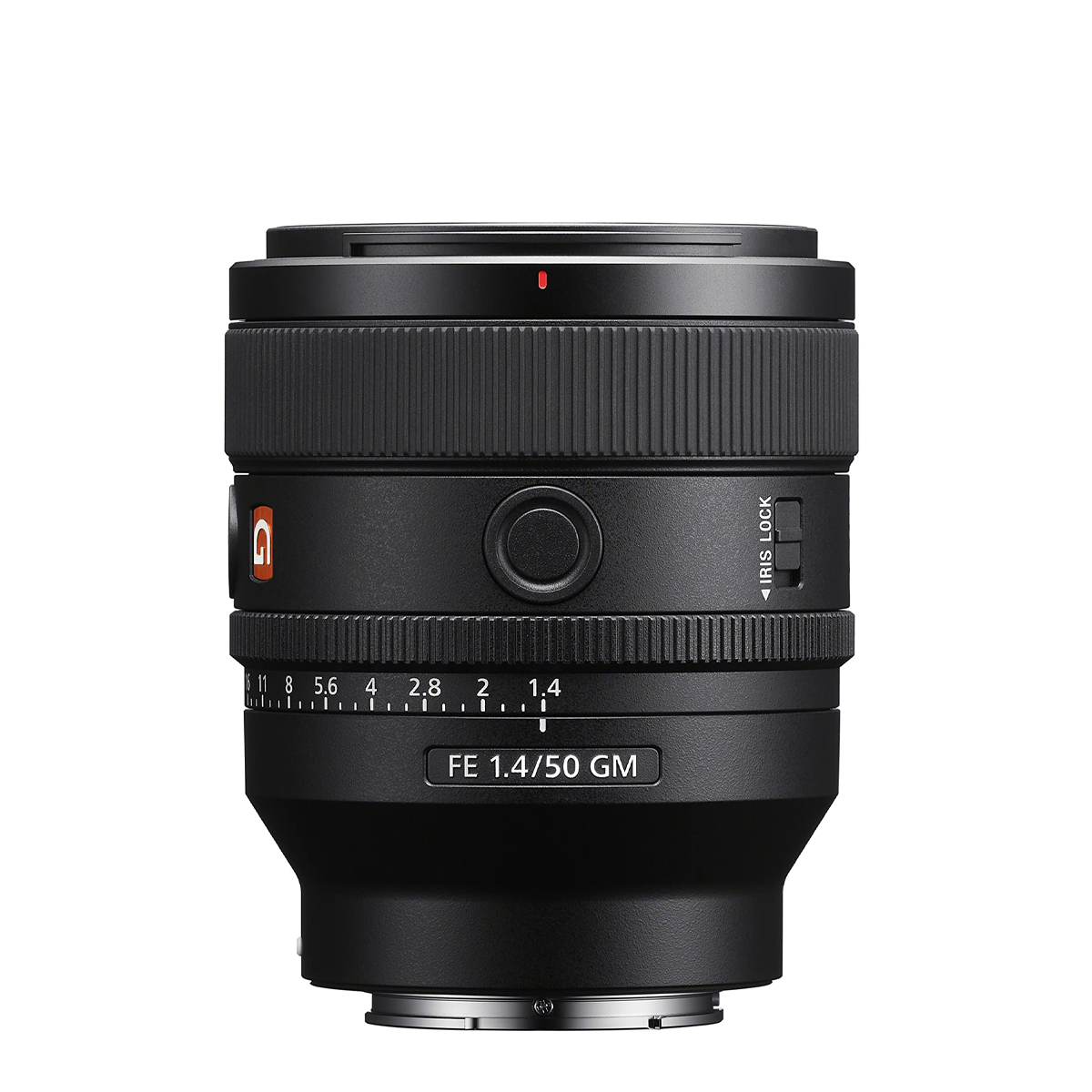
The best standard prime
You’ll pay for the privilege, but this Sony nifty fifty is pretty much the ultimate blend: its compact, lightweight and produces excellent image quality.
Best by use-case
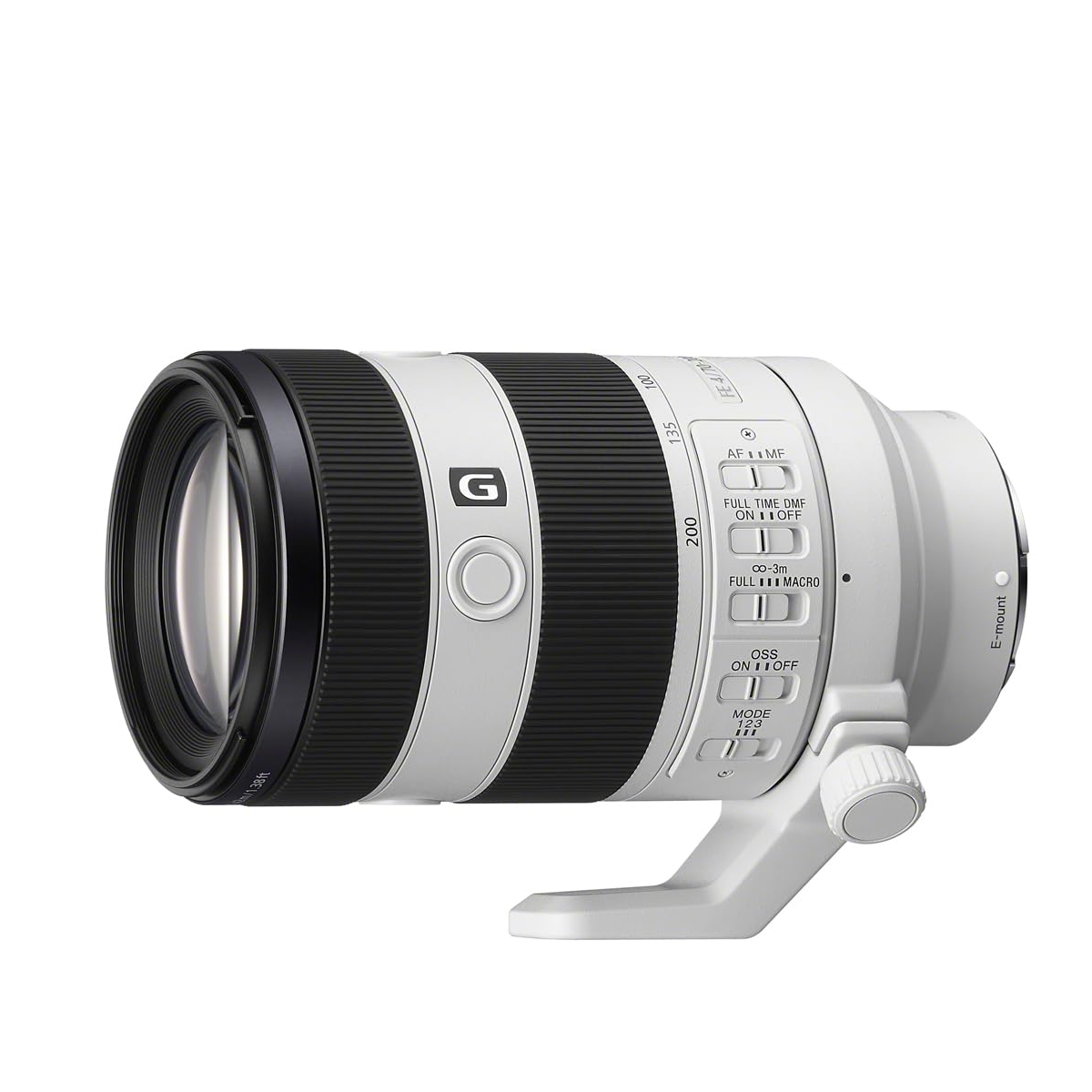
The best macro zoom
Paired with a modern Sony, this is a small, light lens that shoots sharp, focuses fast and offers class-leading macro, making it a truly versatile option.
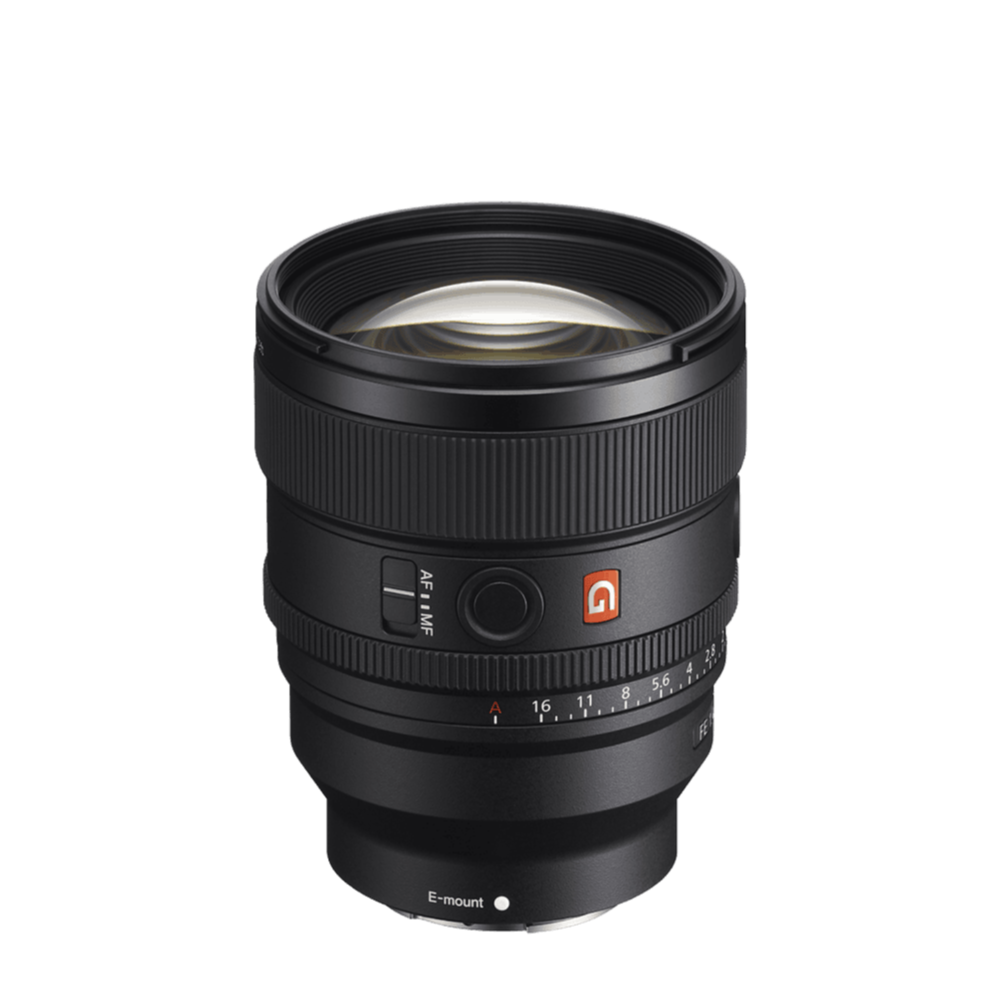
Best for portraits
With a slimmer build, improved autofocus and more advanced optics, Sony’s updated 85mm prime lens is a spectacular choice for portraits.
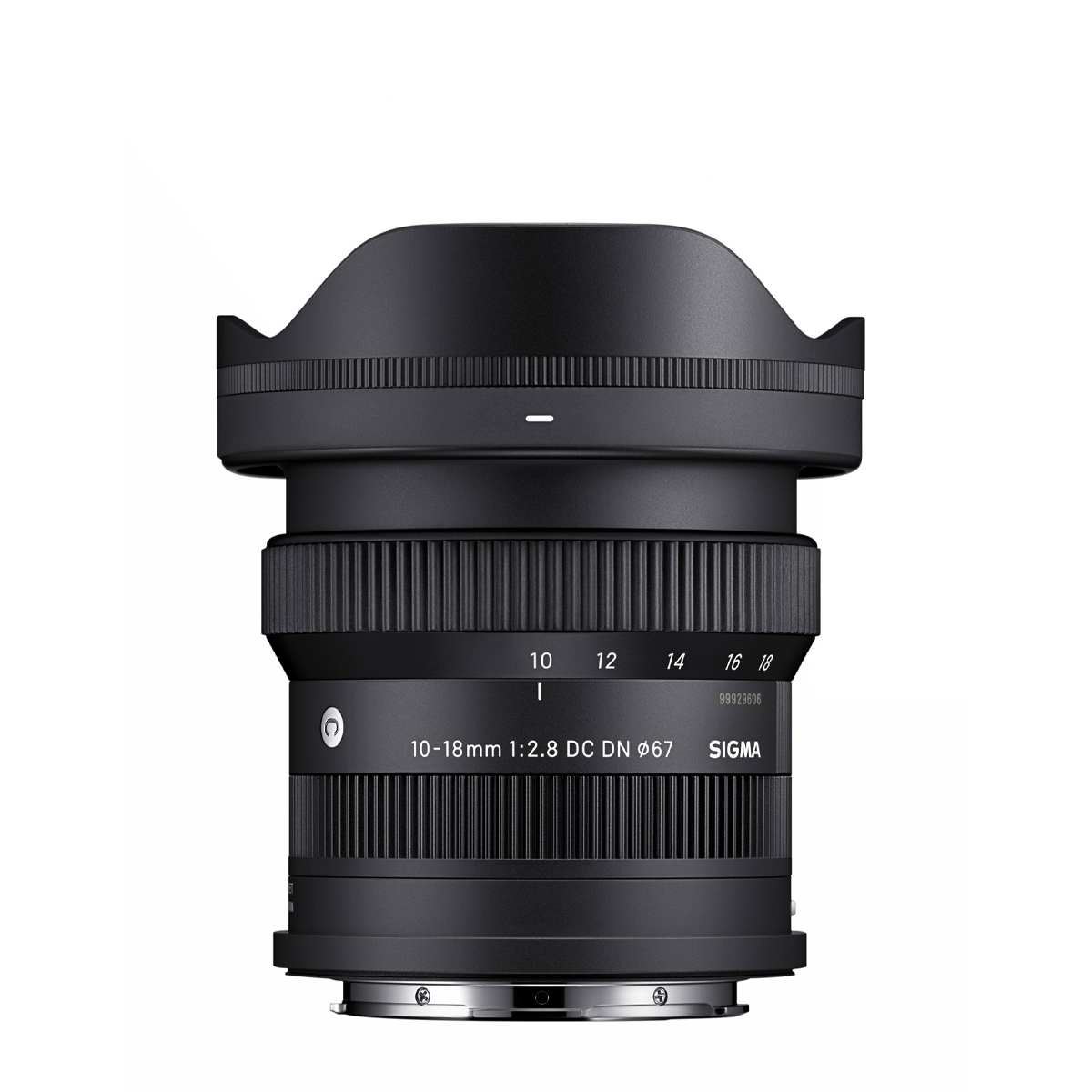
The best wide-angle zoom for APS-C
A wide field of view, constant f/2.8 aperture and compact, high-quality build mean this is a compelling wide-angle lens for Sony APS-C shooters.
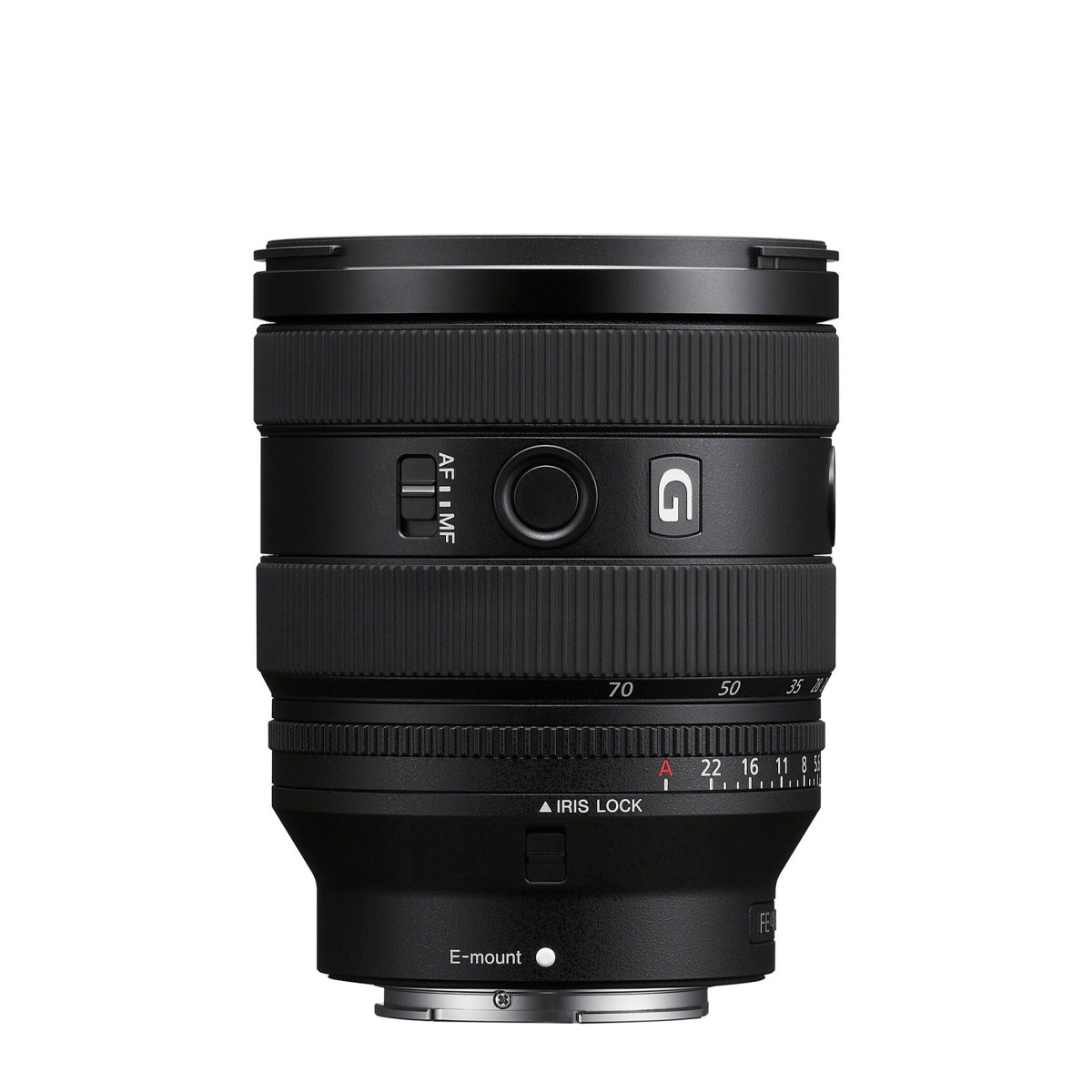
Best for video
A versatile everyday lens for enthusiasts, its versatility extends to video, with a compact build and fast, reliable and relatively quiet focusing when filming.
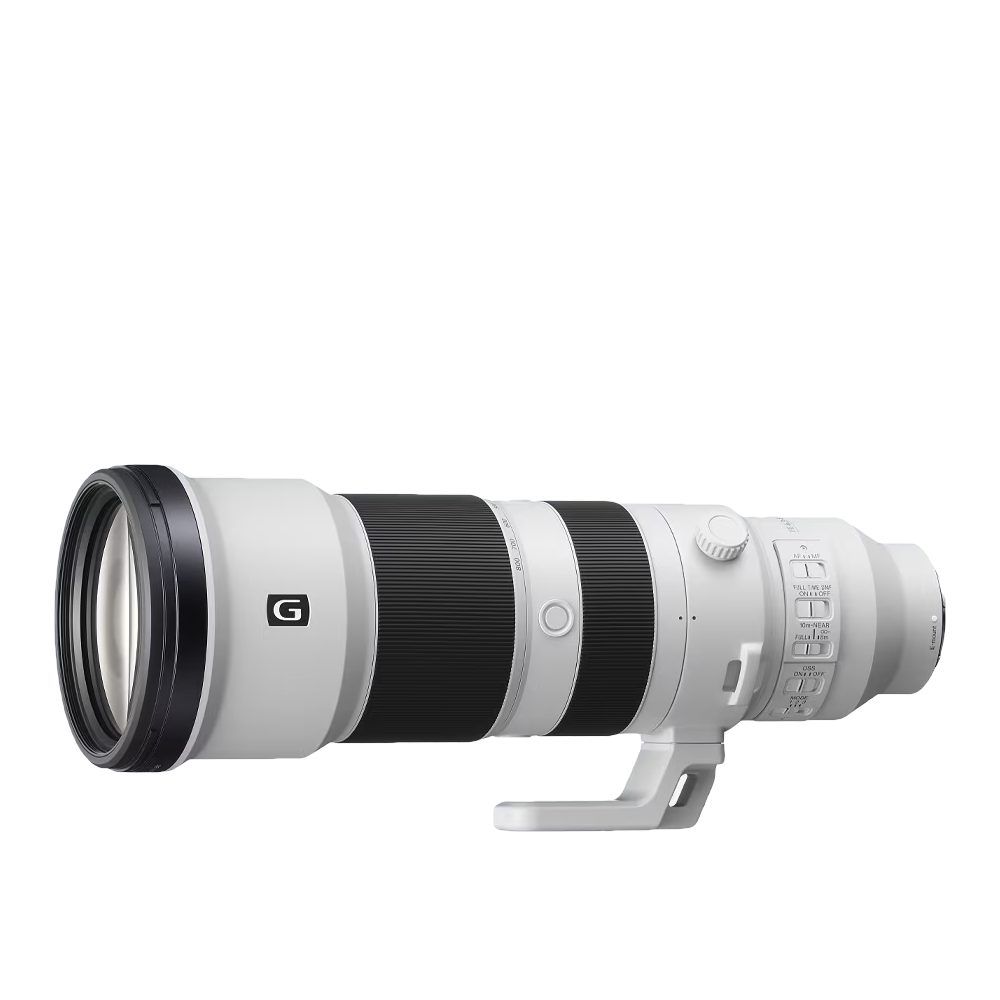
The best super-telephoto zoom
Sony’s longest-ever zoom offers huge reach, with internal zoom, SteadyShot stabilization and function buttons to make it manageable.
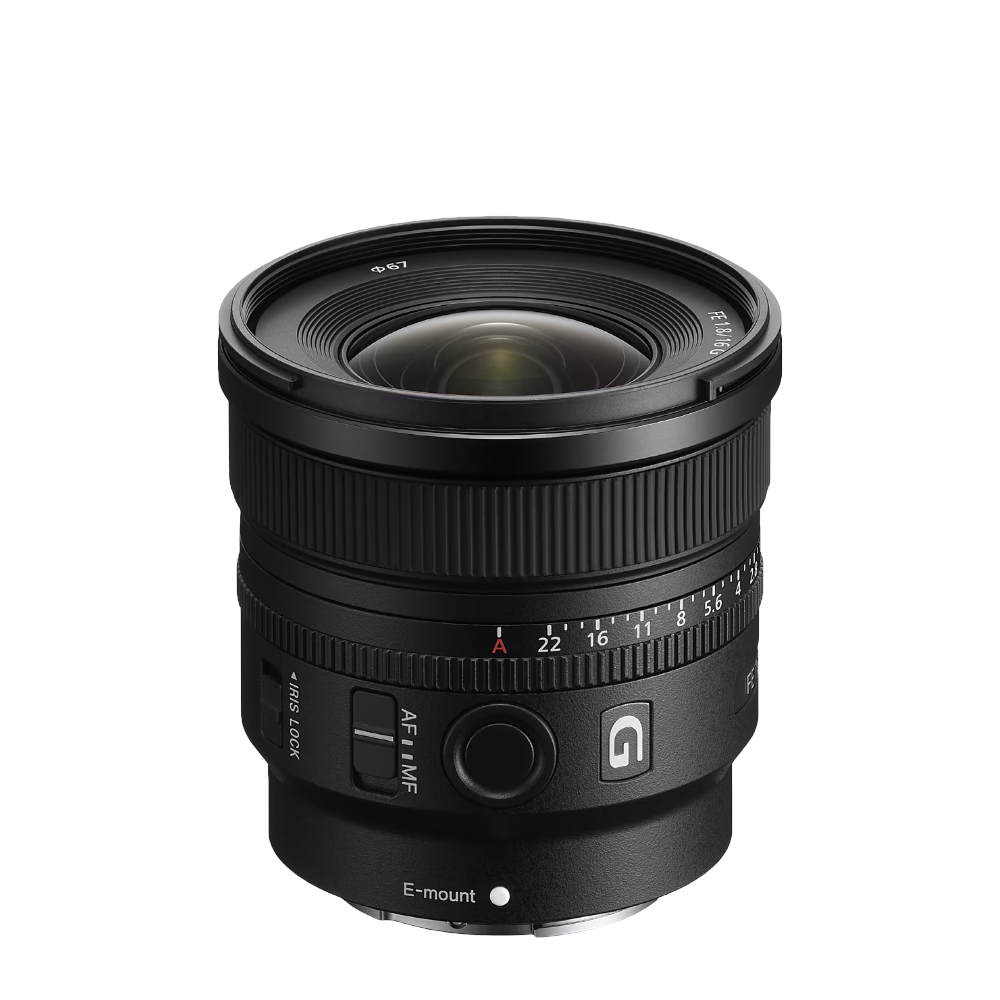
The best super wide-angle prime
As well as a compact, lightweight build, the FE 16mm F1.8 G offers close-focusing and a fast maximum aperture for sharp wide-angle shots even in low light.

Tim is TechRadar's Cameras Editor. He's worked in the photo video industry for more than 15 years, during which he's shot with kit from the biggest camera manufacturers – including a lot of the best Sony lenses. That gives him a unique picture of what makes a great Sony lens. He notes, "many Sony cameras are sold with kit zoom lenses, which are useful for getting started. For more experienced photographers, additional lenses allow you to expand your photography and achieve better results in different situations."
The best Sony lenses in 2025
Why you can trust TechRadar
Below you'll find full write-ups for each of the best Sony lenses in our list. We've tested each one extensively, so you can be sure that our recommendations can be trusted.
The best Sony wide-angle zoom lens
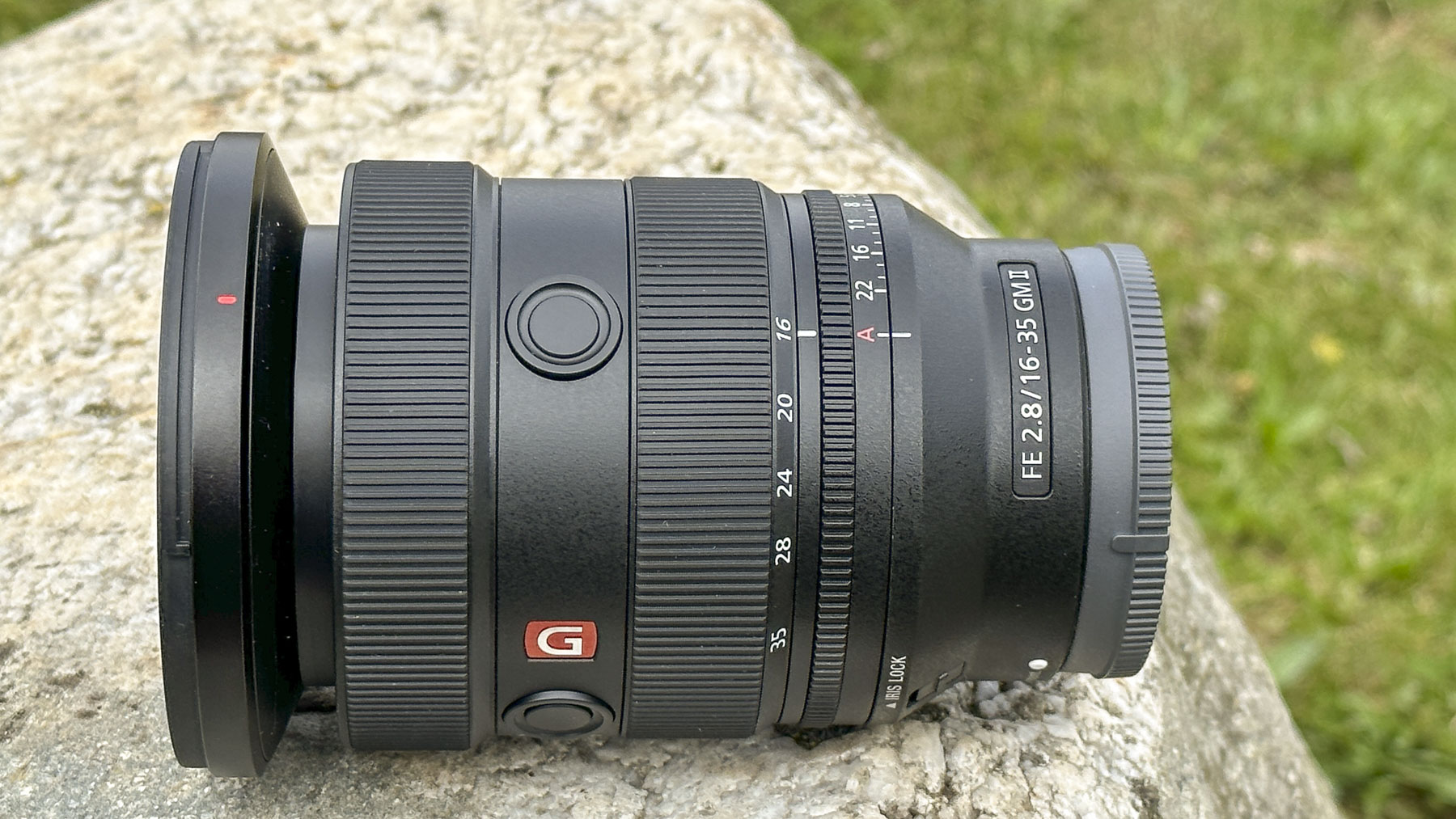
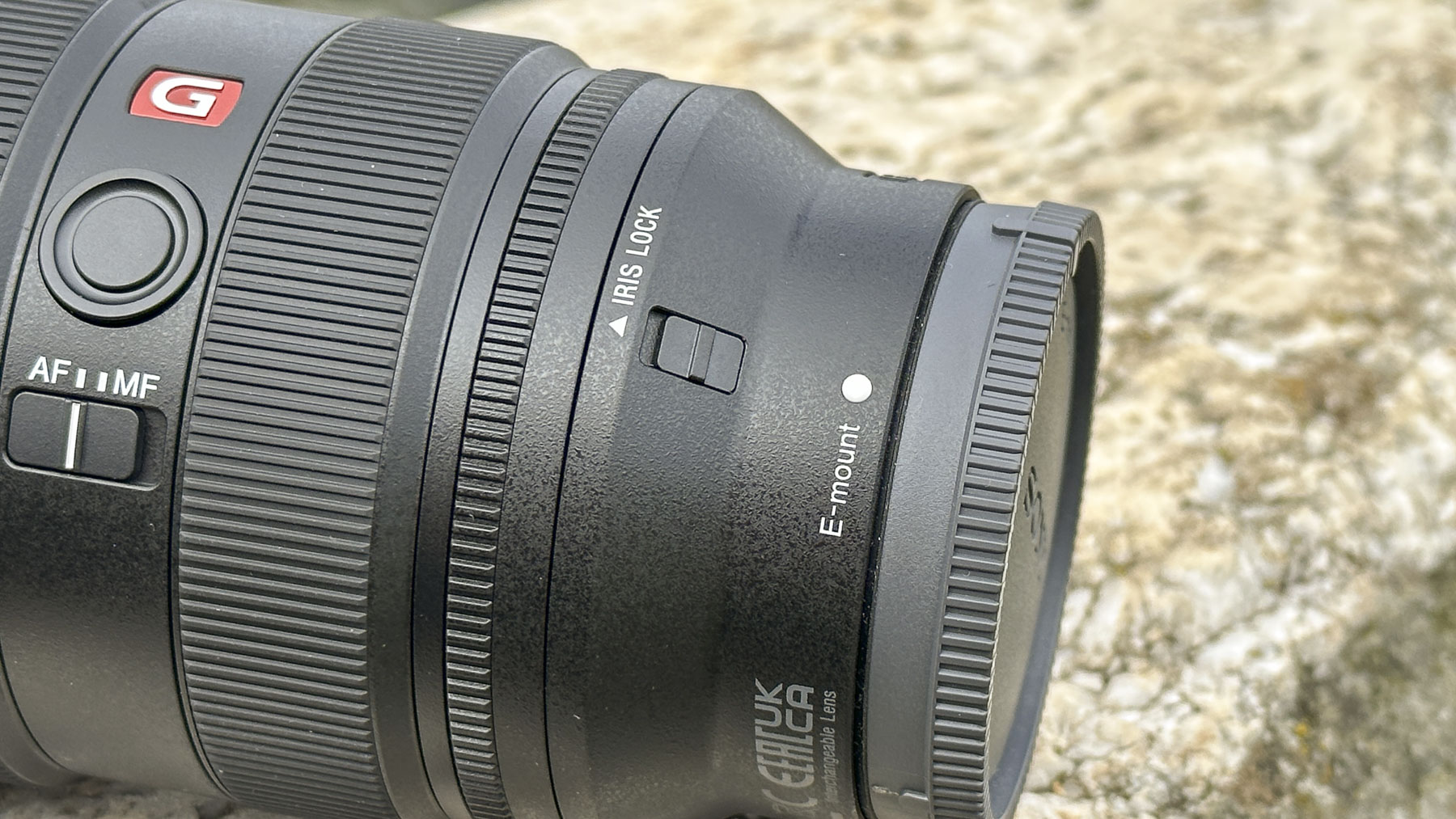

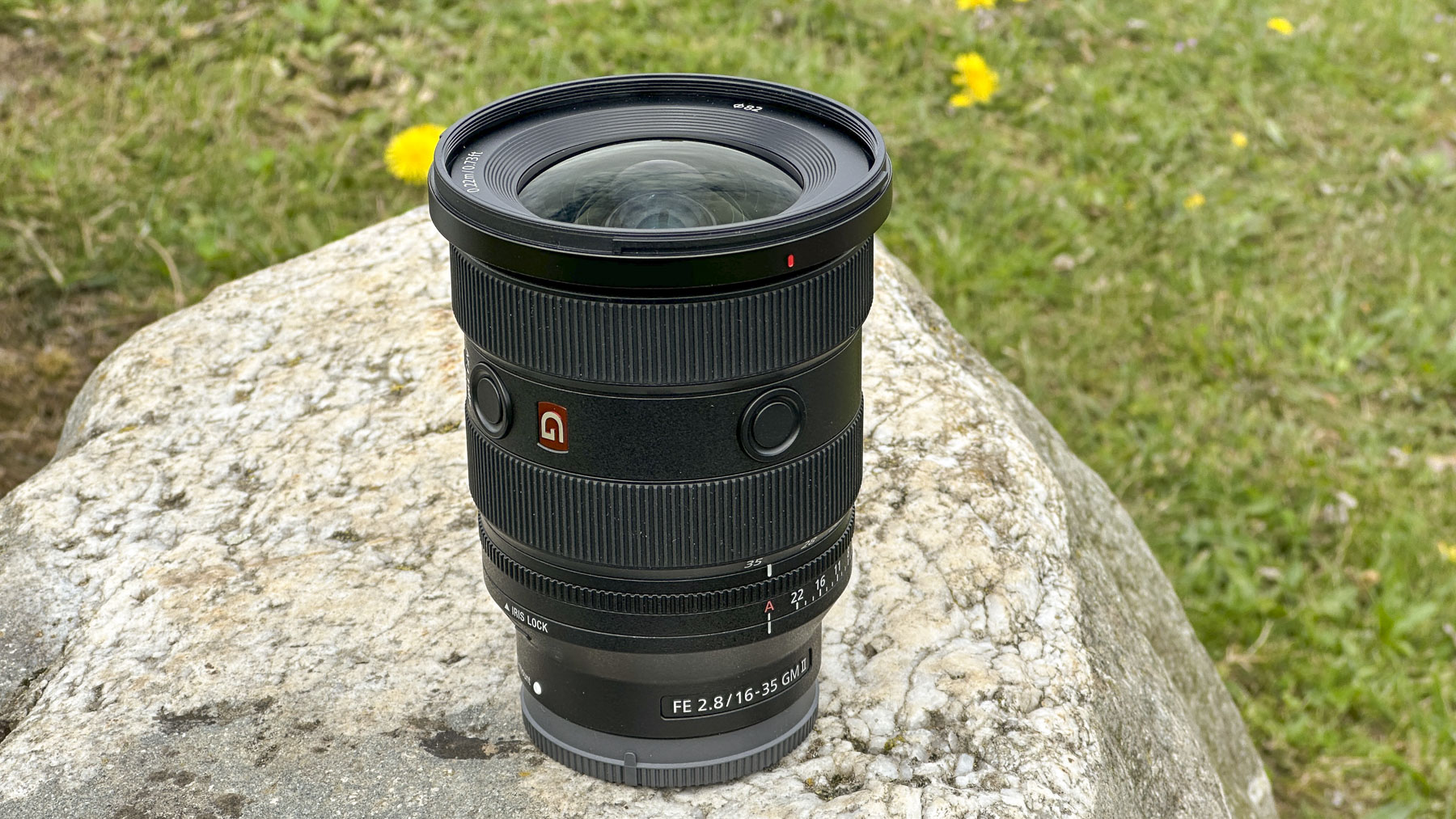
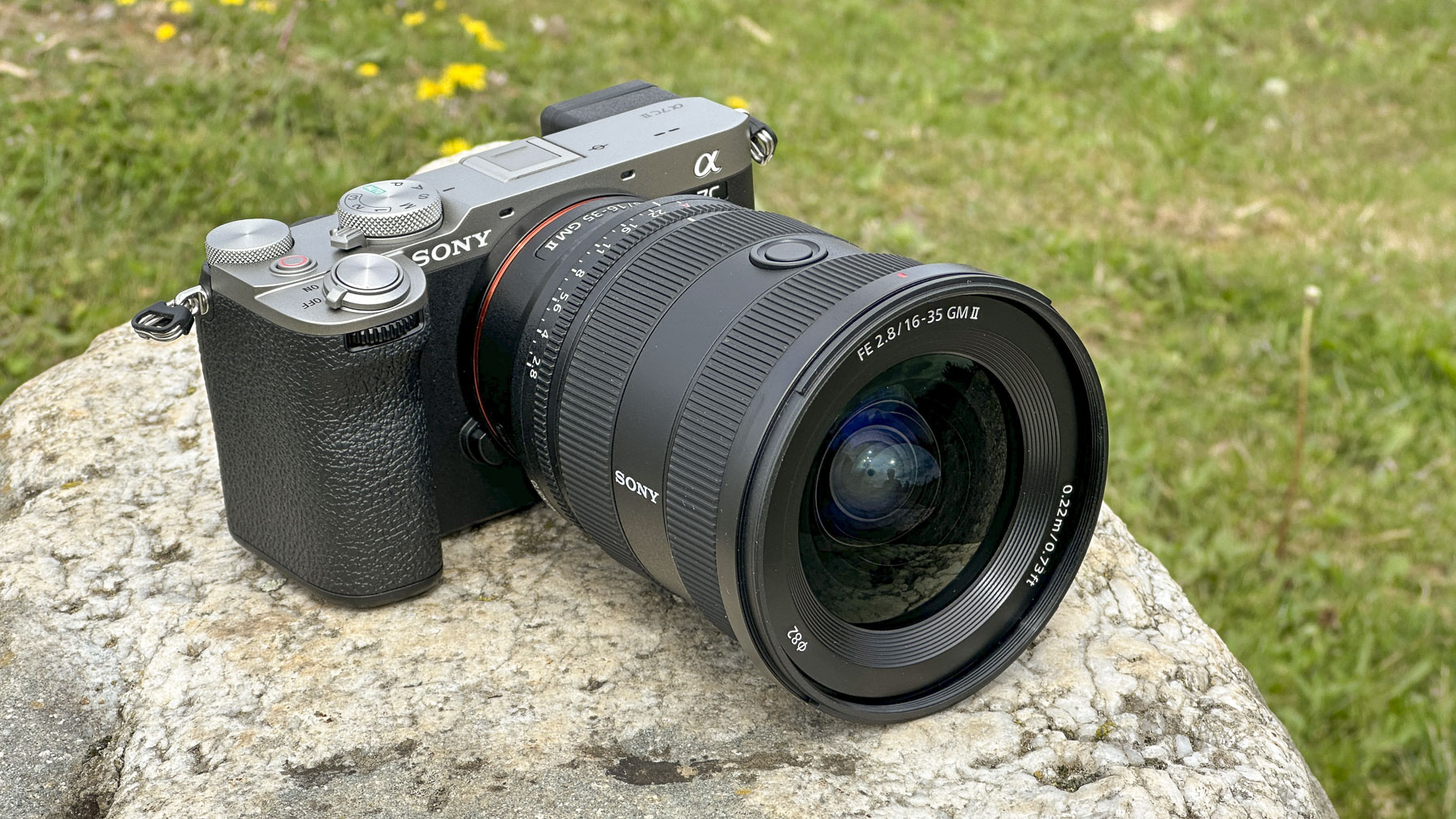
Specifications
Reasons to buy
Reasons to avoid
Sony FE 16-35mm F2.8 GM II sample images

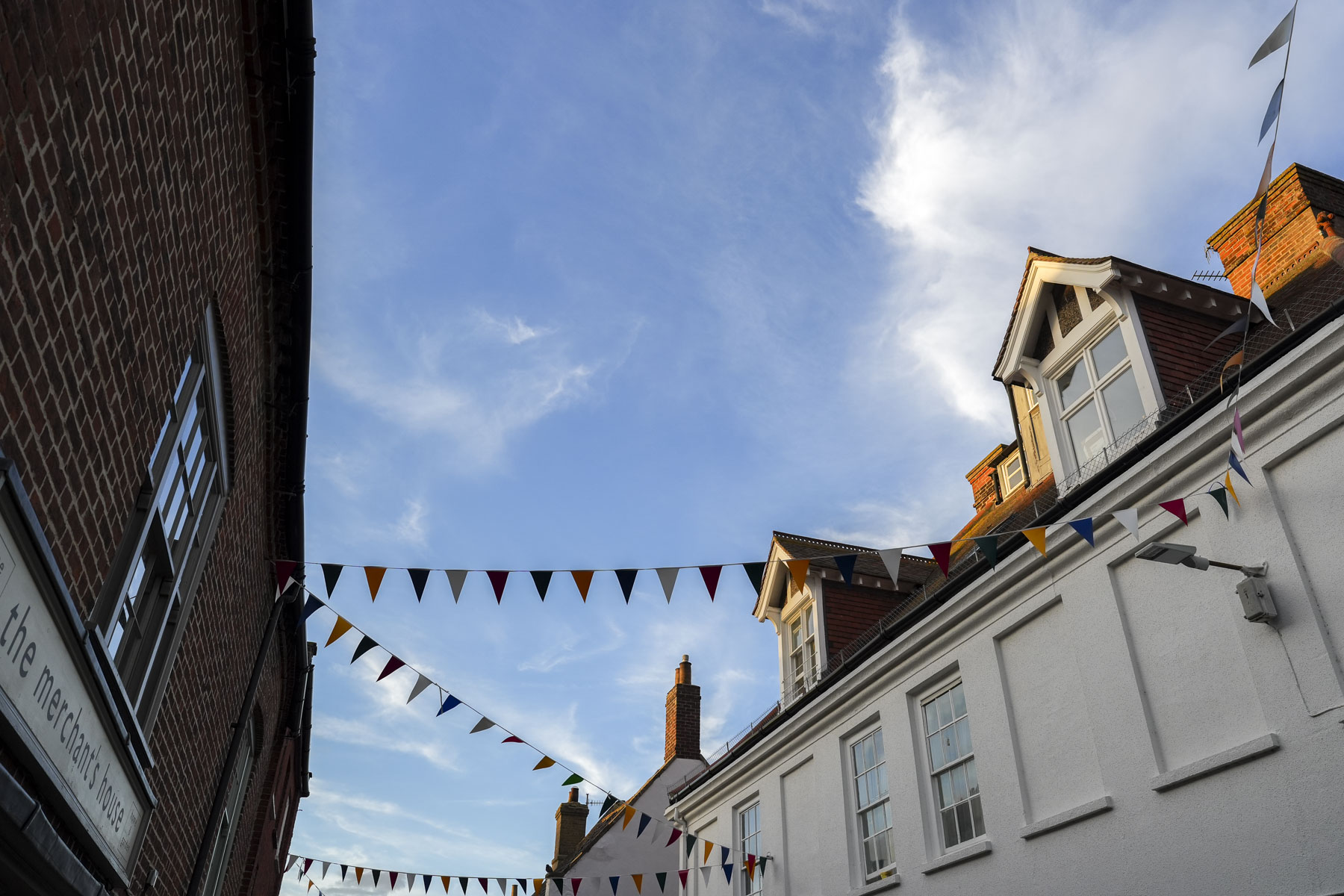
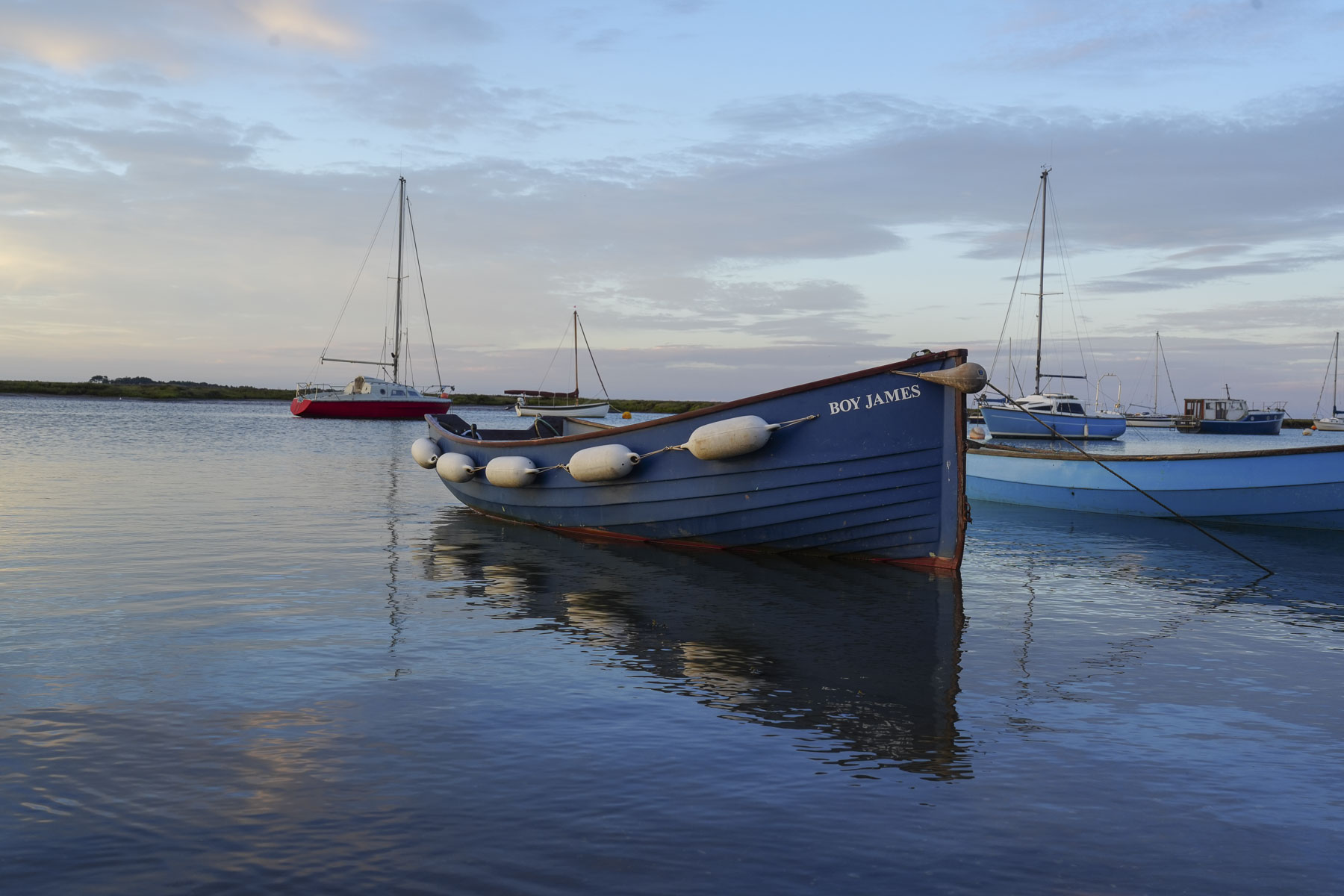
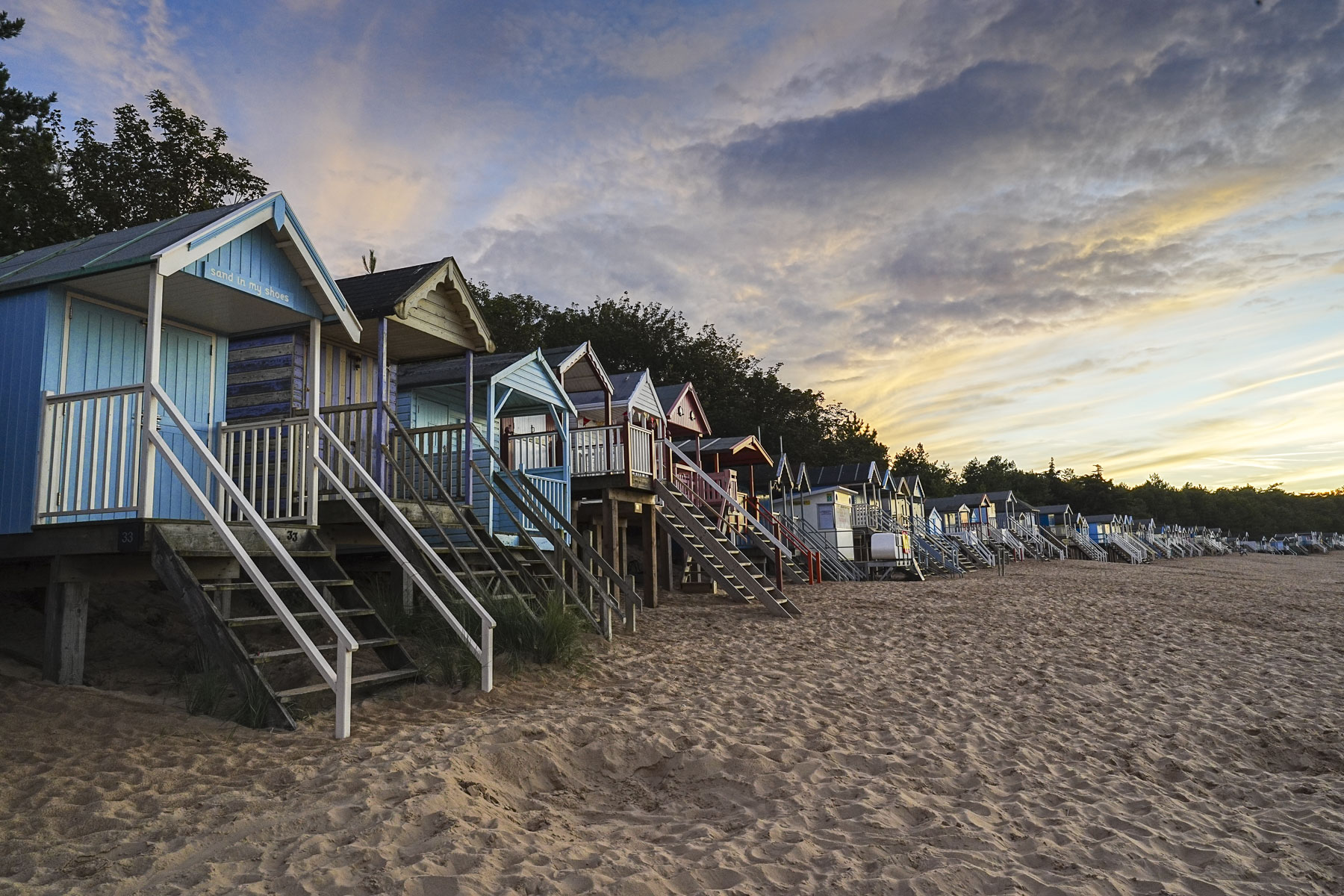
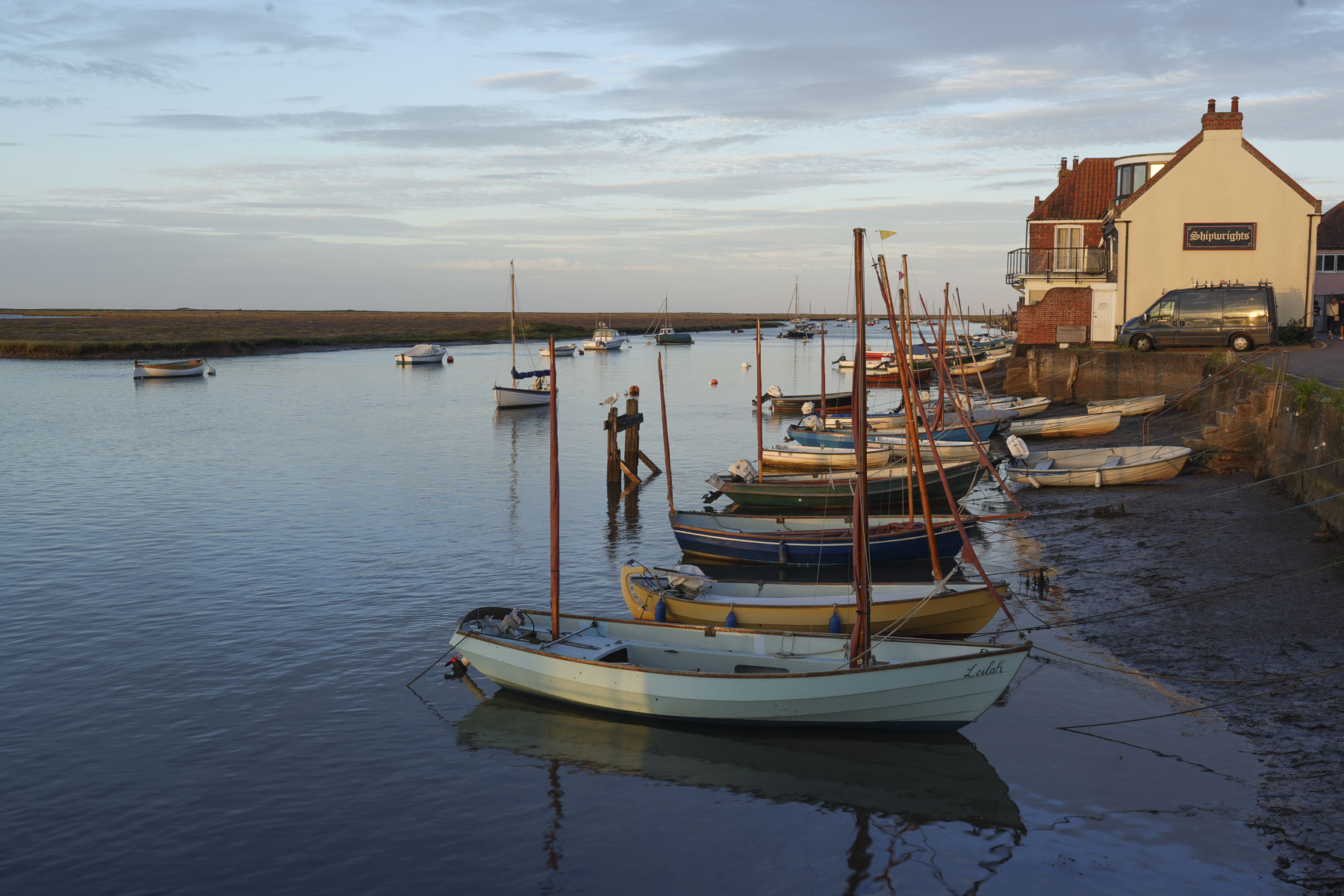
A significant upgrade to one of Sony’s best wide-angle zoom lenses, the FE 16-35mm F2.8 GM II is an even better choice for serious photographers. At 547g, it’s some 20% lighter than before. We didn’t specifically notice the weight reduction in our review, but it certainly feels compact for a 16-35mm f/2.8 lens. Another change is the new aperture ring, which has a 'clickless' switch for smooth shifts when shooting video. Closer focusing means you can also use it effectively for close-ups, as well as wide shots.
The original 16-35mm f/2.8 G Master delivered excellent quality, and this version is sharper still. Images are packed with crisp detail across the frame. We we also impressed with focusing: by the end of our tests, we simply trusted it to work. If you don’t need to shoot at f/2.8, you’ll find better value from the Sony FE PZ 16-35mm f/4 G lens. Similarly, if you’re a street photographer who mainly shoots at 35mm, the Sony FE 35mm f/1.4 G Master might make more sense. But if you want the versatility of 16-35mm and demand the absolute best detail possible, this is the lens for you.
- Read our in-depth Sony FE 16-35mm F2.8 GM II review
The best wide-angle Sony prime lens
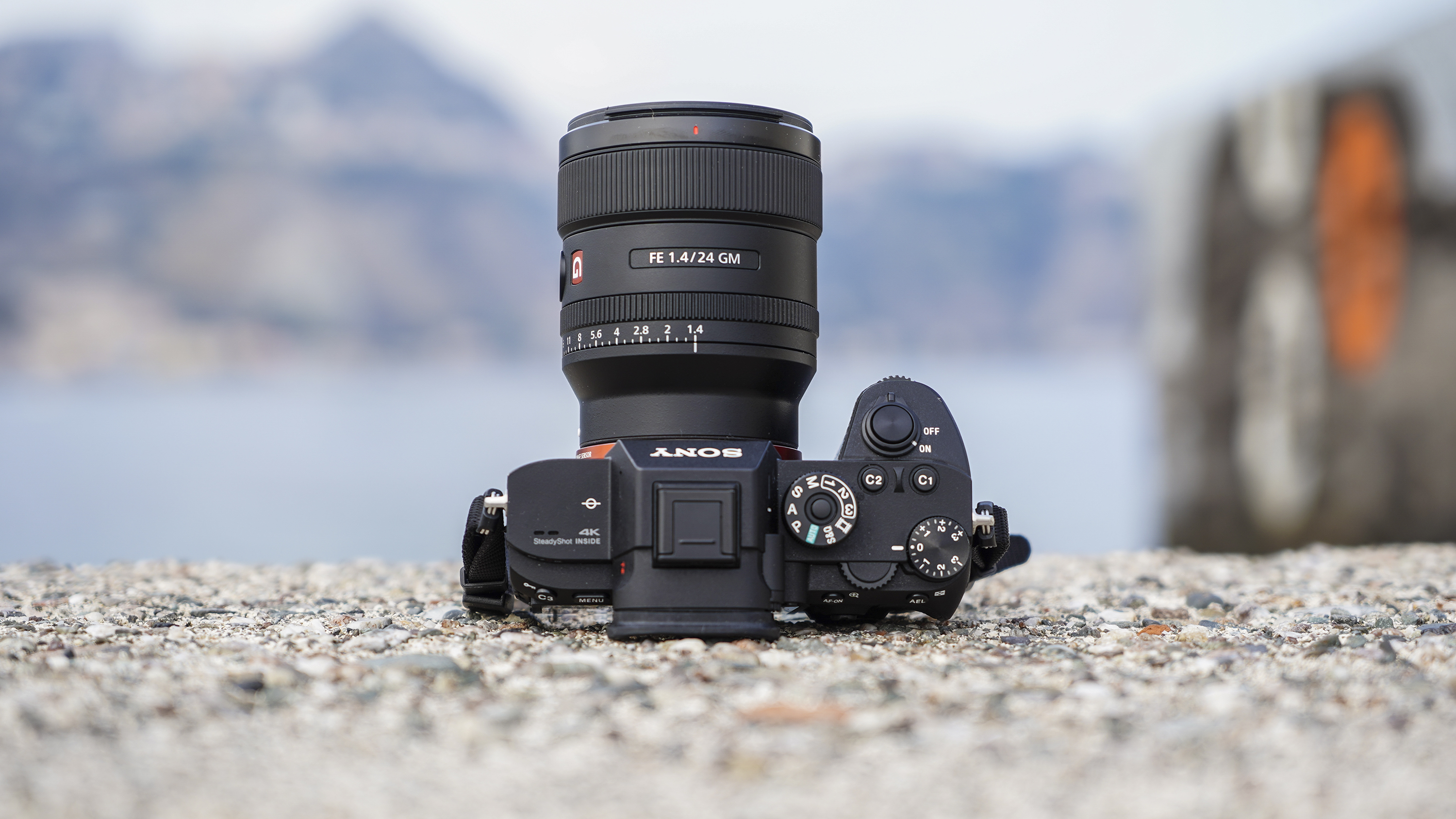
Specifications
Reasons to buy
Reasons to avoid
Sony FE 24mm f/1.4 GM sample images

Click here to see the full-size image

Click here to see the full-size image

Click here to see the full-size image
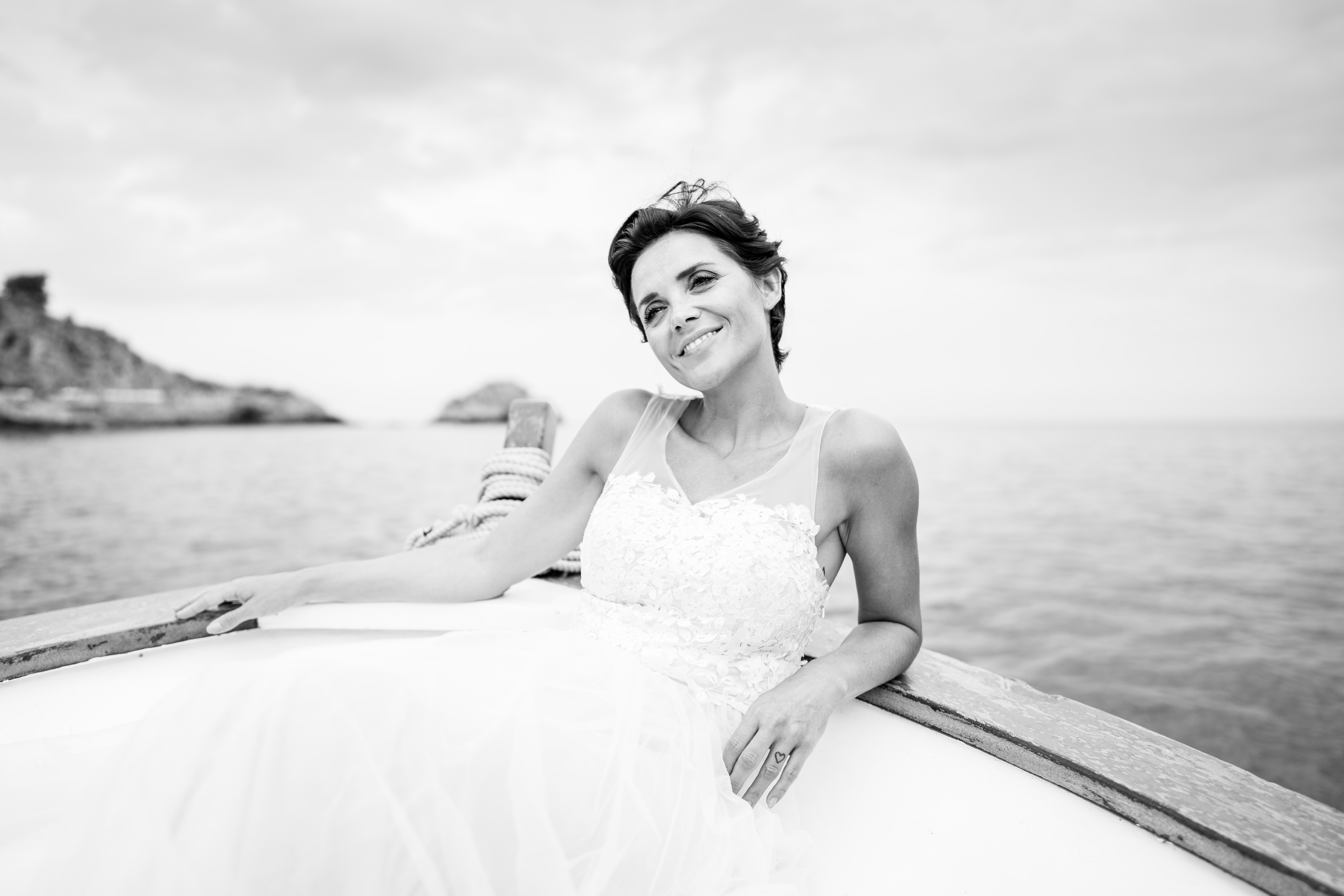
Click here to see the full-size image

Click here to see the full-size image
Sony designed the FE 24mm f/1.4 GM around four key criteria: resolution, bokeh, speed, and a compact and lightweight design. Based on our review, it doesn't disappoint on any of those. Image quality proved stunning in testing, with excellent sharpness across the frame, while the 11-blade circular aperture rendered smooth, natural-looking bokeh.
We found focusing swift, thanks to the Direct Drive SSM (DDSSM). At only 445g, it also weighs in at quite a bit lighter than Canon's 24mm f/1.4 (650g), Nikon's 24mm f/1.4 (620g) and Sigma's 24mm f/1.4 (665g). Combine all of that with fantastic build quality and you've got a Sony lens that should continue to deliver for several generations of full-frame Alpha cameras. The only real downside is its hefty price tag.
- Read our in-depth Sony FE 24mm f/1.4 GM review
The best standard prime Sony lens
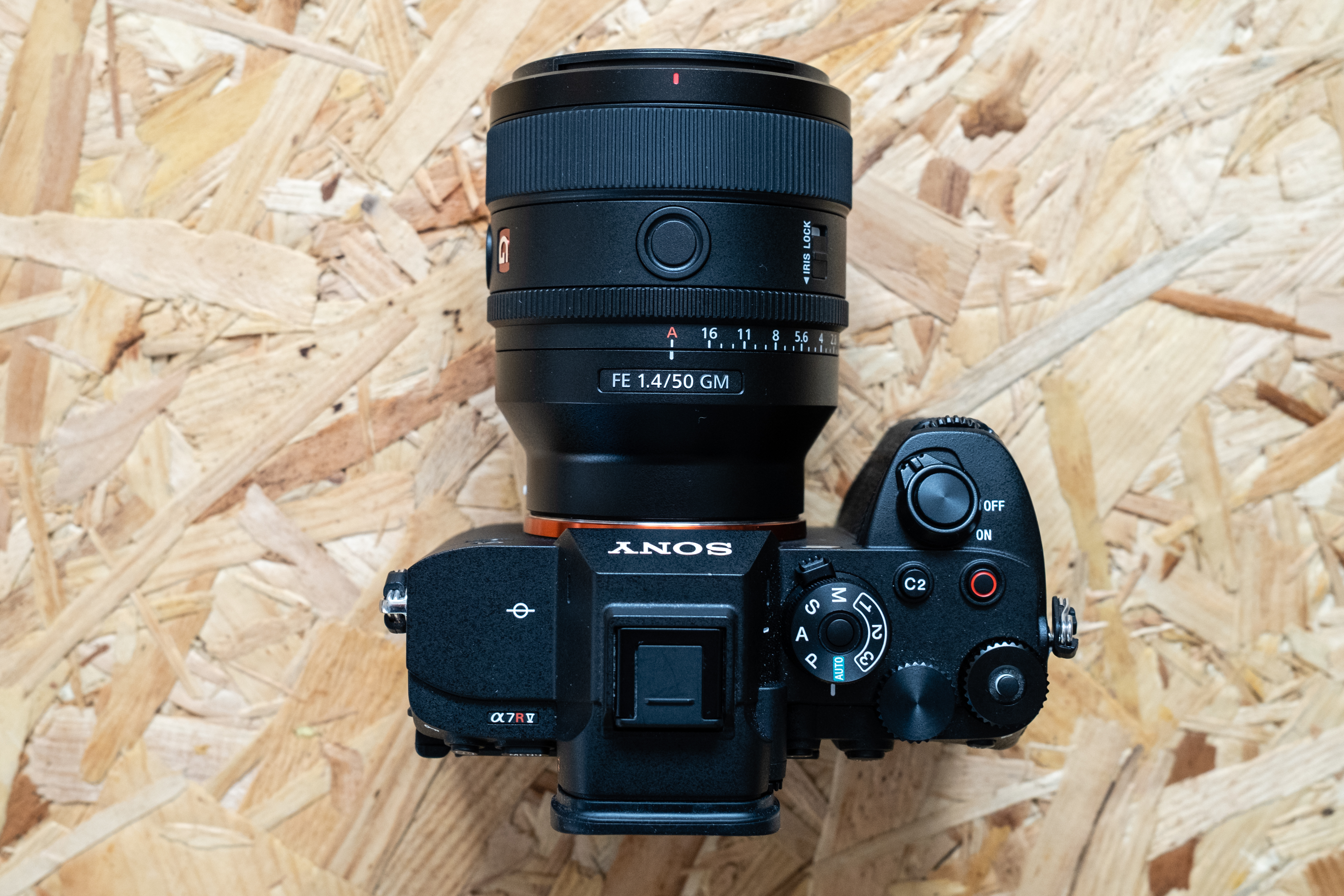
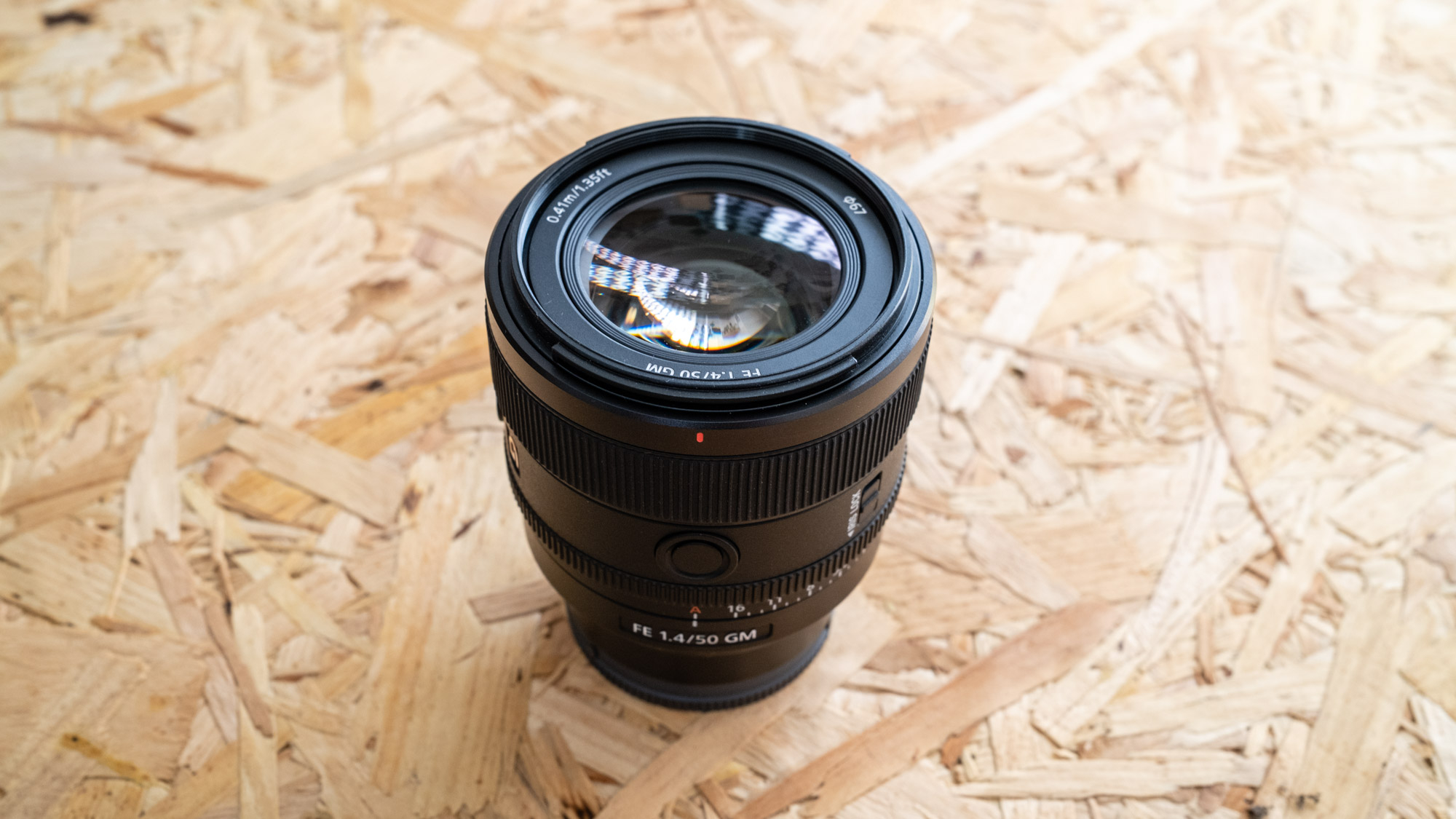
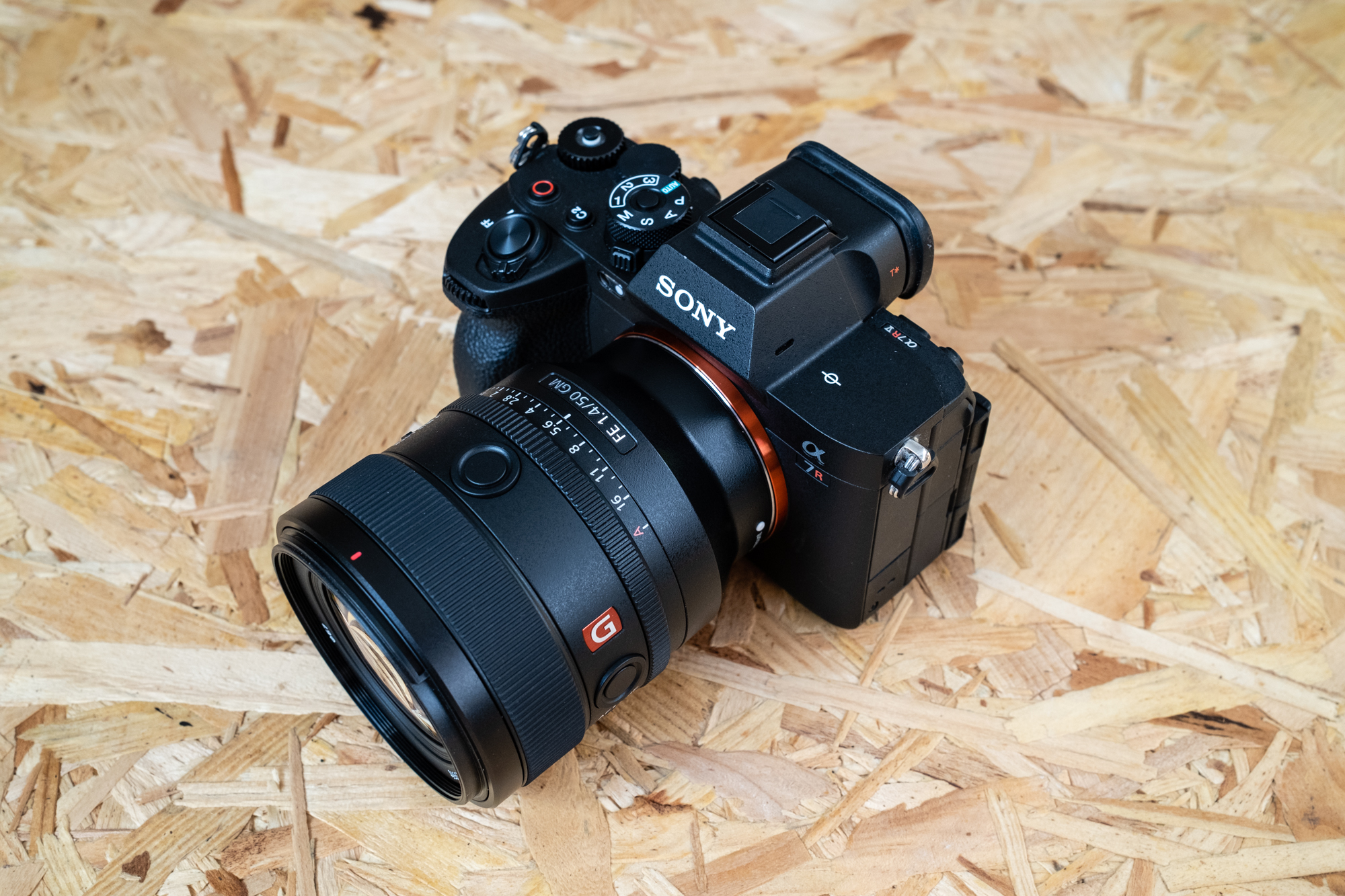
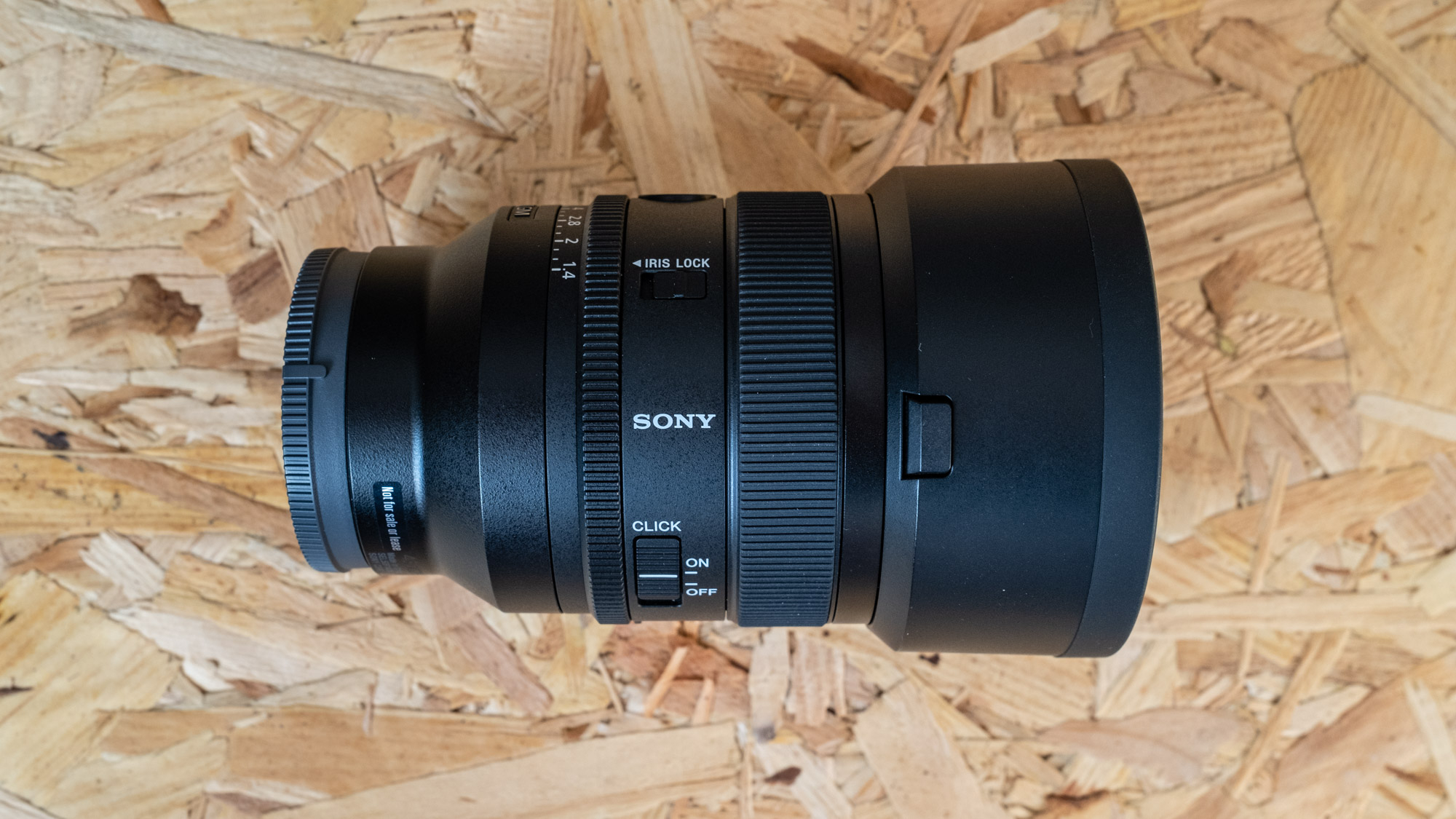
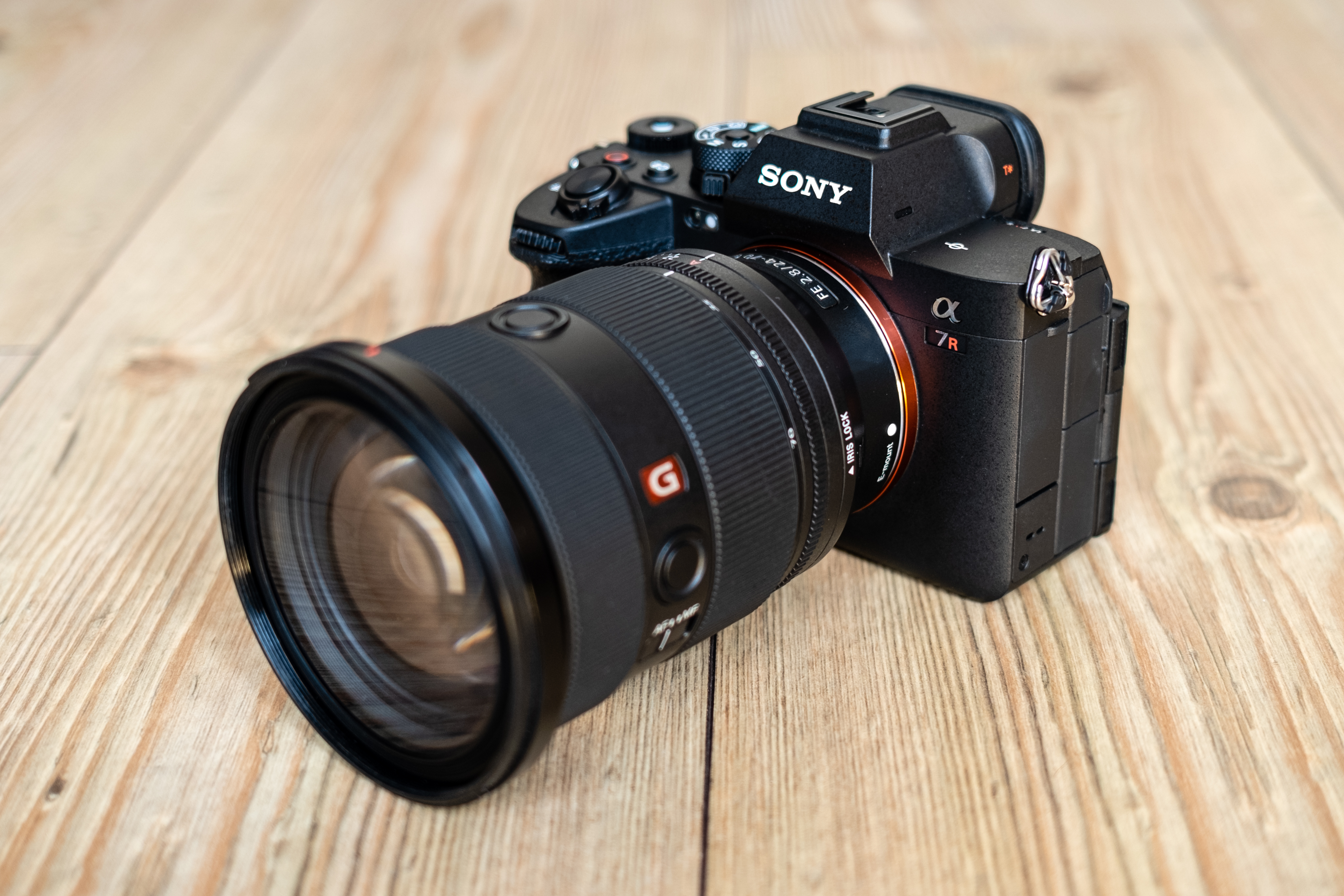
Specifications
Reasons to buy
Reasons to avoid
Sony FE 50mm F1.4 GM sample images

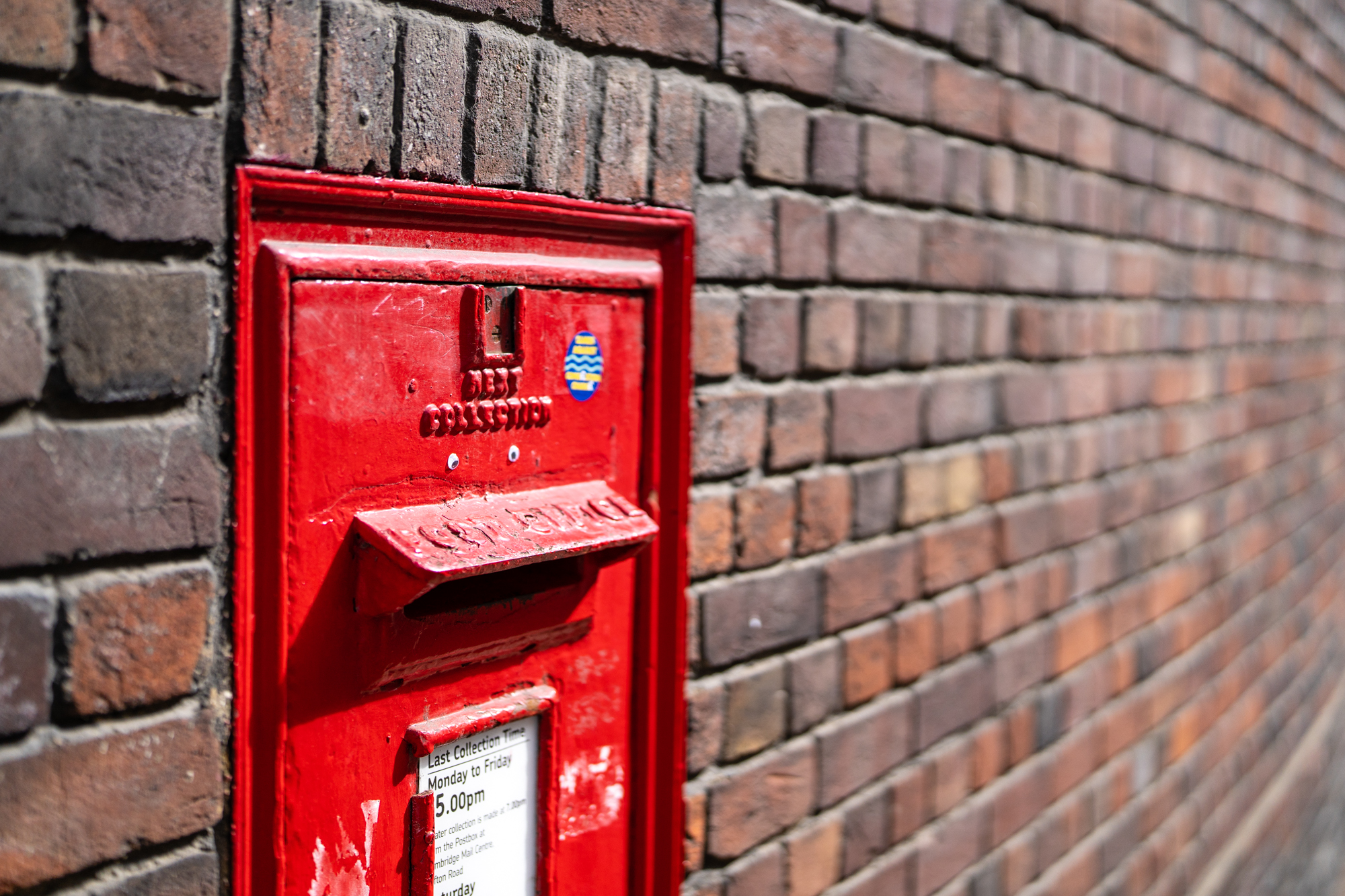
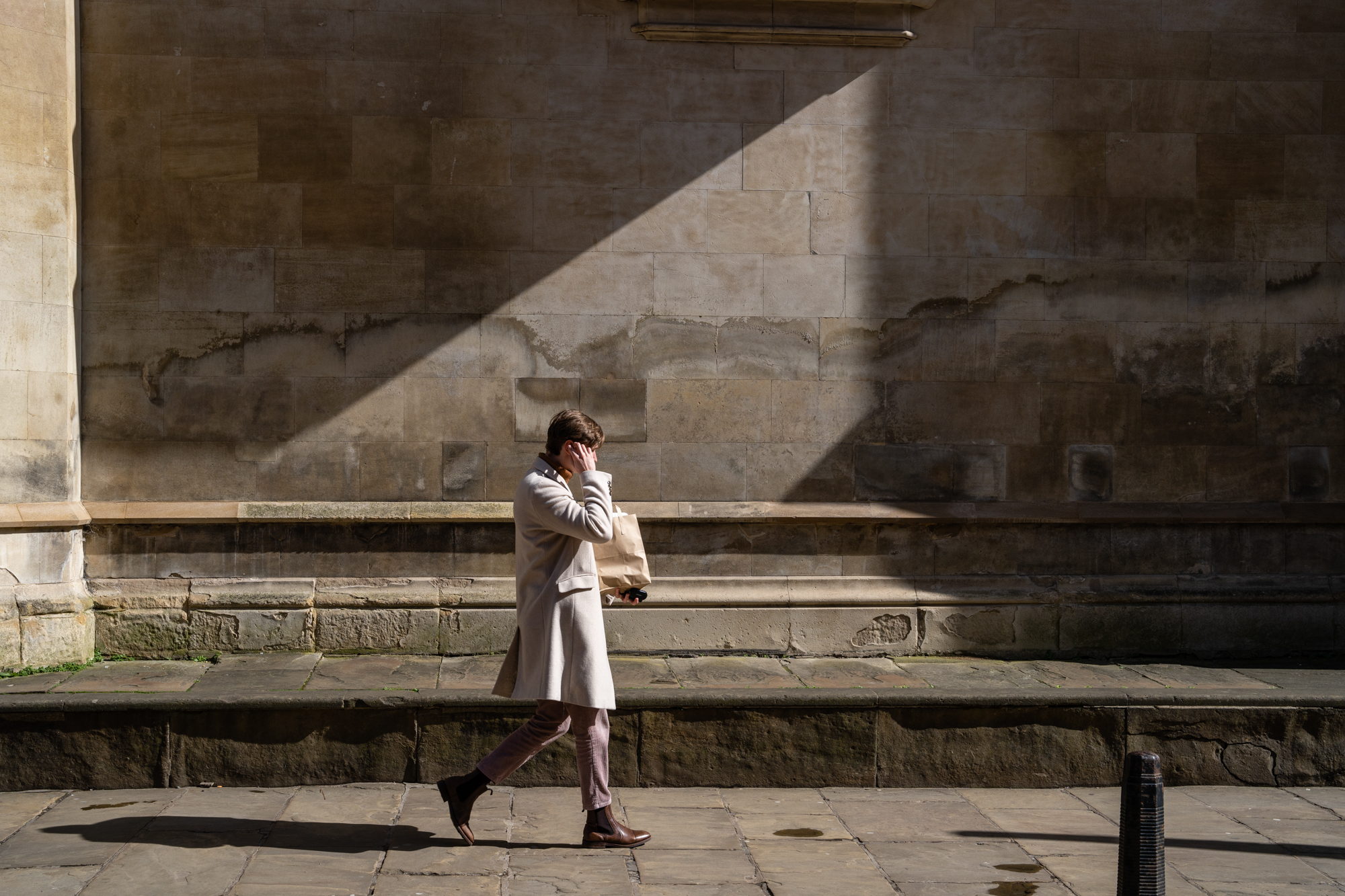

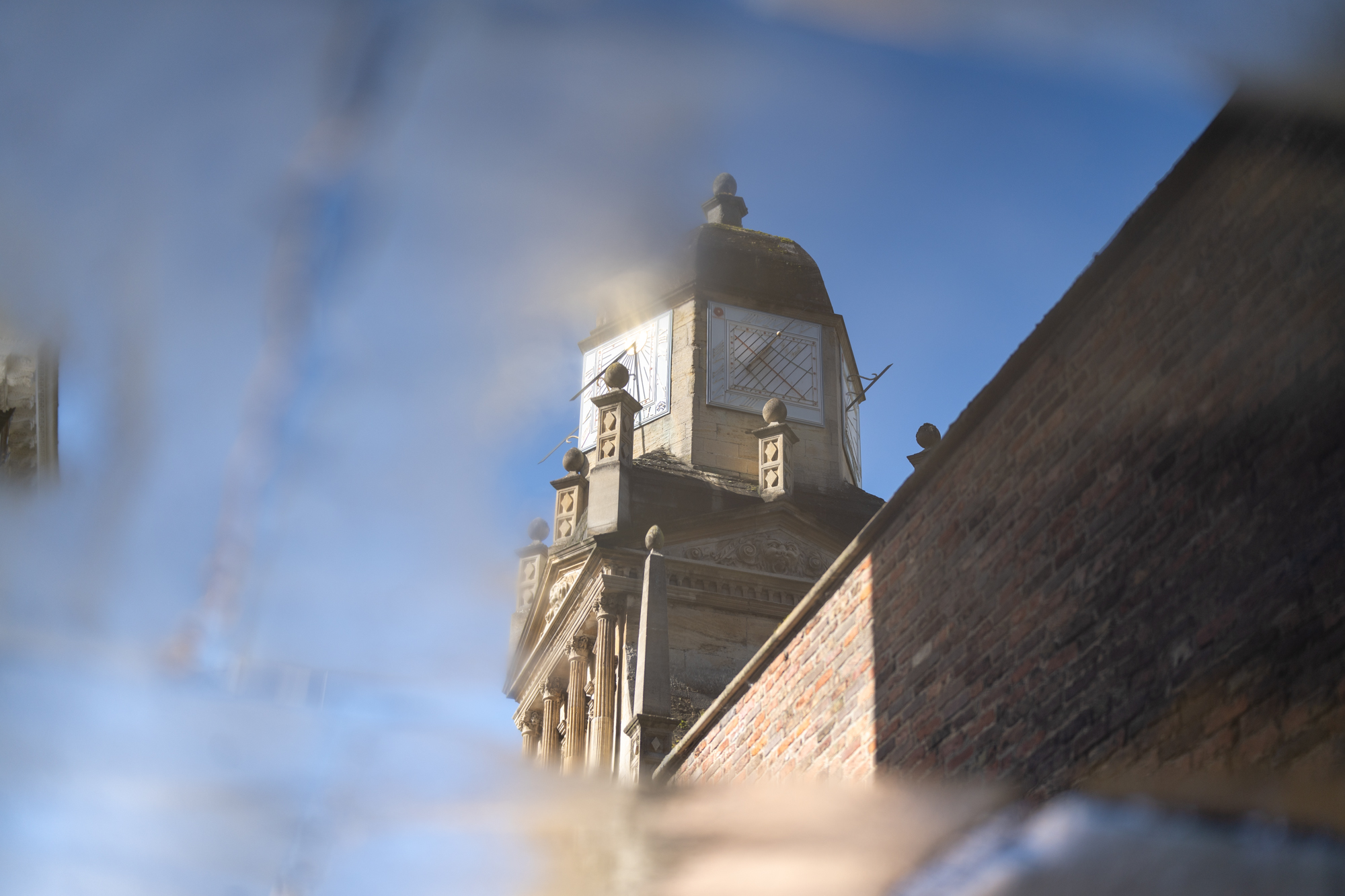
Traditionally, nifty fifties are inexpensive, compact and capable of producing great images. This 50mm prime does the second two fantastically: in our review, we described it as “an exquisite lens”, praising its excellent quality at all apertures, as well as its tidy, lightweight design. What’s more, its autofocus is rapid, accurate and operates almost silently, making it just as versatile for video as it is for stills. Shooting wide open, we found bokeh pleasing as well.
The downside is that you’ll need to part with a significant amount of money to buy one. The price is firmly in professional territory, making it a less accessible option for many enthusiasts. And if you are willing make such a significant investment in a 50mm prime, you might want to look further upwards towards the even faster Sony FE 50mm f/1.2. Still, if you want a high-quality prime lens that’s built well and sized to take anywhere, there’s no denying that the Sony FE 50mm f/1.4 is a fantastic piece of glass.
- Read our in-depth Sony FE 50mm F1.4 GM review
The best Sony macro zoom lens
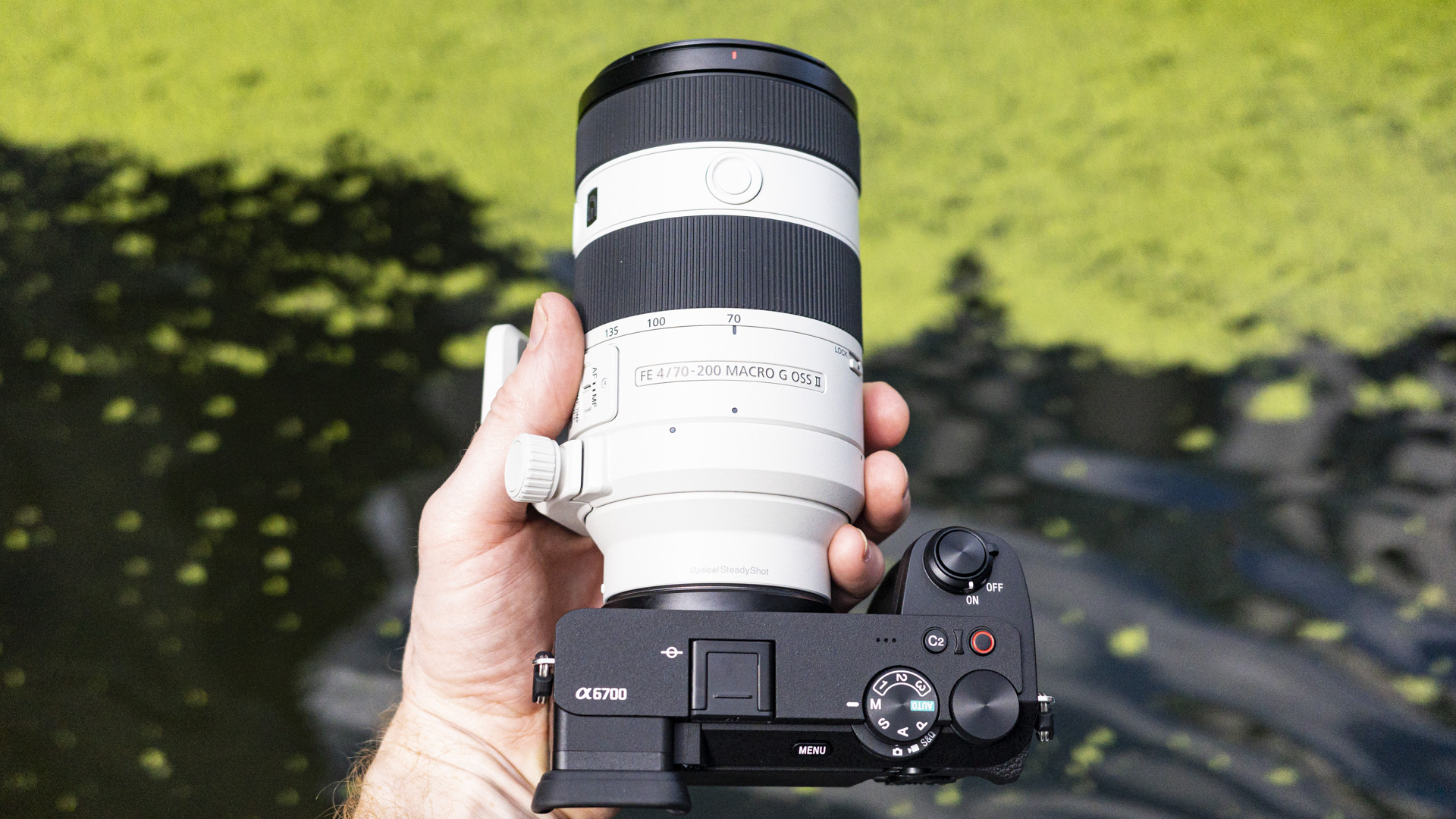

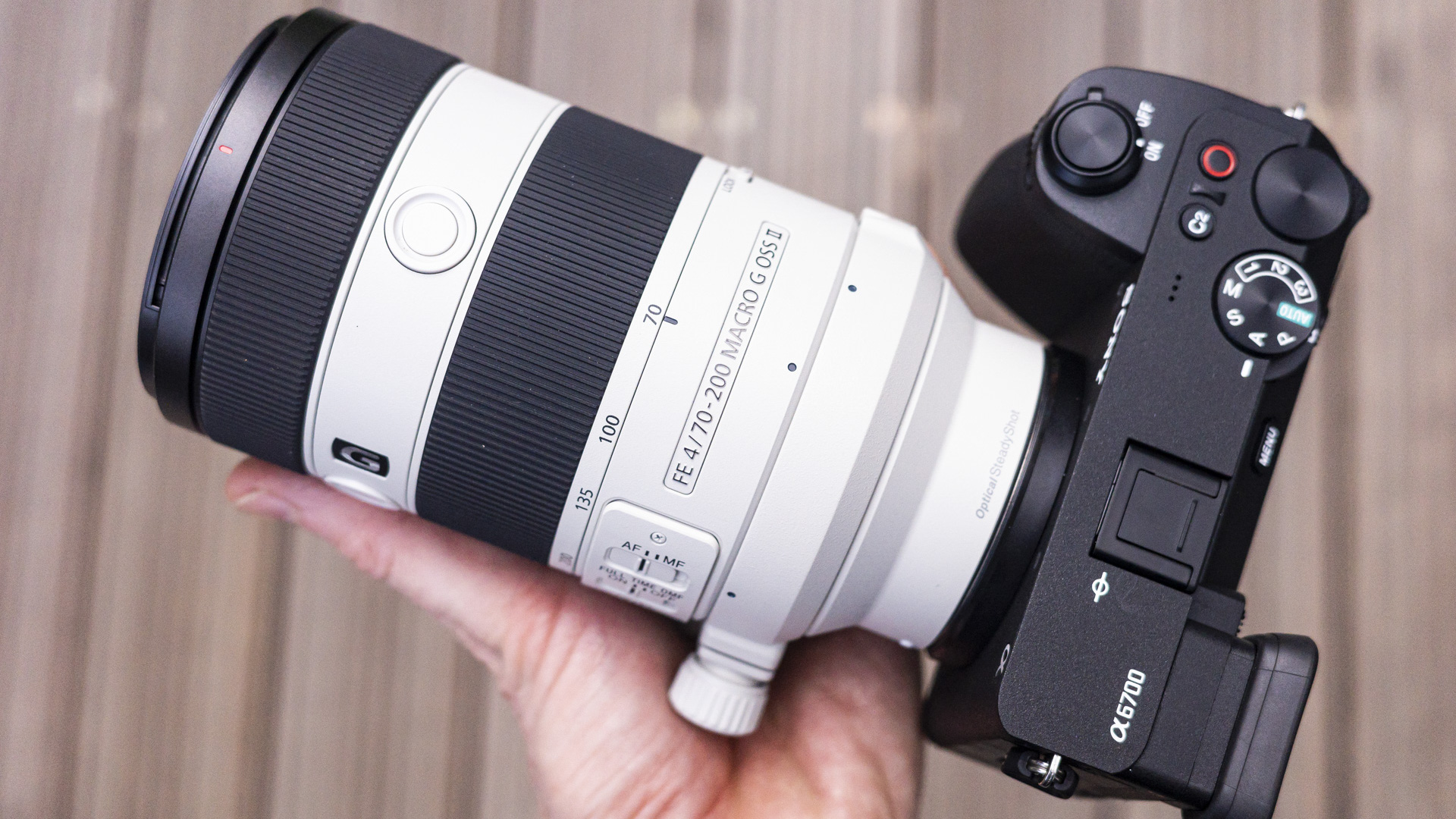
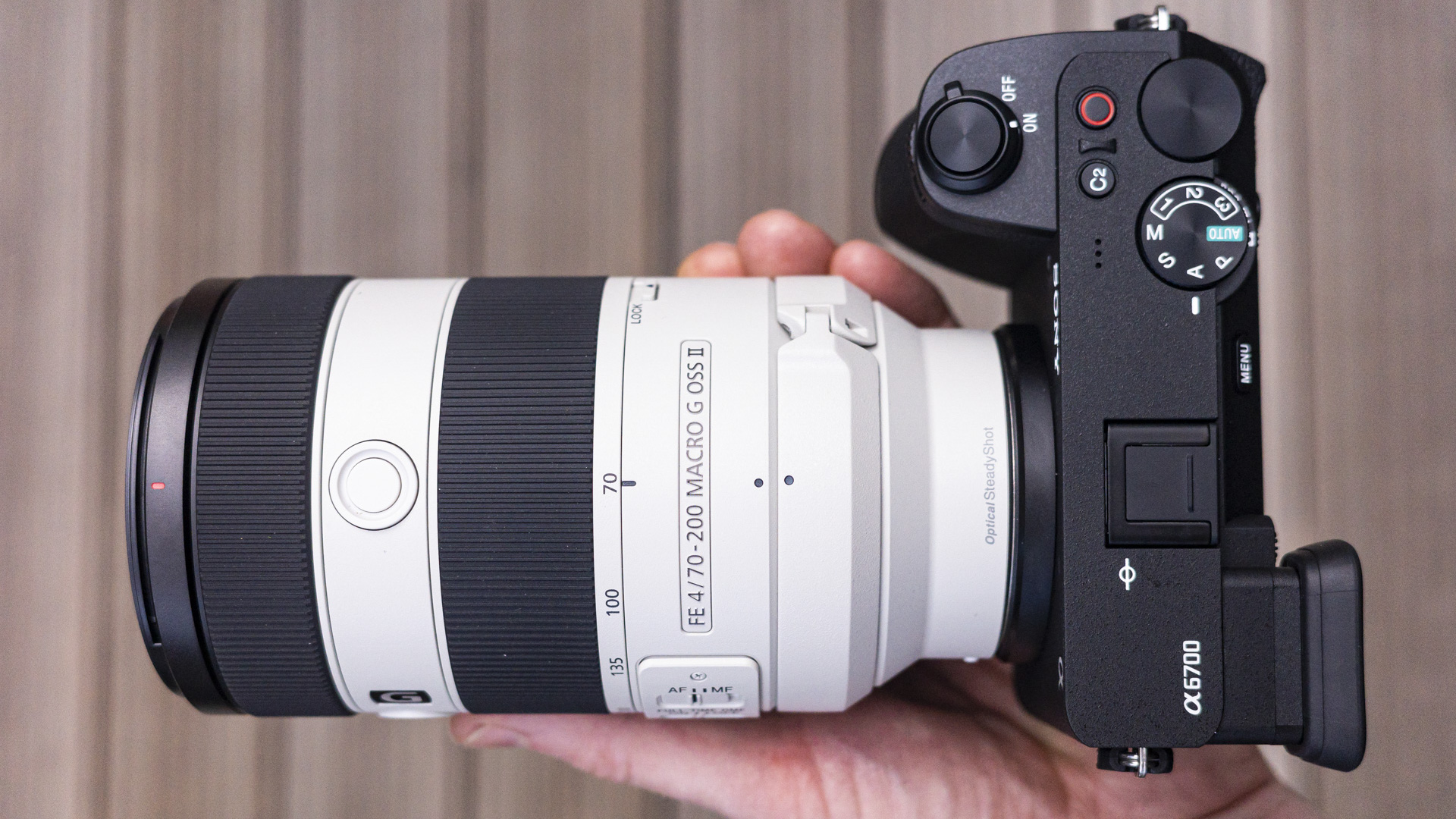
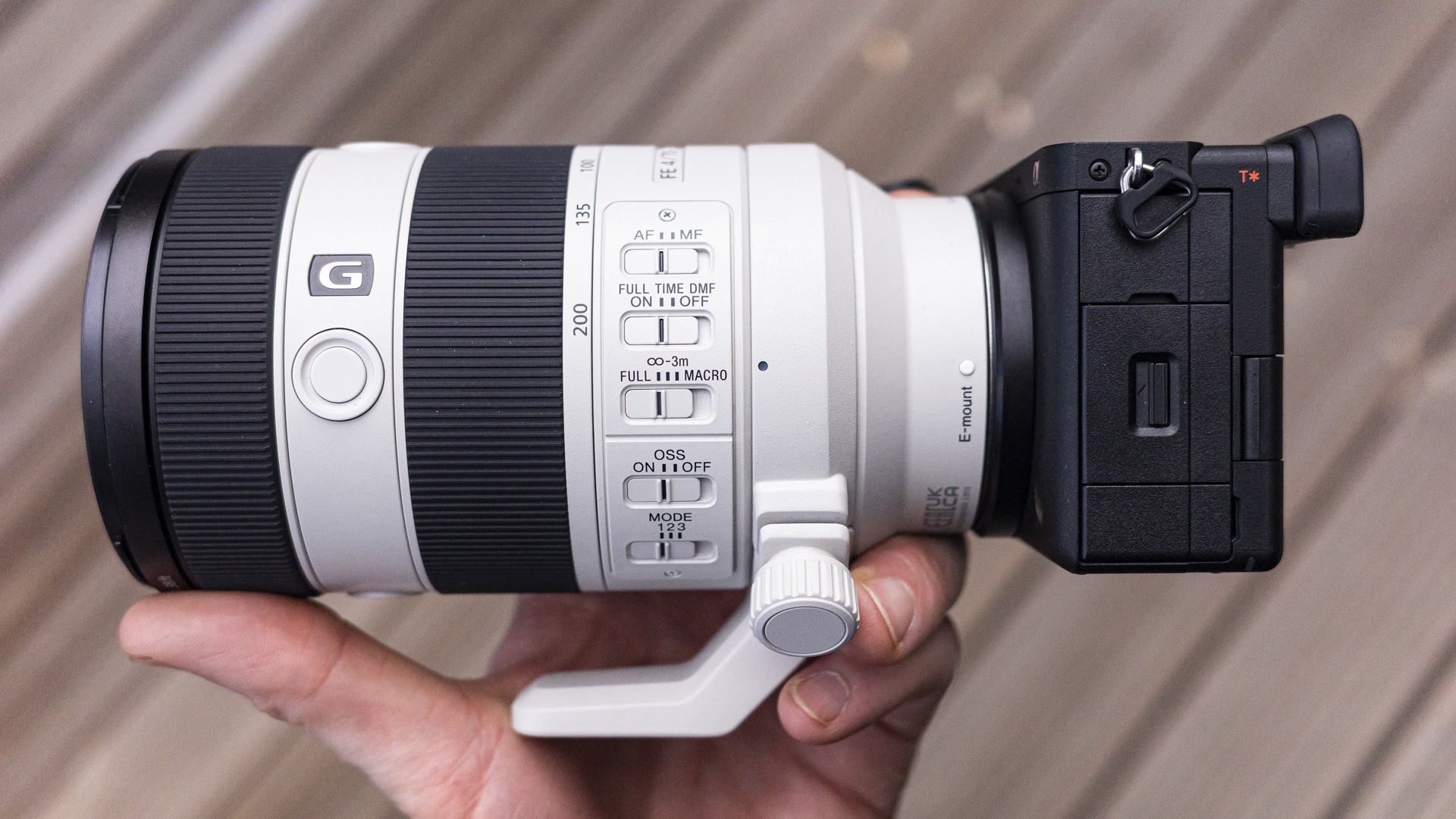
Specifications
Reasons to buy
Reasons to avoid
Sony FE 70-200mm F4 Macro G OSS II sample images



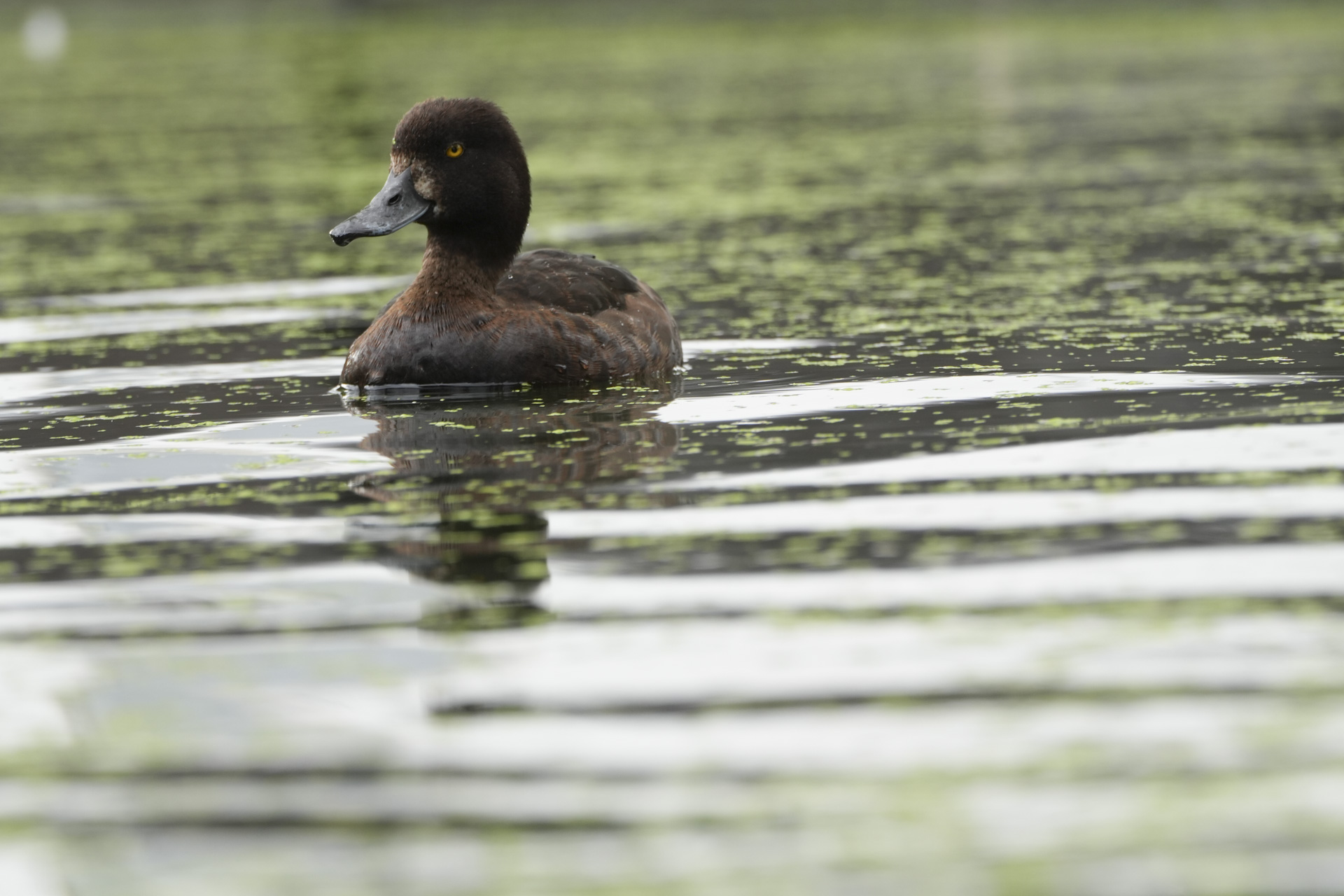
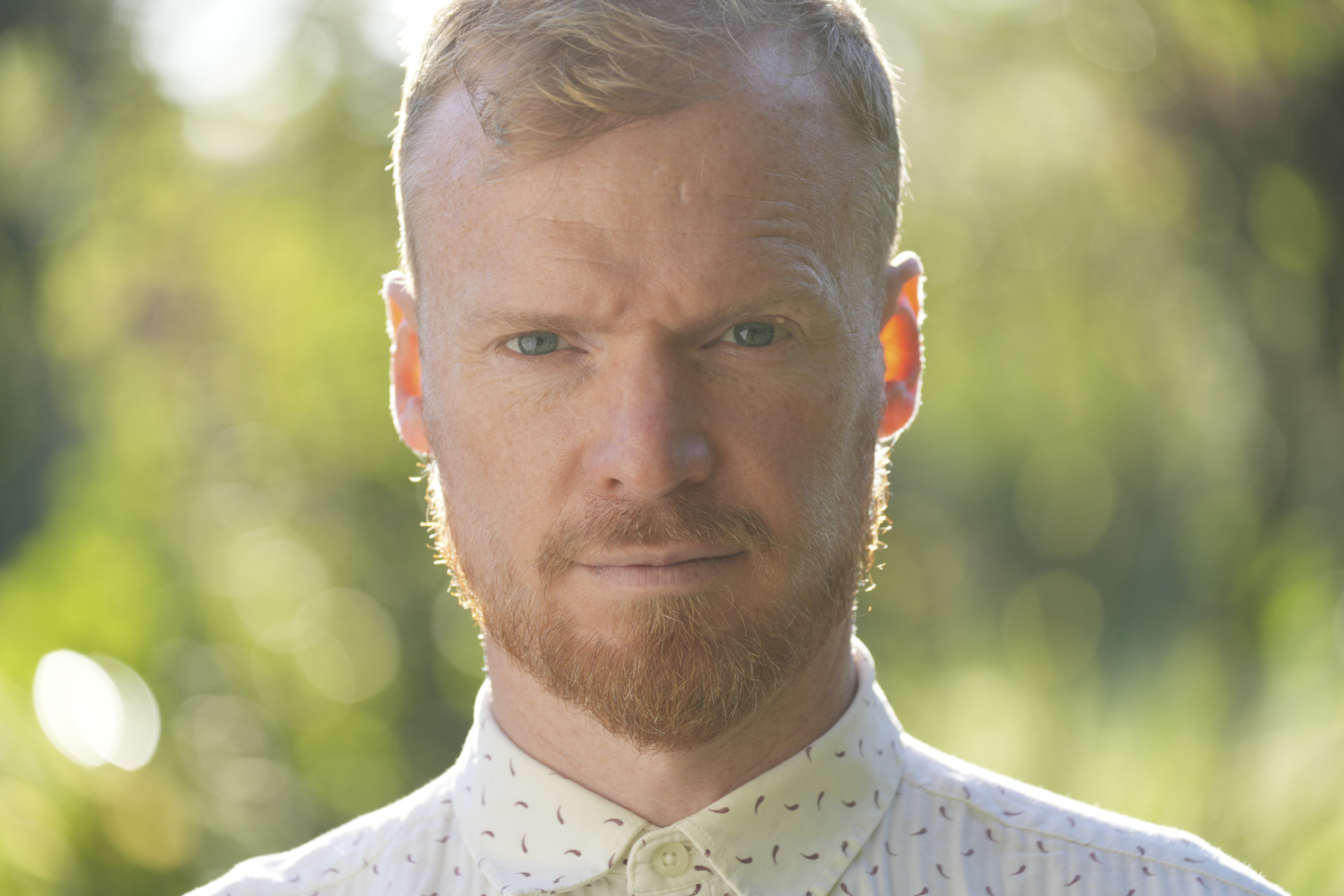
A decade after the original, the Sony FE 70-200mm F4 G OSS II represents a total redesign. Compared to the first iteration, its smaller and lighter – a fact alone that would make it worth upgrading. In testing, we tried it with both the Sony A7C R and the crop-sensor A6700, both of which proved an excellent fit. But there’s more: the second edition is faster to focus and sharper, too. With a Sony full-frame body attached, it’s one of the most versatile lenses in this list.
In our review, we found it capable of rendering super-sharp detail with virtually no distortion. We found almost nothing in our sample images to pick fault with. It also delivers pleasant bokeh for an f/4 lens. Sure, the Sony FE 70-200mm F2.8 is better for bokeh and low light, but it’s also heavier and more expensive. What the F4 adds is class-leading macro focusing, with up to 0.5x magnification at any focal length. If you want a truly versatile, travel-friendly telephoto zoom and you’re happy to a pay a premium for it, this is a winning combination.
- Read our in-depth Sony FE 70-200mm F4 G OSS II review
The best Sony lens for portraits
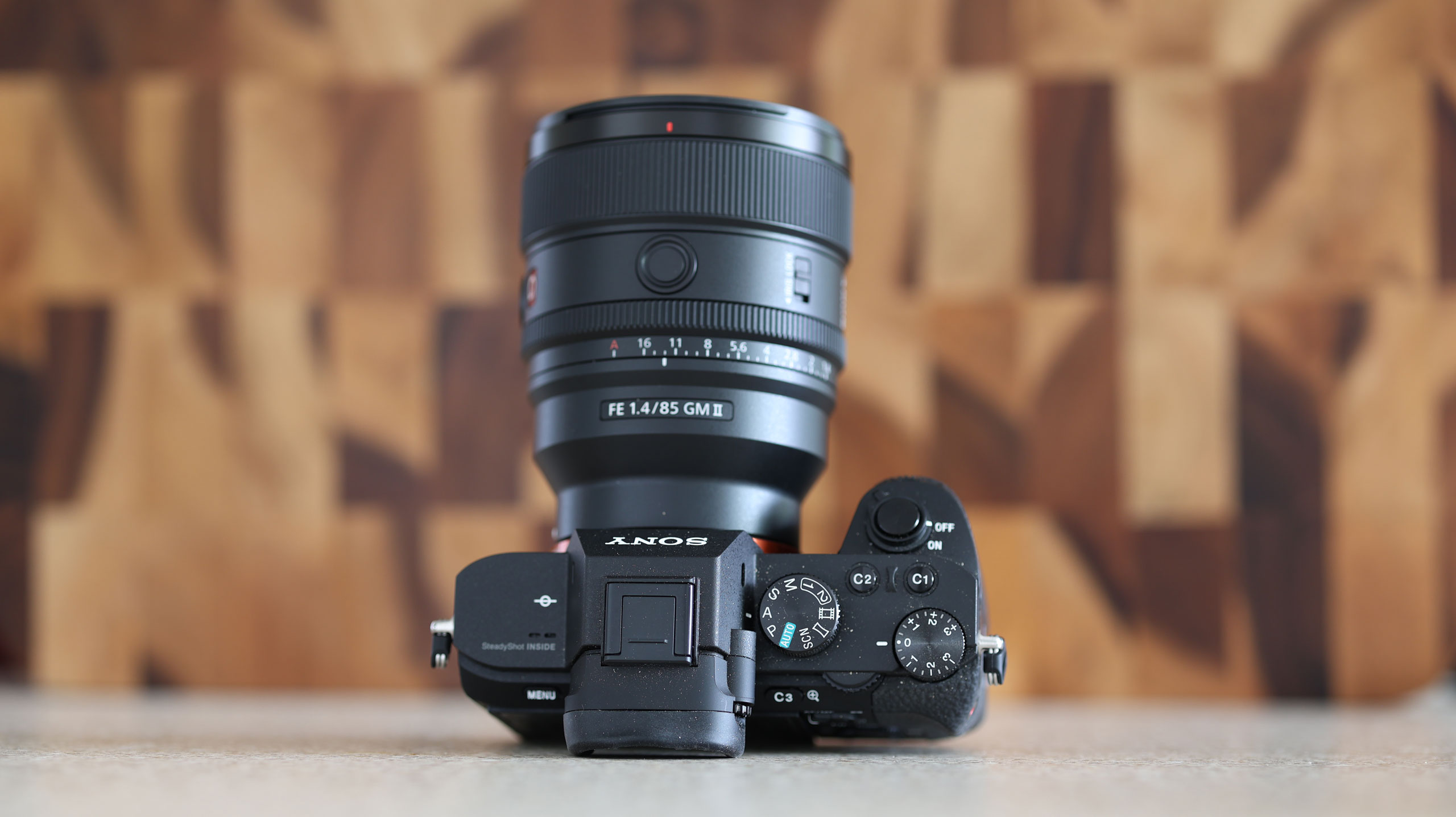

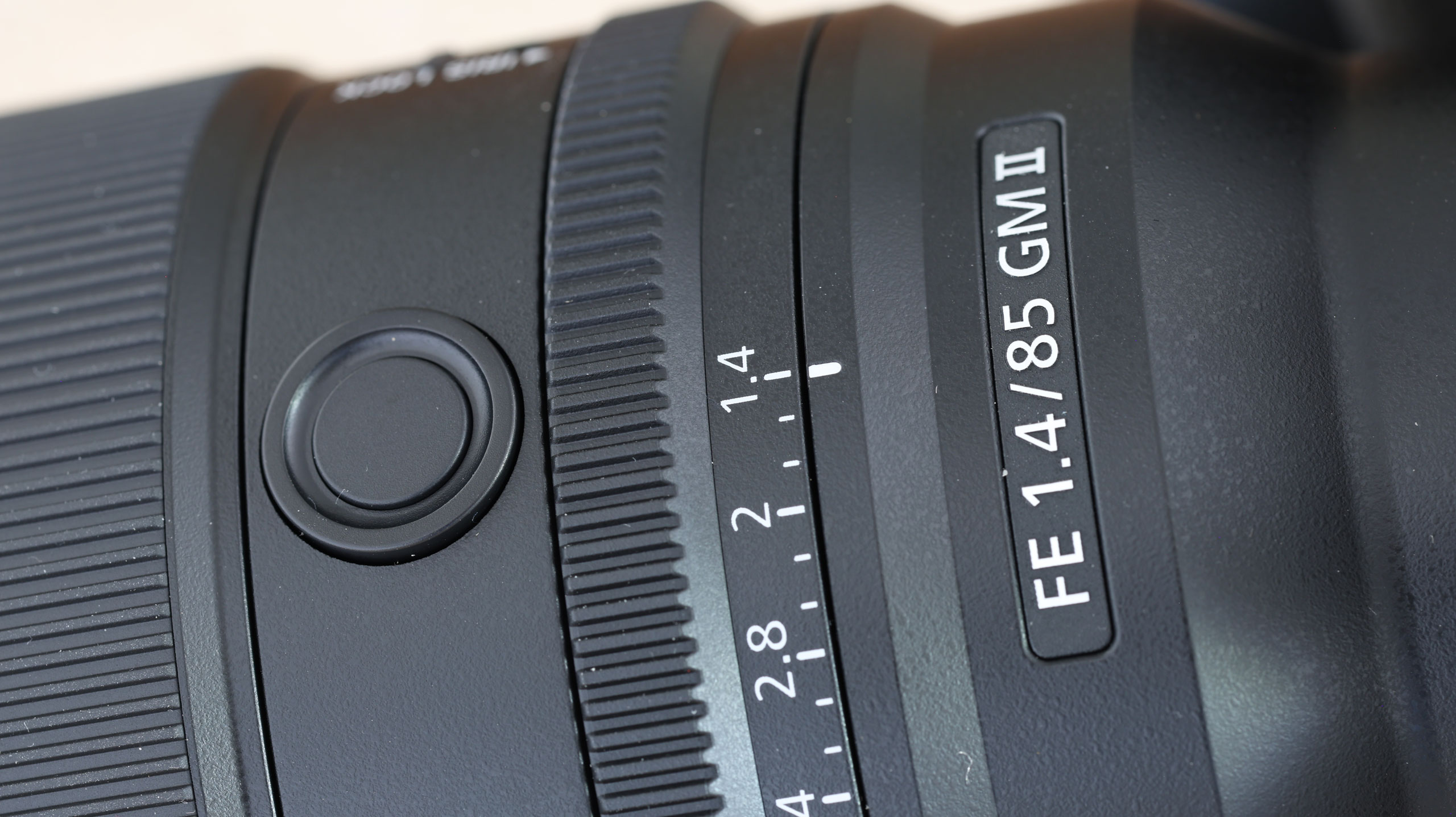
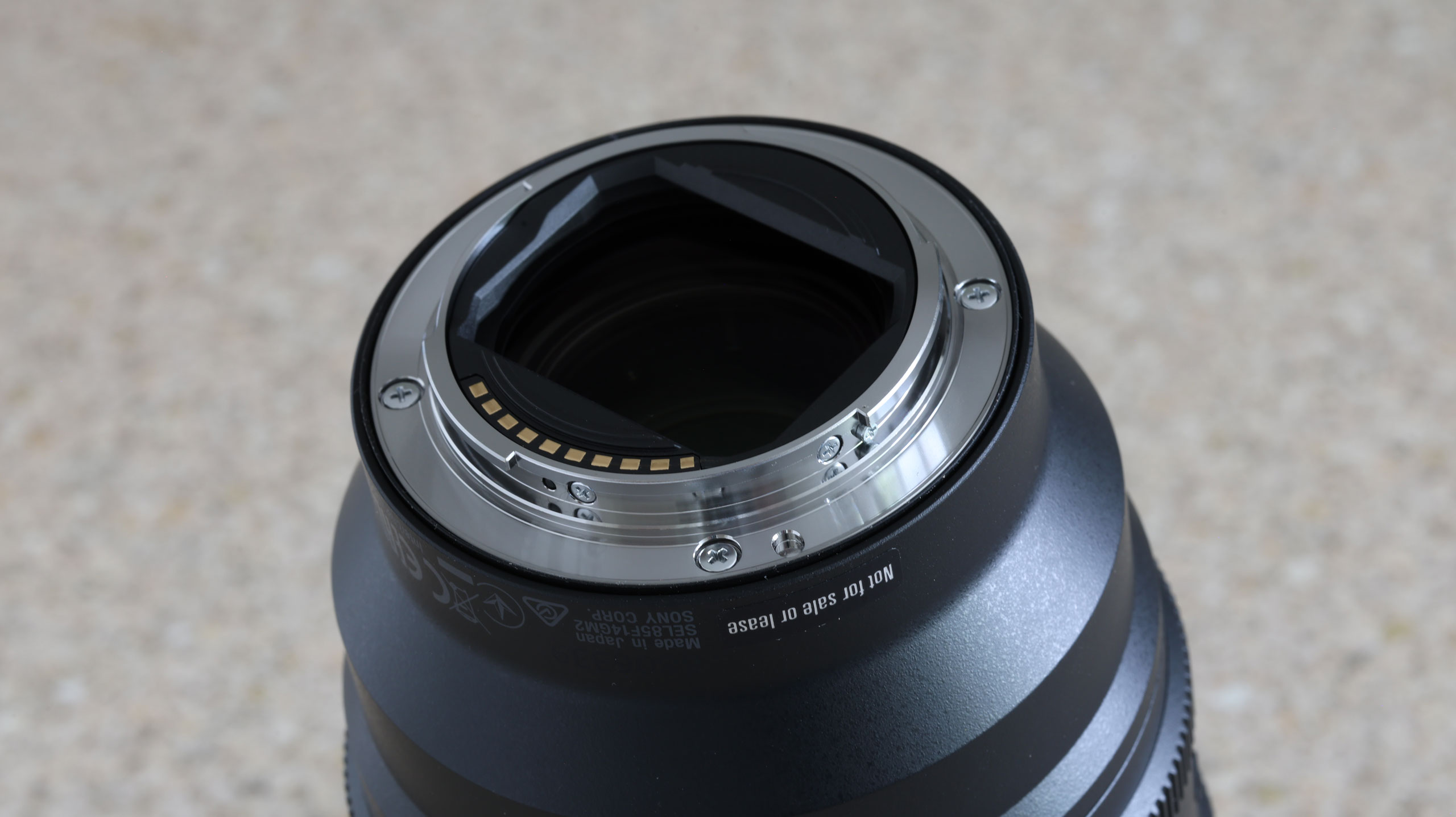
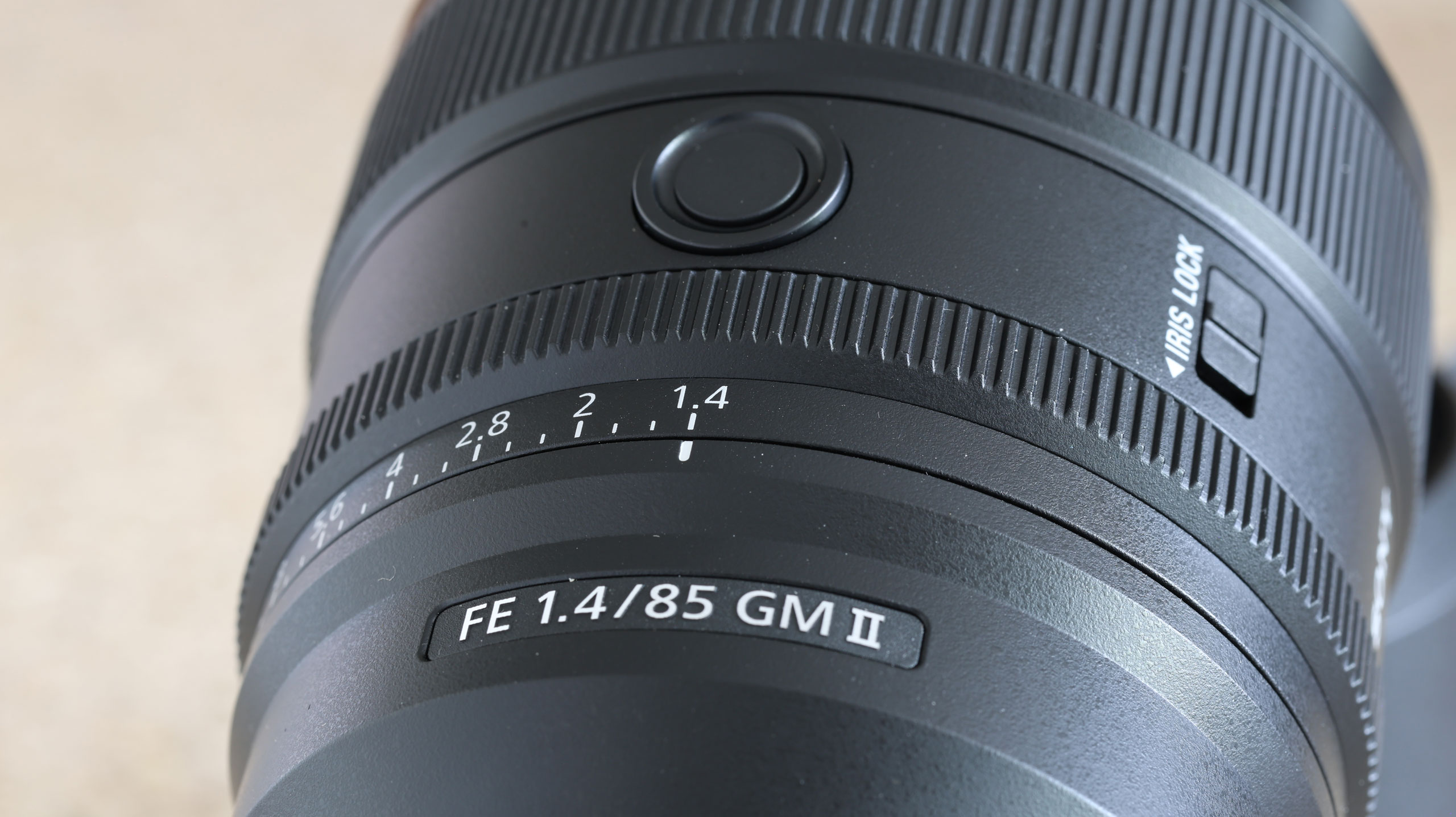
Specifications
Reasons to buy
Reasons to avoid
Sony FE 85mm F1.4 GM II sample images



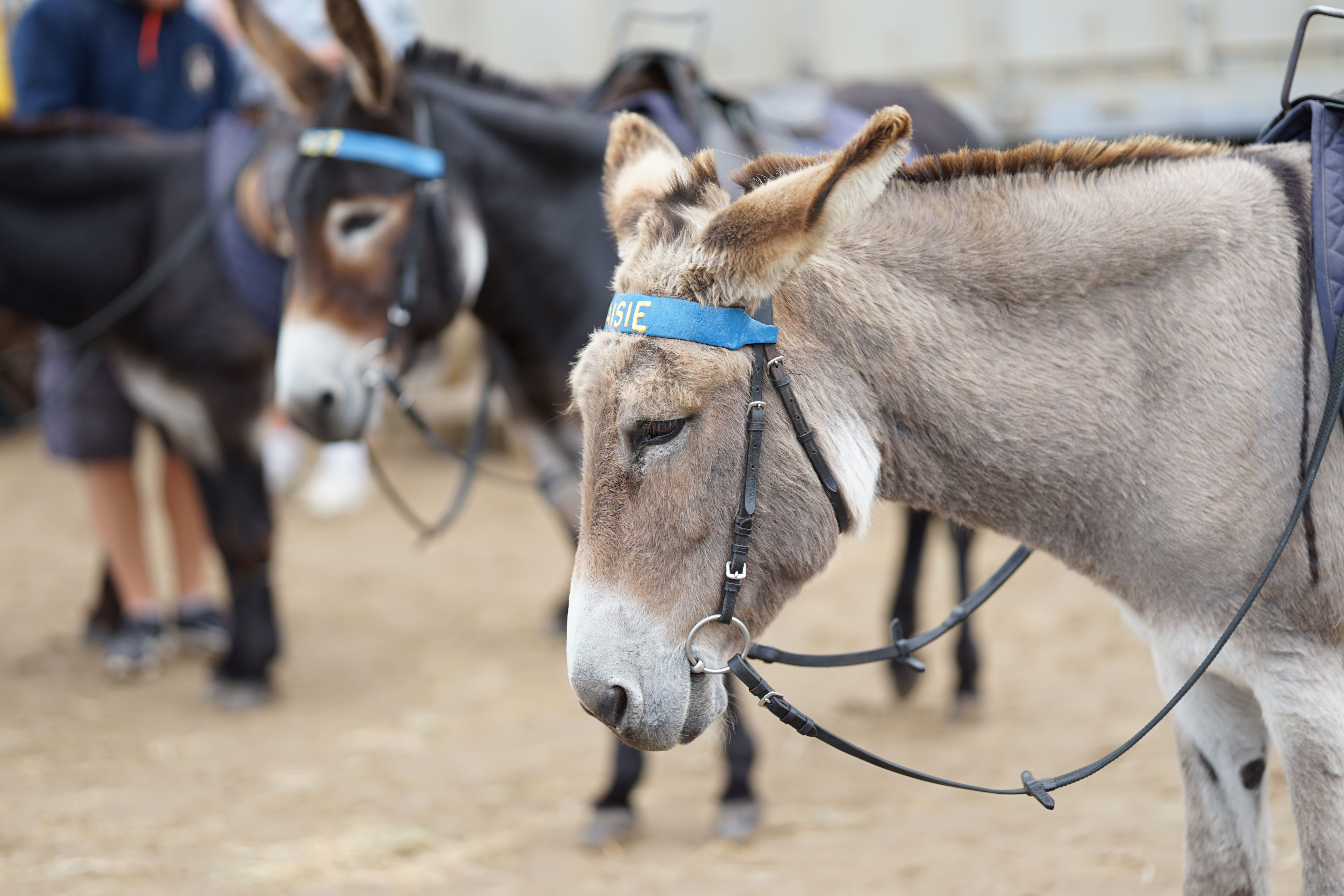
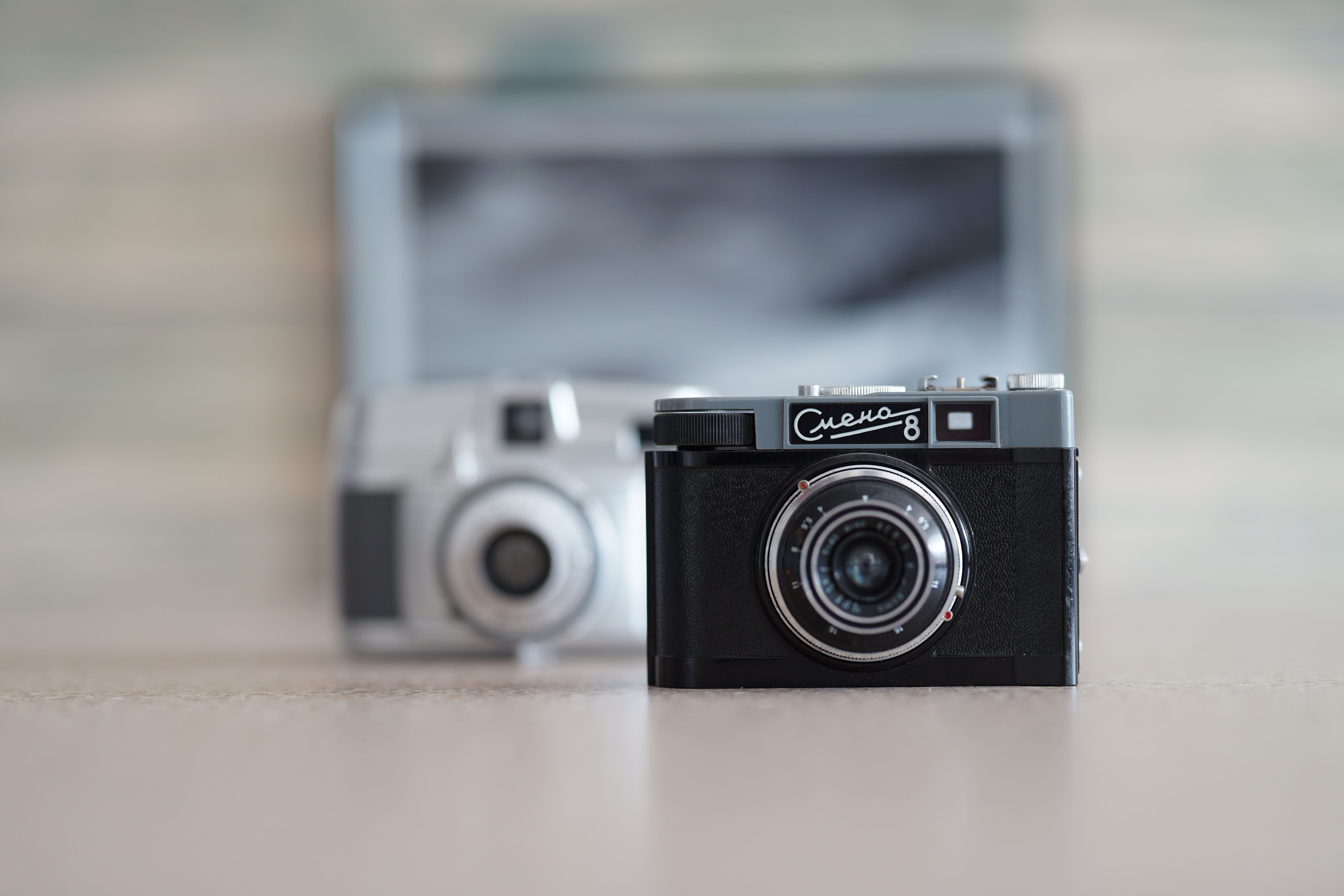
The original Sony FE 85mm F1.4 GM was already our one of favorite lenses for shooting portraits on an E mount camera. The sequel is better in almost every way: its new dual linear motor autofocus system proved faster and more responsive in our review, while improved optics delivered an upgrade to both resolution and aberration control. Despite this added complexity, the lens is actually slimmer and lighter than the original. It’s still a relatively large lens, but it also handles superbly, with two useful function buttons and a de-clickable aperture ring.
Perfectionists might wish for a maximum aperture of f/1.2 instead of f/1.4, but based in our experiences the GM II performs spectacularly. Edge-to-edge sharpness is superlative, with barely any noticeable difference in detail between f/1.4 and f/8. There is some cats-eye bokeh near the frame edges, but we didn’t encounter any bokeh fringing whatsoever. There are cheaper alternatives, such as the Sigma 85mm f/1.4 DG HSM Art, but if budget isn’t an issue, this is comfortably the best Sony 85mm lens money can buy.
The best wide-angle zoom for Sony APS-C cameras
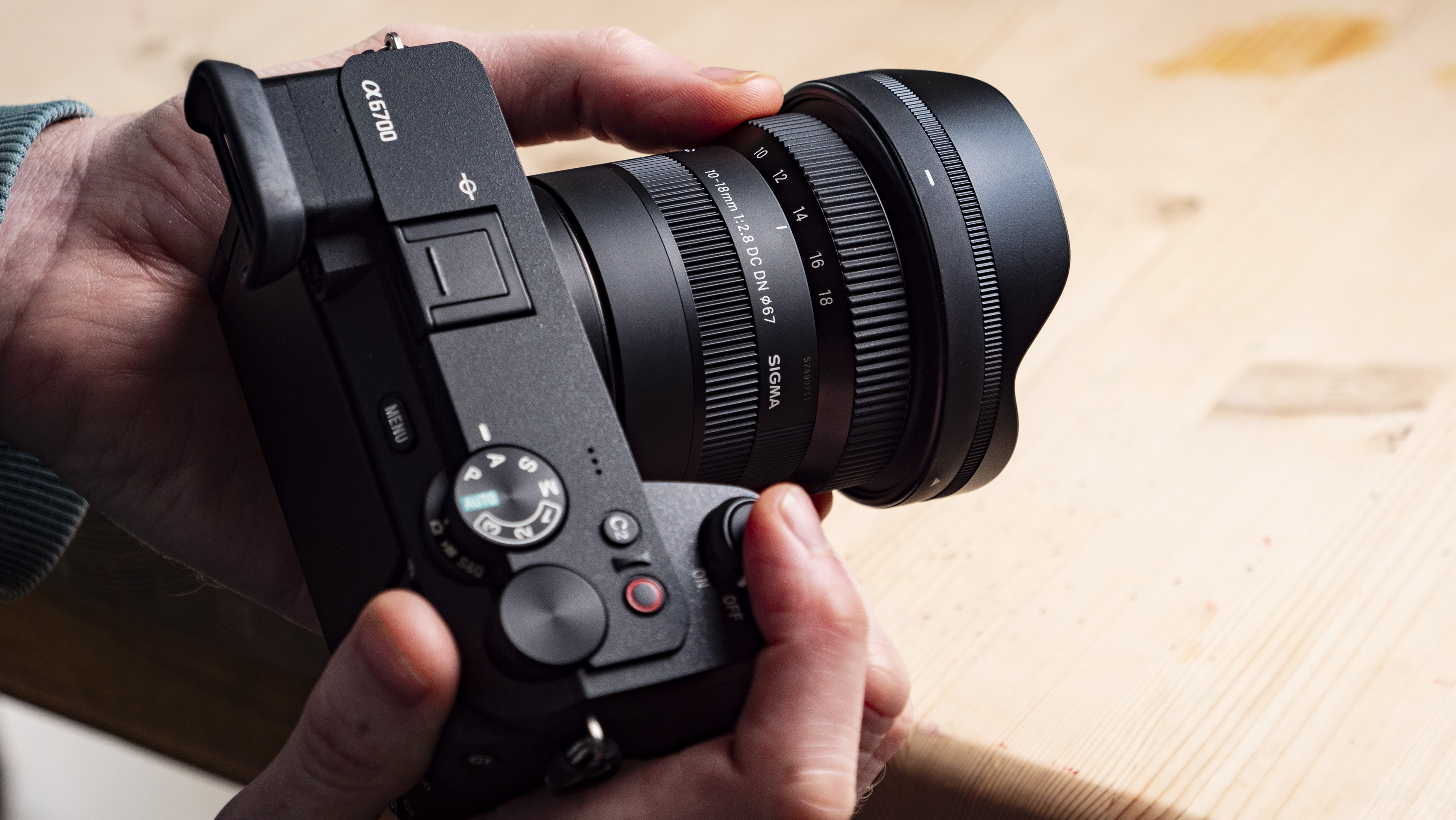
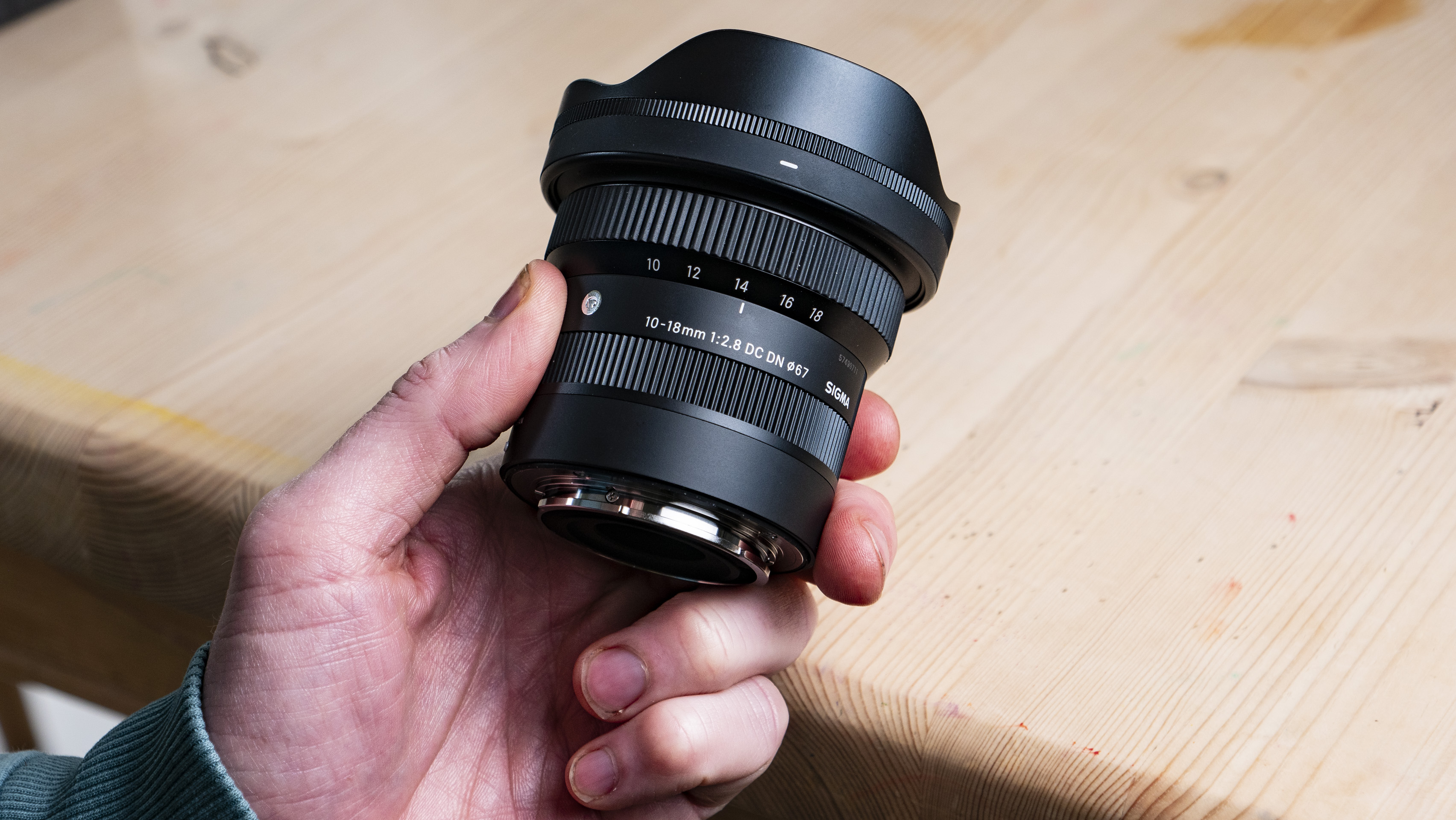
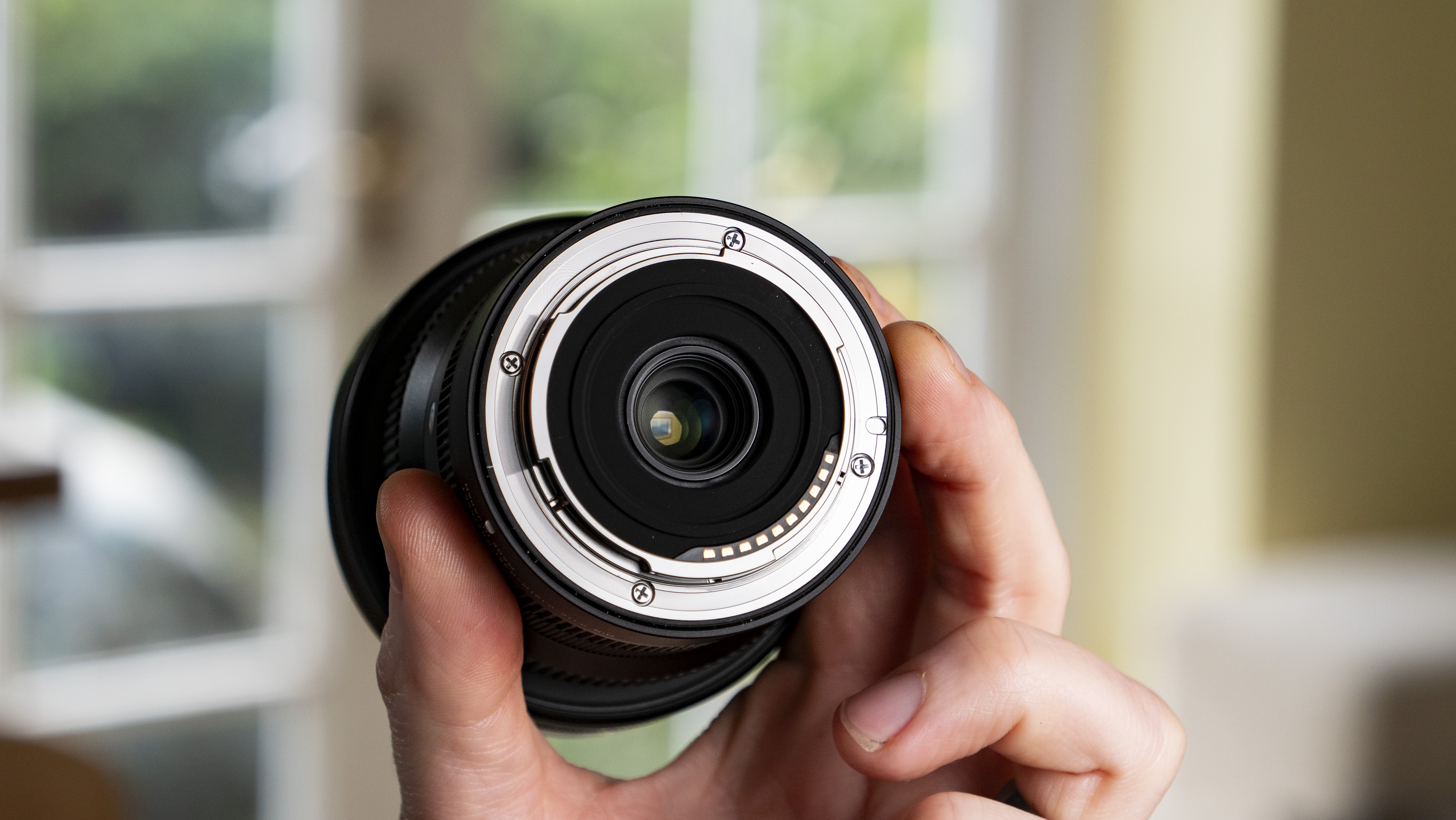
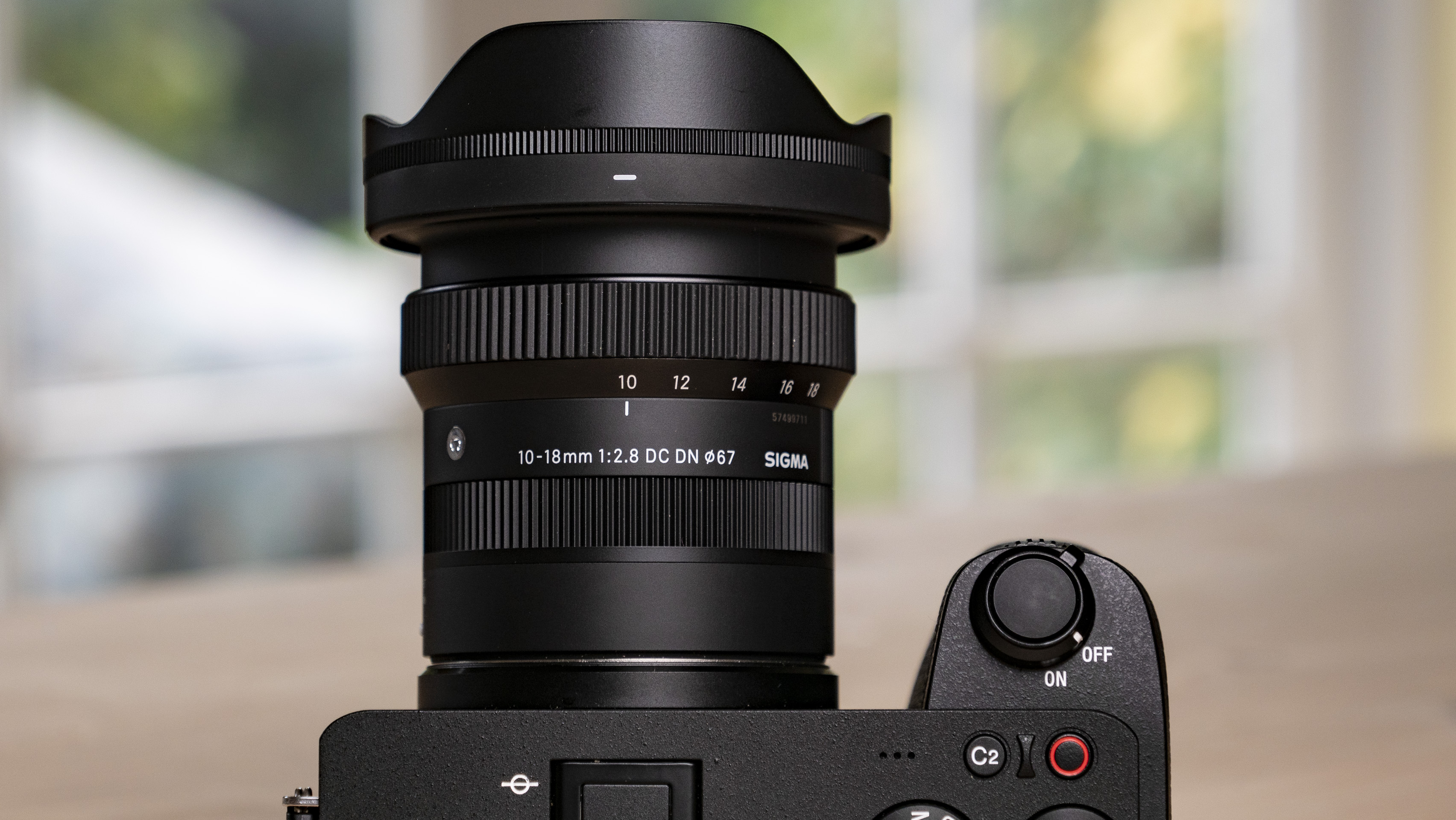
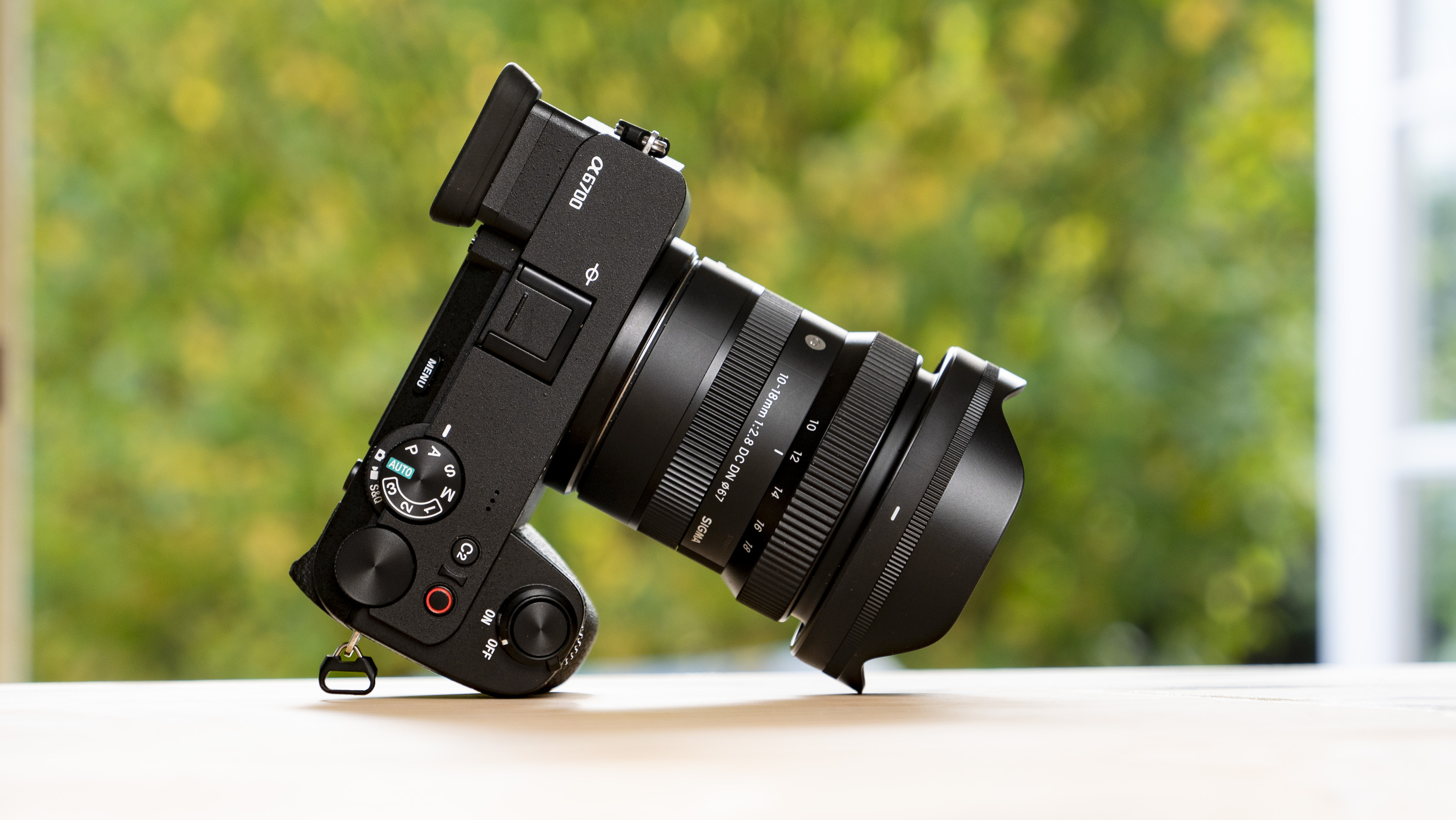
Specifications
Reasons to buy
Reasons to avoid
Sigma 10-18mm F2.8 DC DN sample images
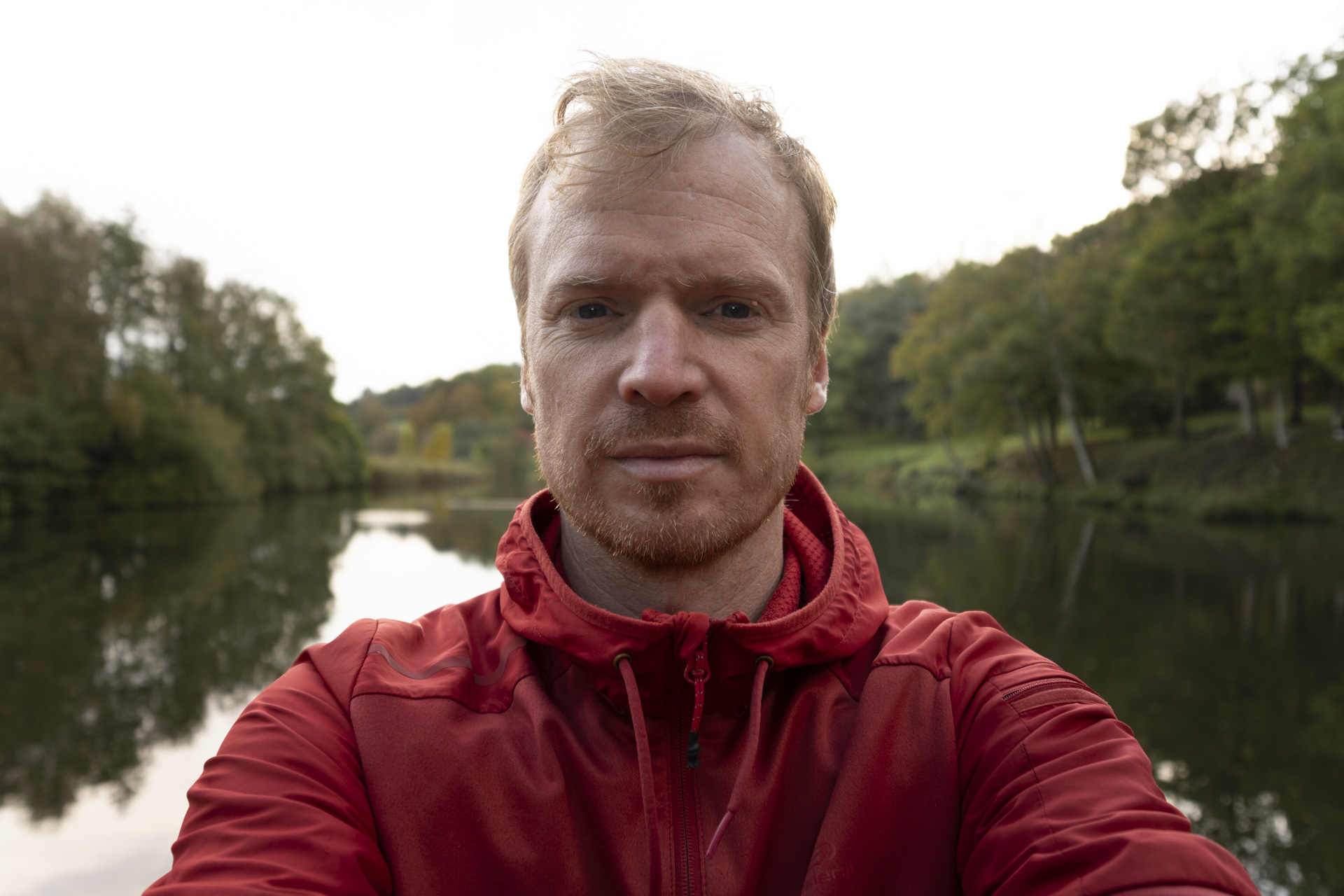
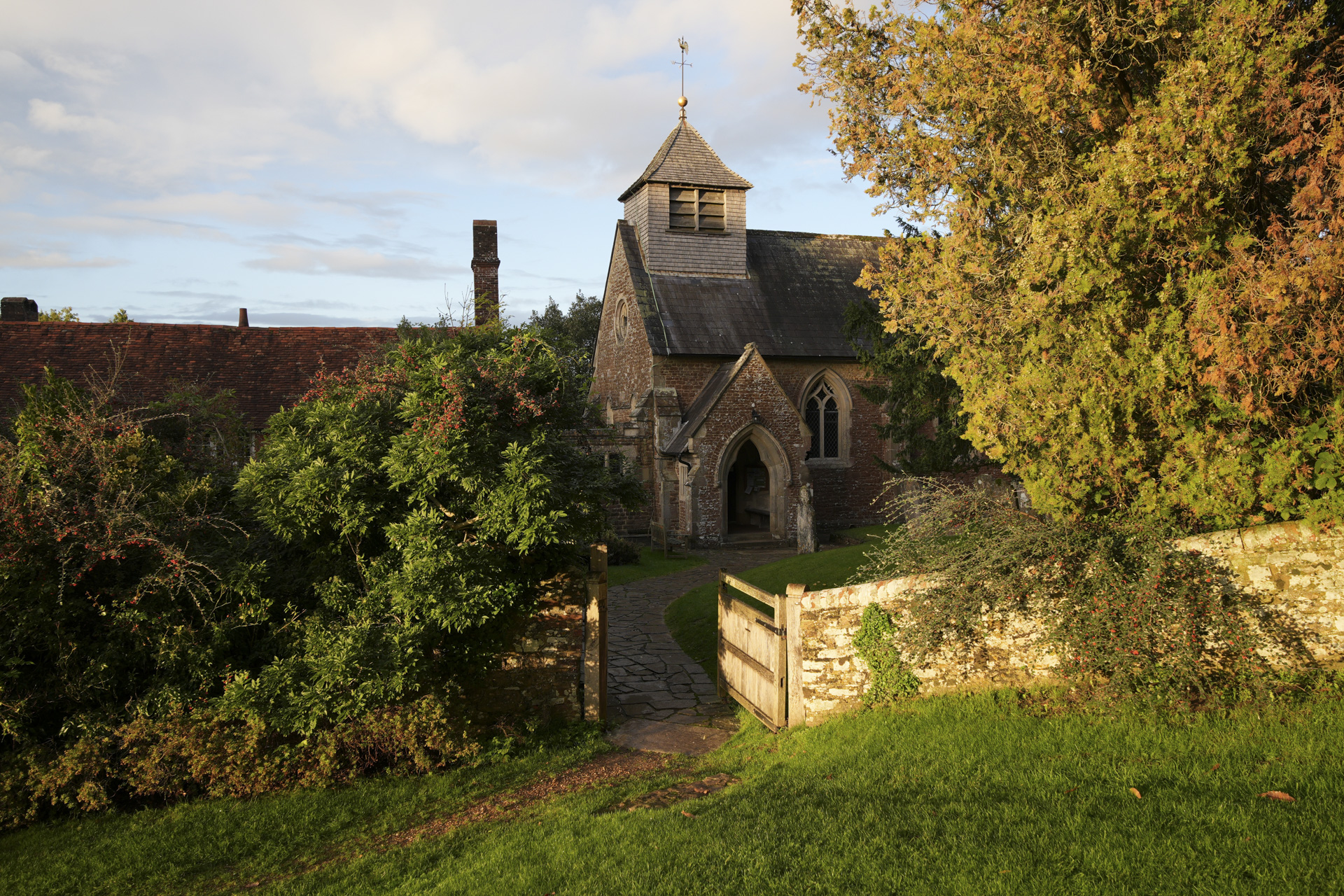

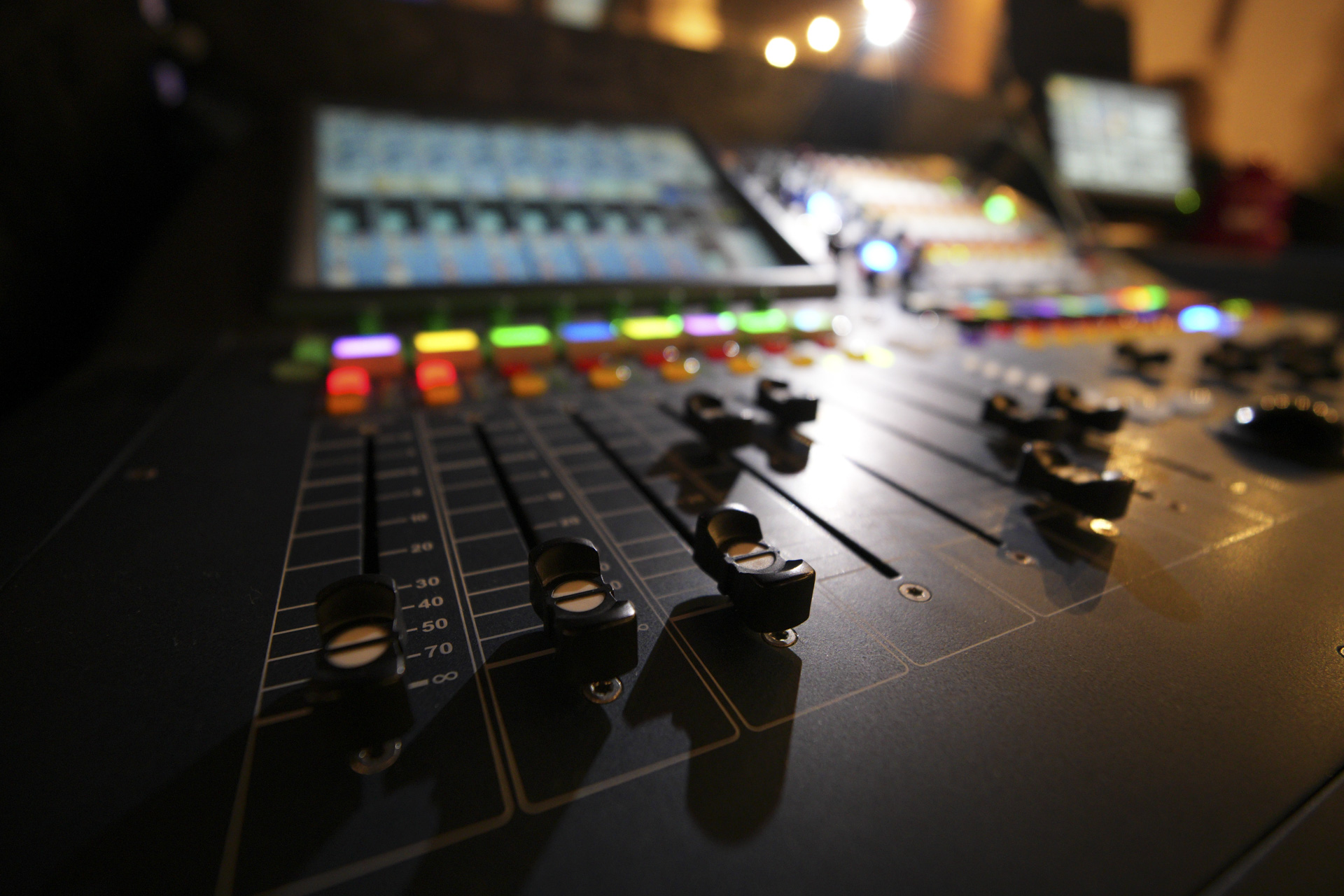

The 10-18mm F2.8 DC DN helps to cement Sigma’s reputation for top-quality third-party glass. Paired with a Sony APS-C camera like the A6700, it’s equally as useful for vloggers as it is for landscape photographers. In our review, we were impressed by its build quality and the usefulness of its ultra-wide field of view. We also noted that it compares in size to Sony’s 10-18mm f/4 lens, yet offers a constant f/2.8 aperture – which makes it great for working handheld in low light, and capturing soft backgrounds.
Optically, this glass is sharp at any setting. With lens corrections disabled, we did notice significant vignetting and barrel distortion; but leave them enabled and there are very few flaws to speak of. The minimum focus distance is also good for up to 0.5x magnification, which is plenty for proper close-up work, and we found pleasing bokeh when shooting at f/2.8. Those who like direct controls will need to look elsewhere, as there are no external switches or buttons. But if you want a lightweight, streamlined ultra-wide, this is a lens we can confidently recommend.
- Read our in-depth Sigma 10-18mm F2.8 DC DN review
The best Sony lens for video
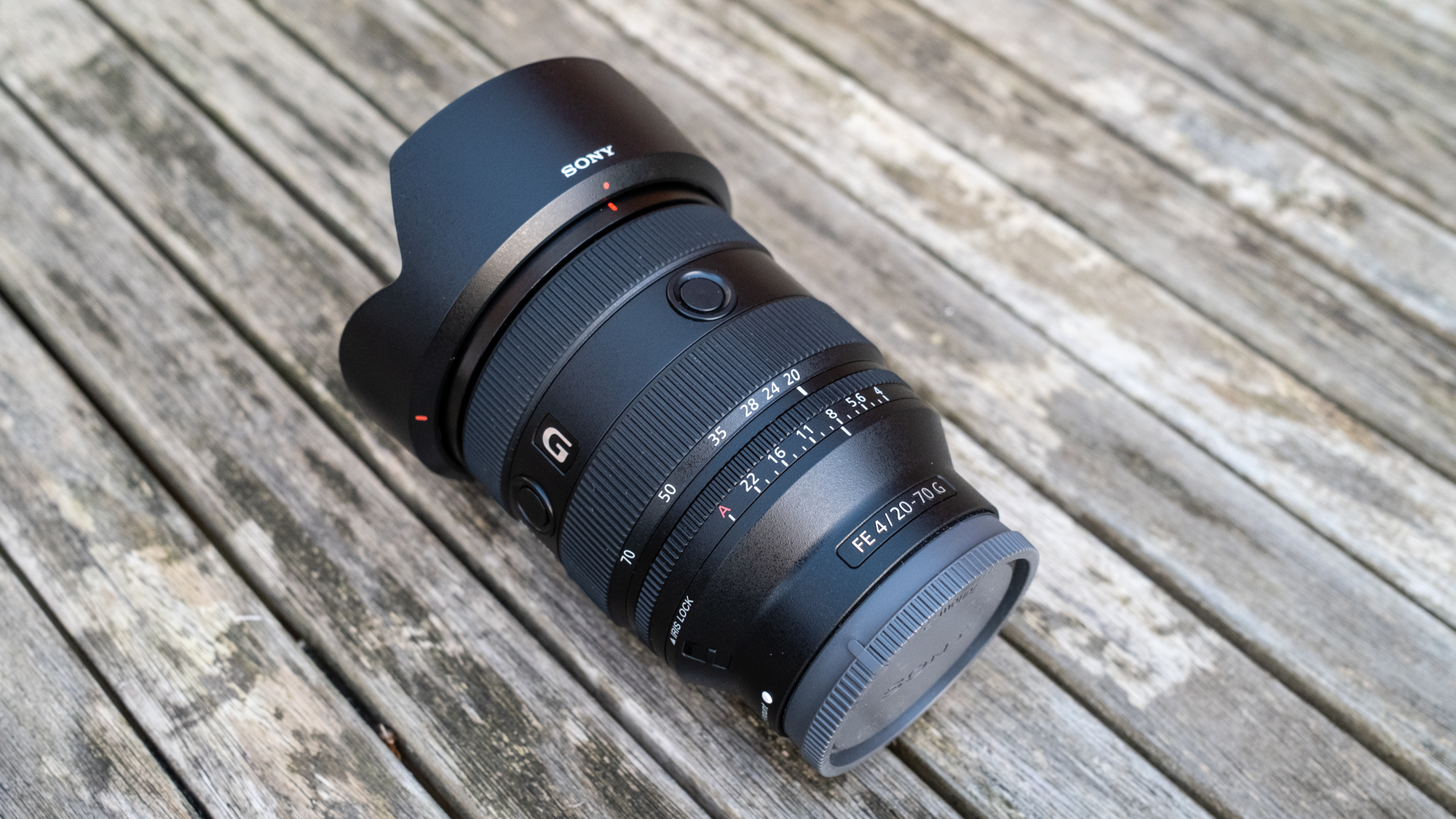
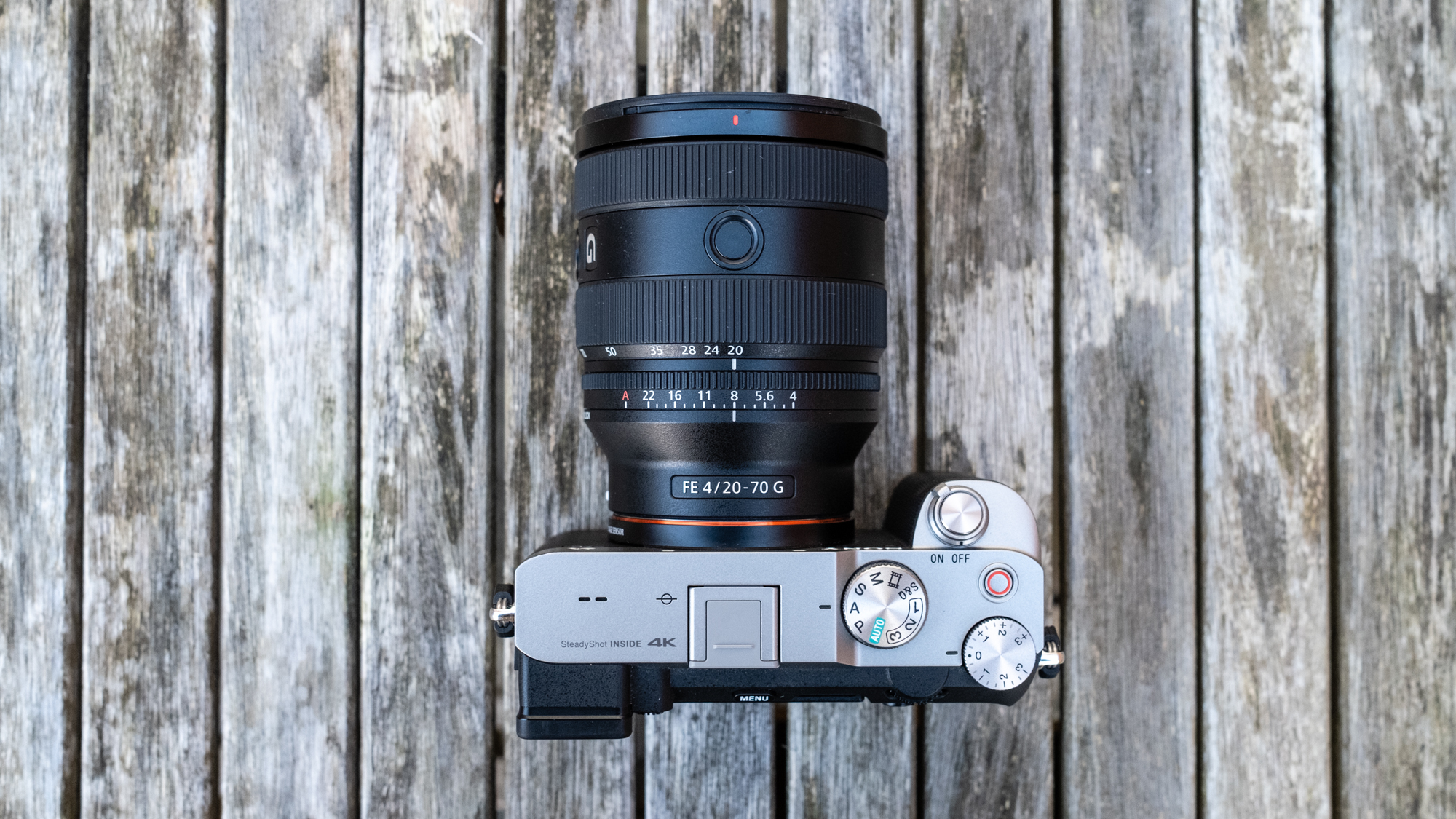
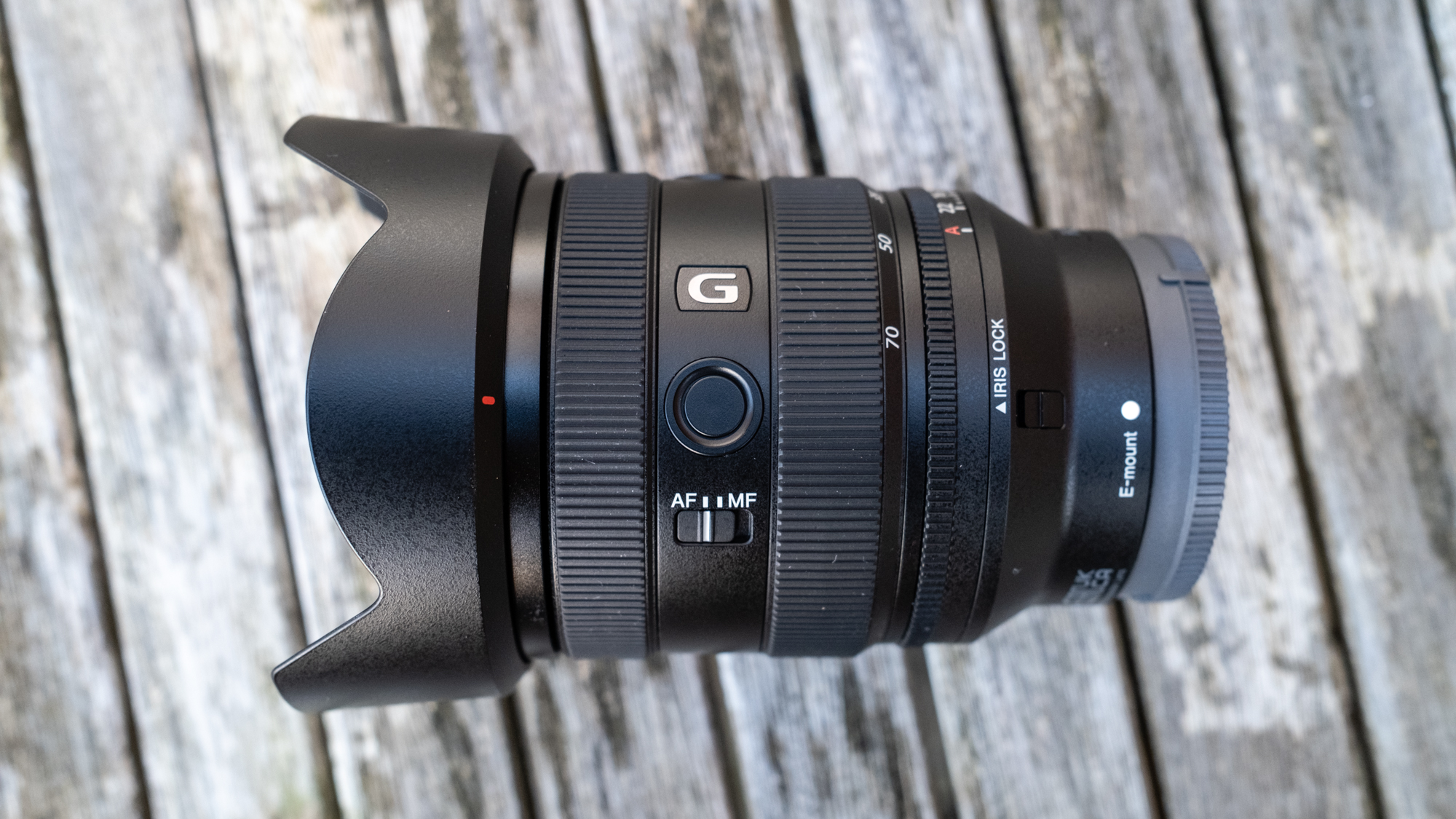
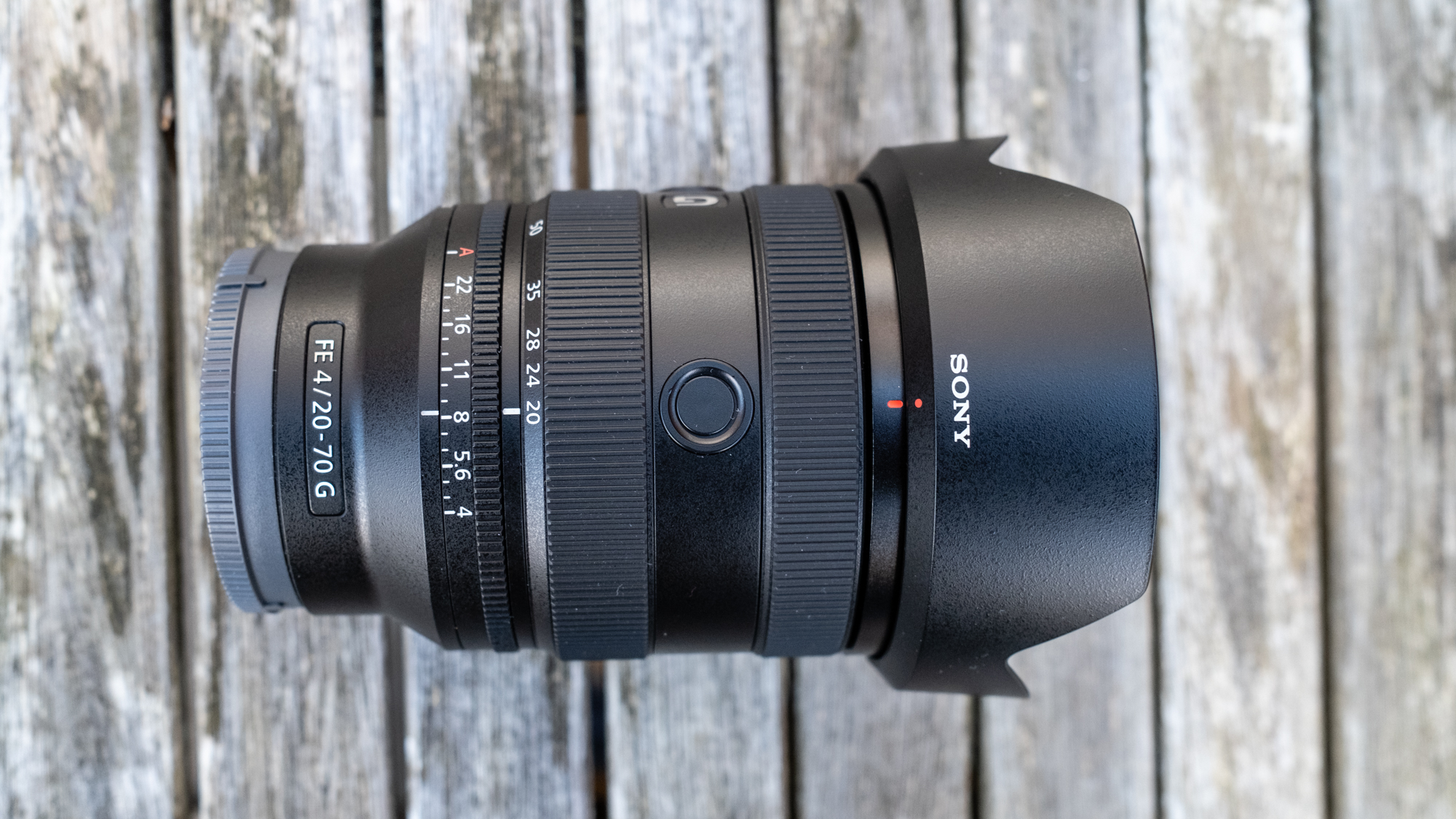
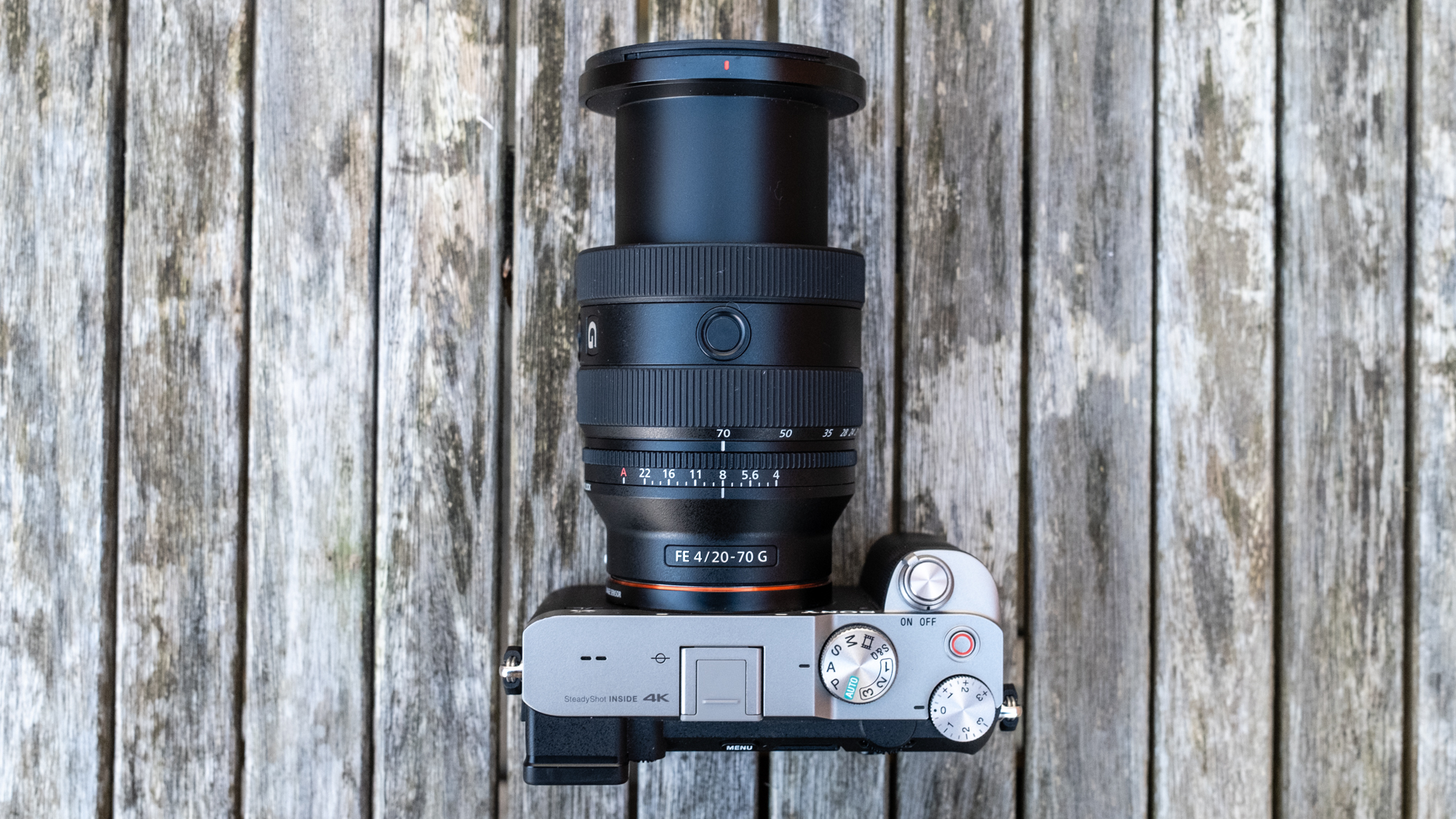
Specifications
Reasons to buy
Reasons to avoid
Sony FE 20-70mm F4 G sample images
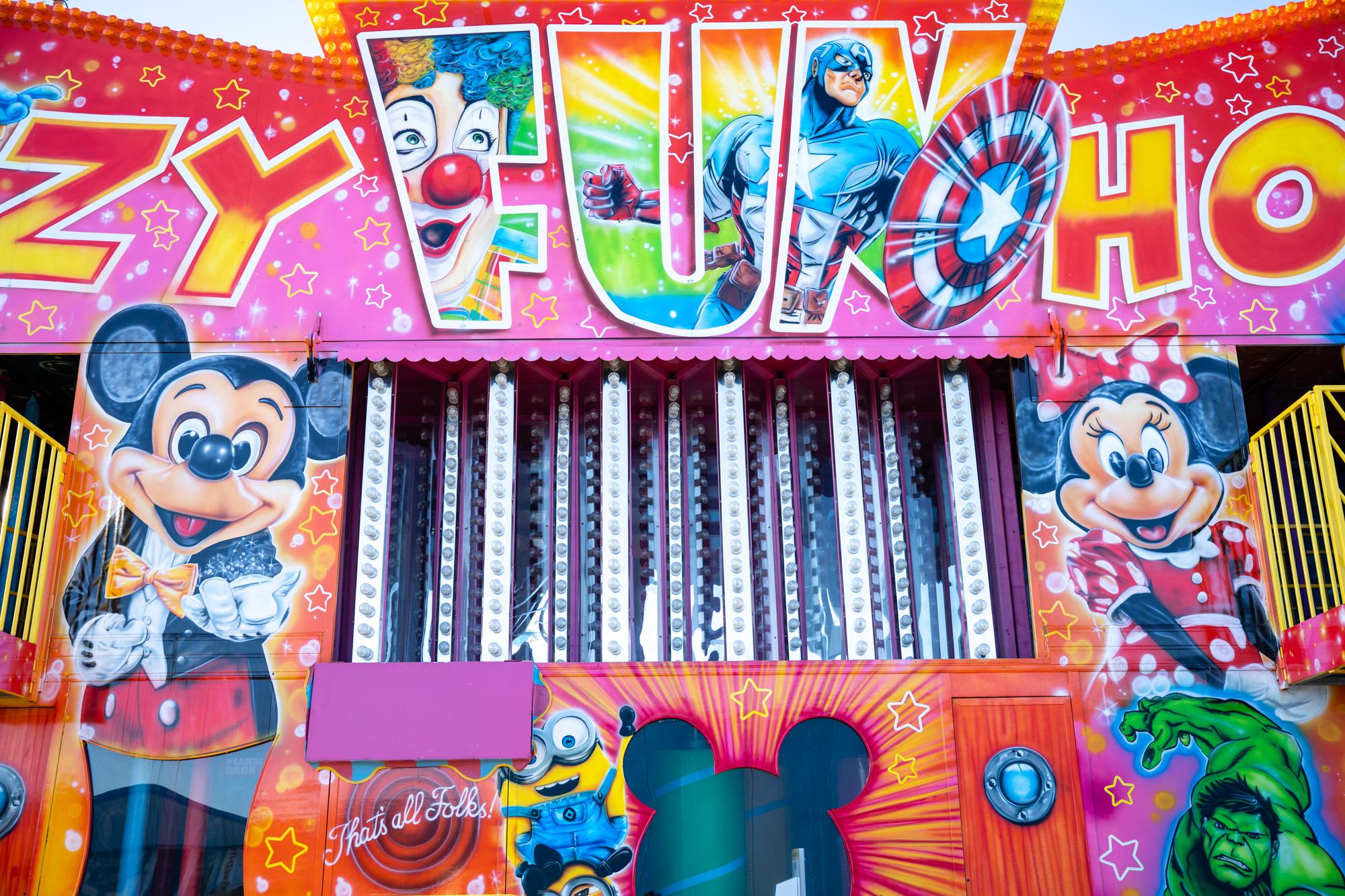
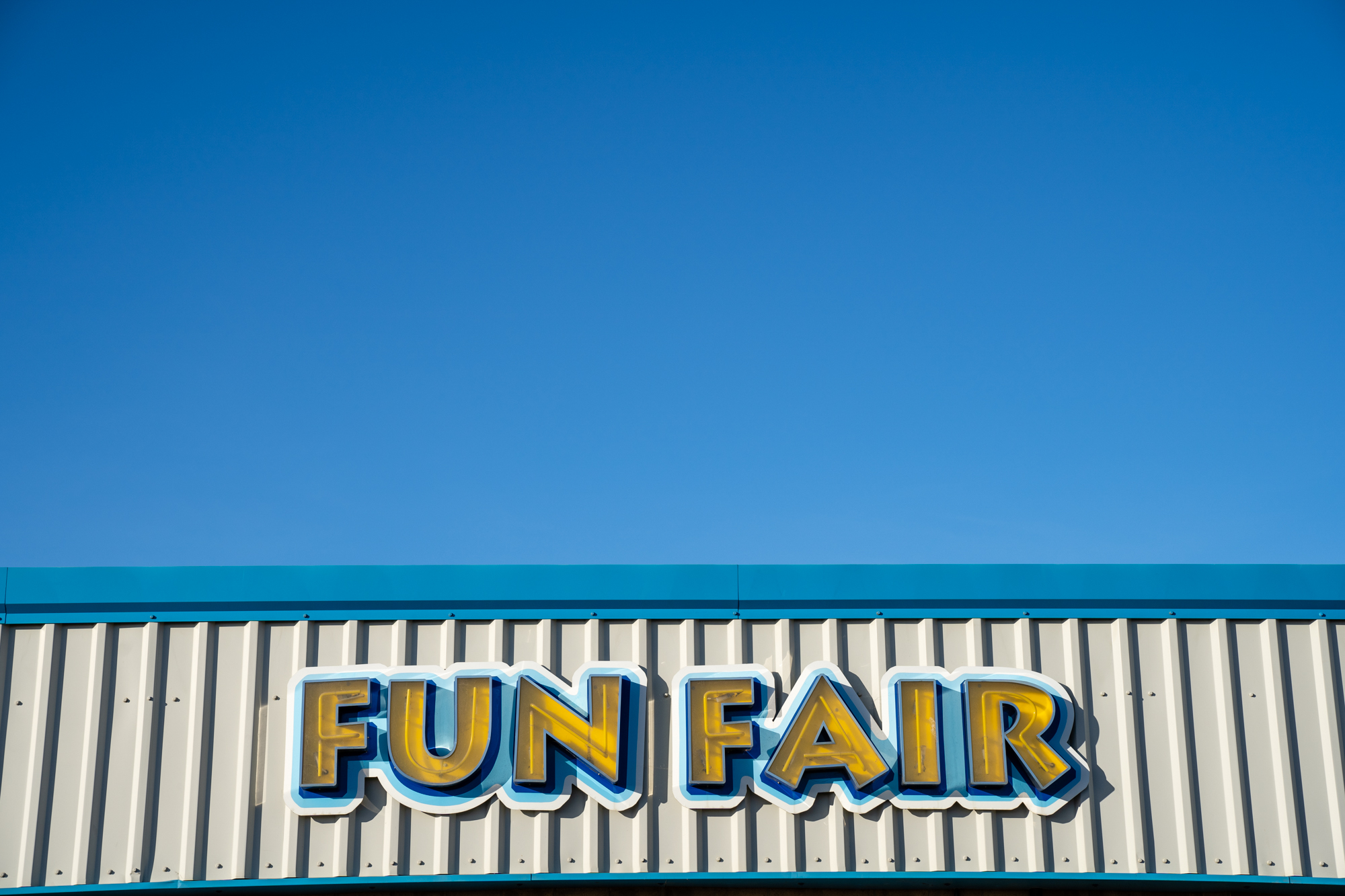
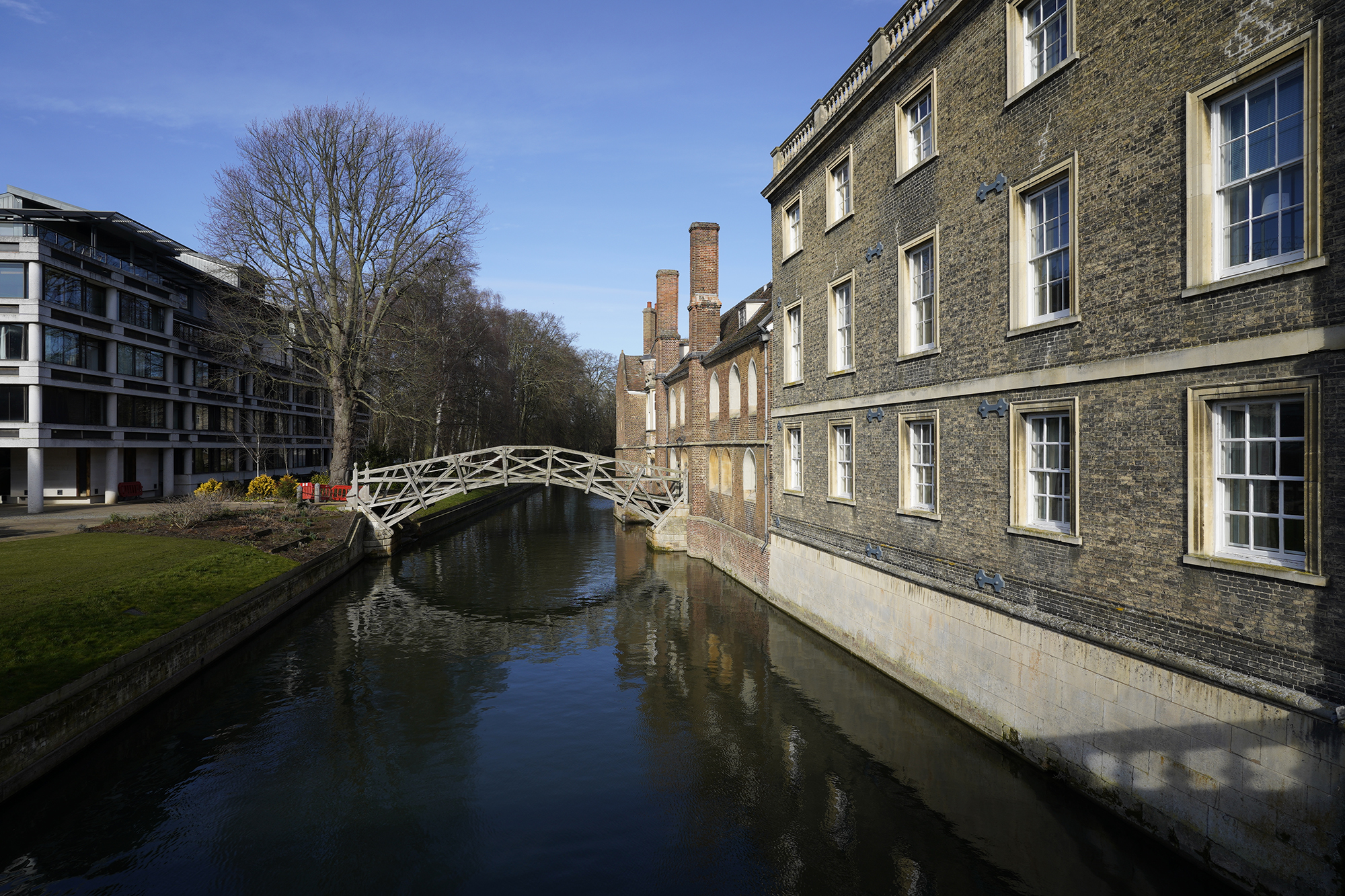
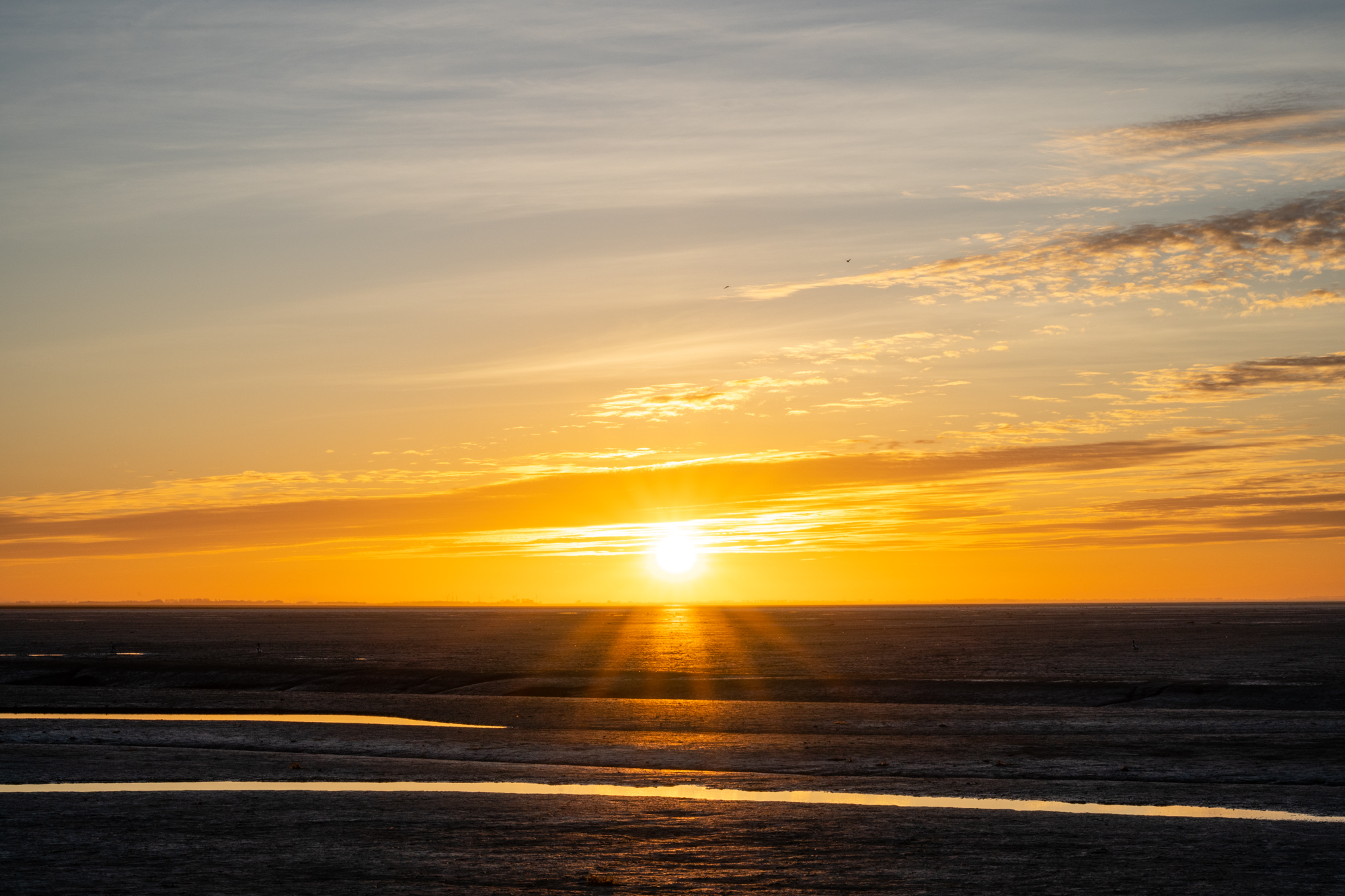
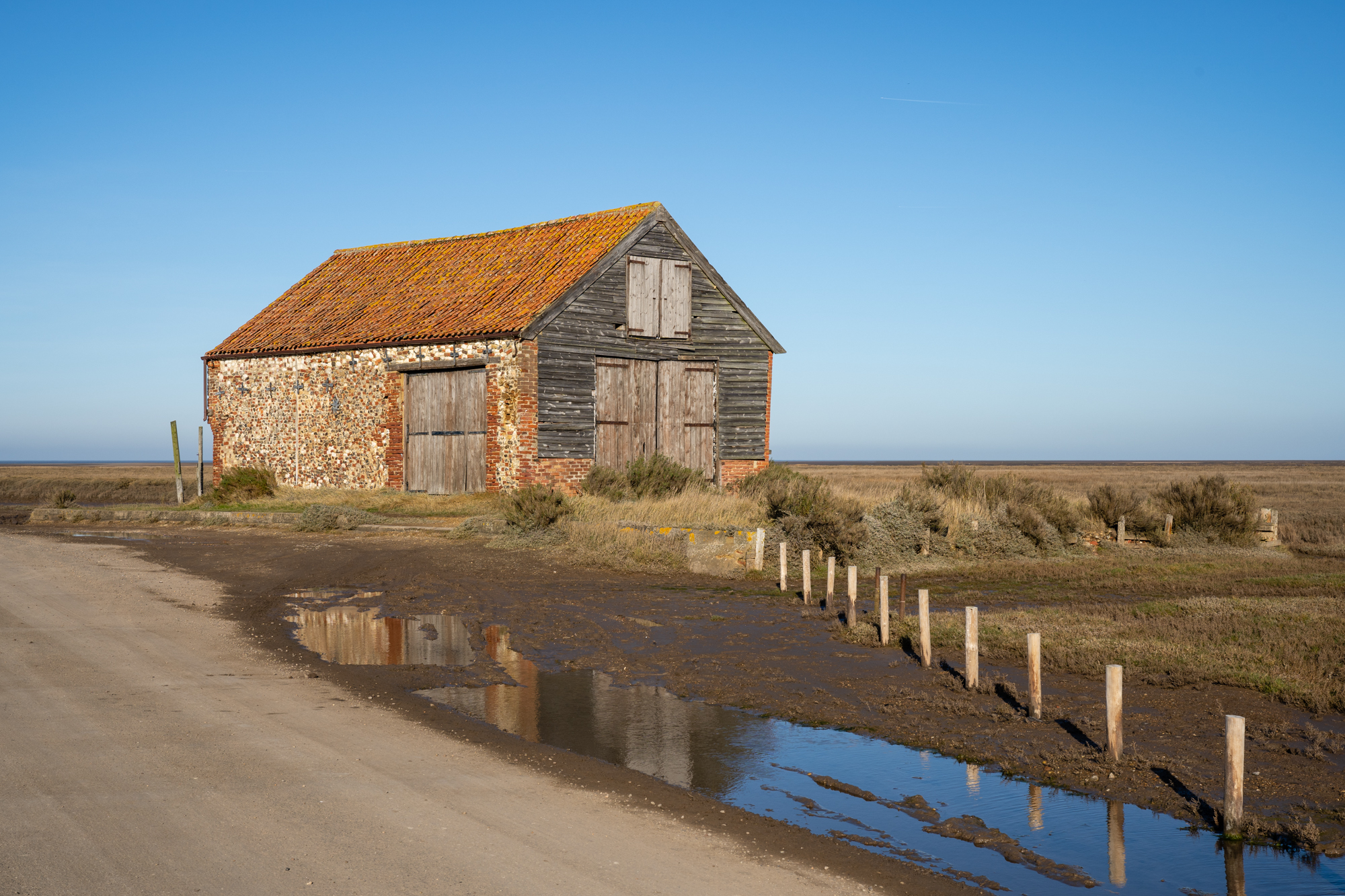
If you’re looking for a compact everyday lens with a versatile focal range, this 20-70mm glass is a great fit for Sony’s full-frame mirrorless cameras. Besides a useful zoom range, its constant f/4 maximum aperture makes it a flexible option for a spectrum of subjects and scenarios. At 488g, it’s easy to carry all day, while its dimensions proved conveniently portable during our tests. Quiet motors are a win for video – even if they're not completely silent – as is the aperture ring, which can de-click for smooth adjustment.
While it can go wider than most standard zooms, we did encounter distortion at the wide end of the focal range. If you shoot with an APS-C model, the effective range of 35-105mm also means you’ll lose the wide-angle appeal. Still, it produces beautifully sharp images throughout the aperture range and can’t be faulted on detail. International price disparities mean it’s not the cheapest in every region, but if you can look past the optical distortion, it’s a respectable lightweight lens that can cover the majority of photography situations.
- Read our in-depth Sony FE 20-70mm F4 G review
The best super telephoto zoom for Sony cameras
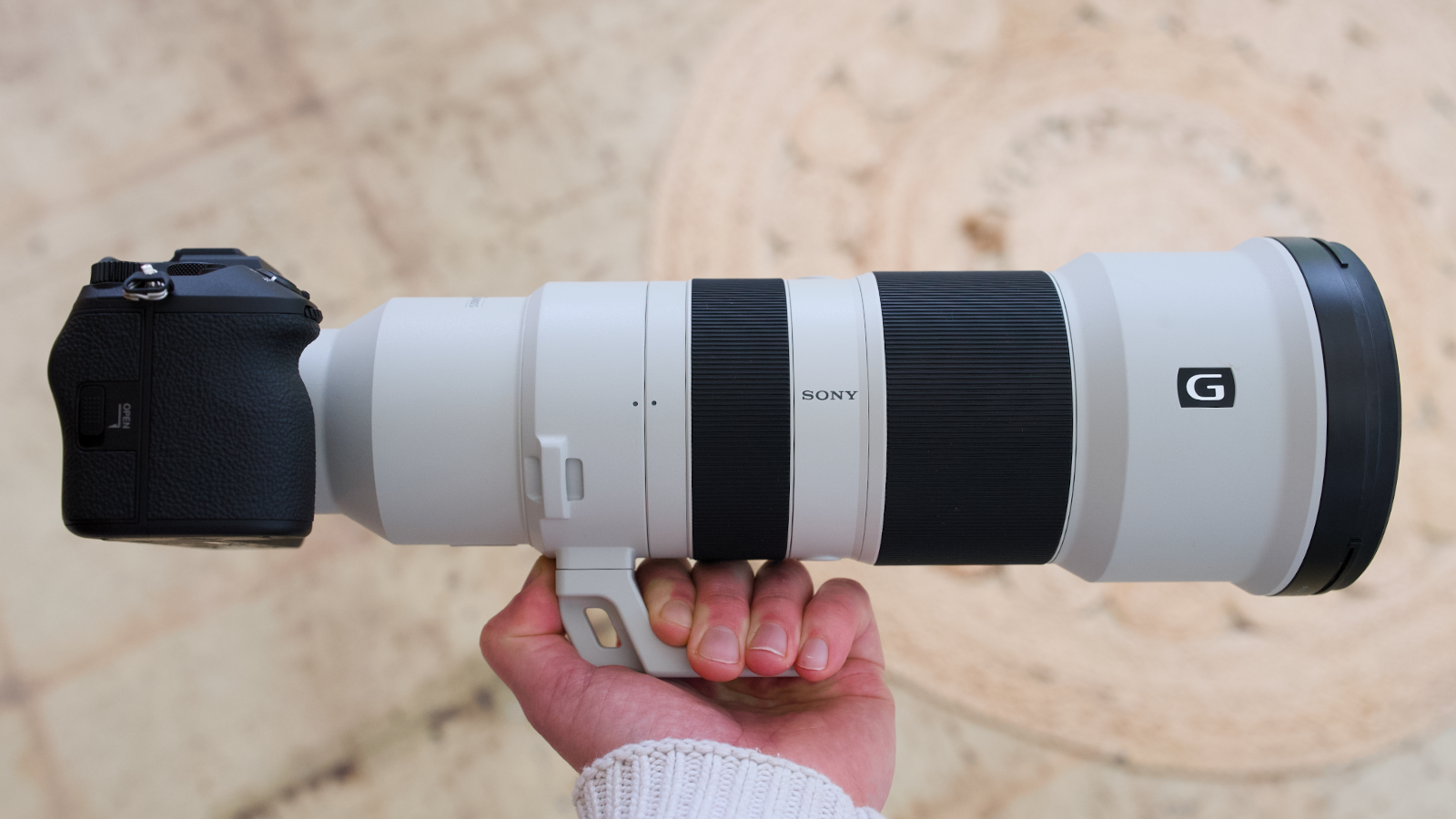
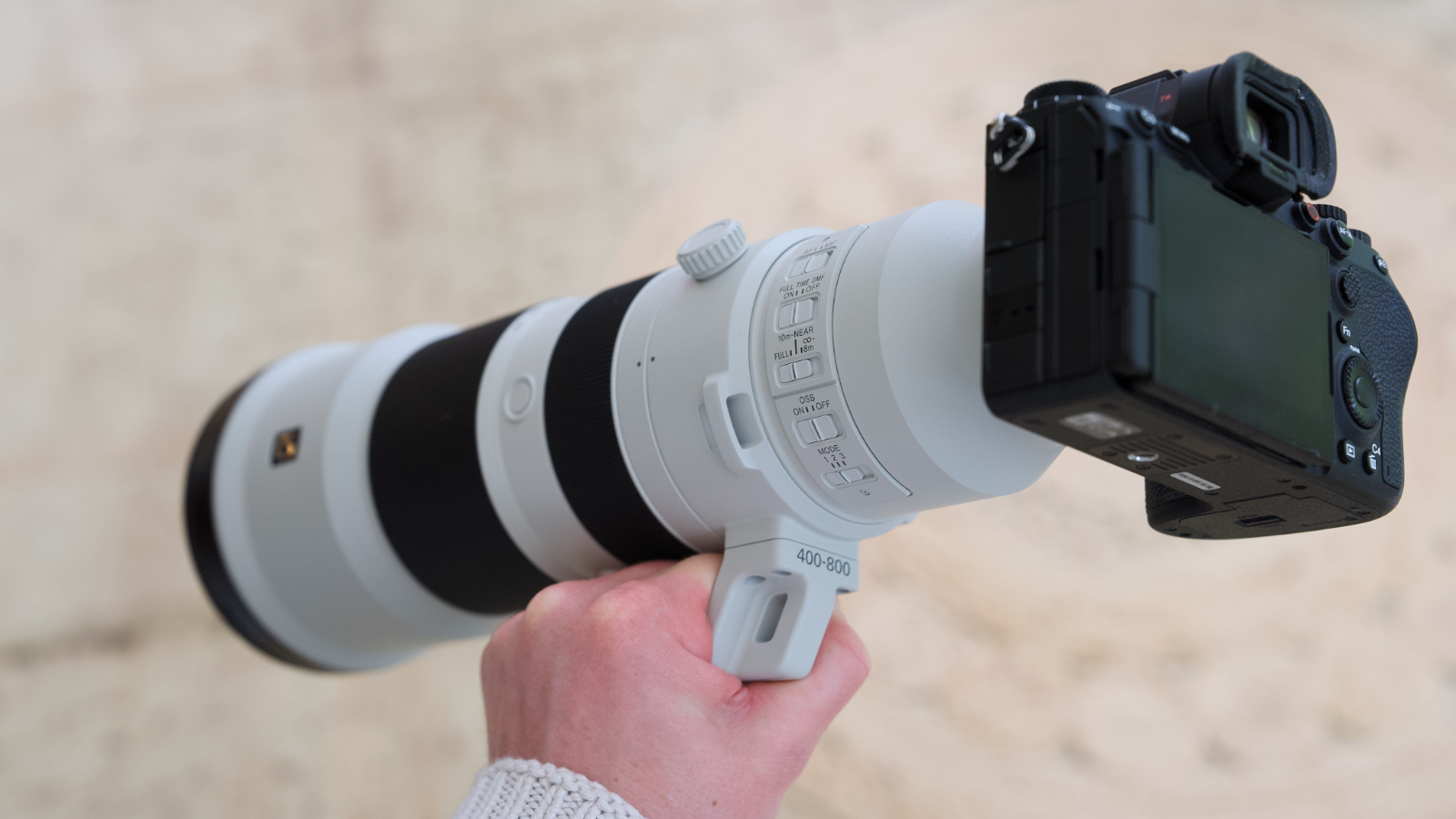
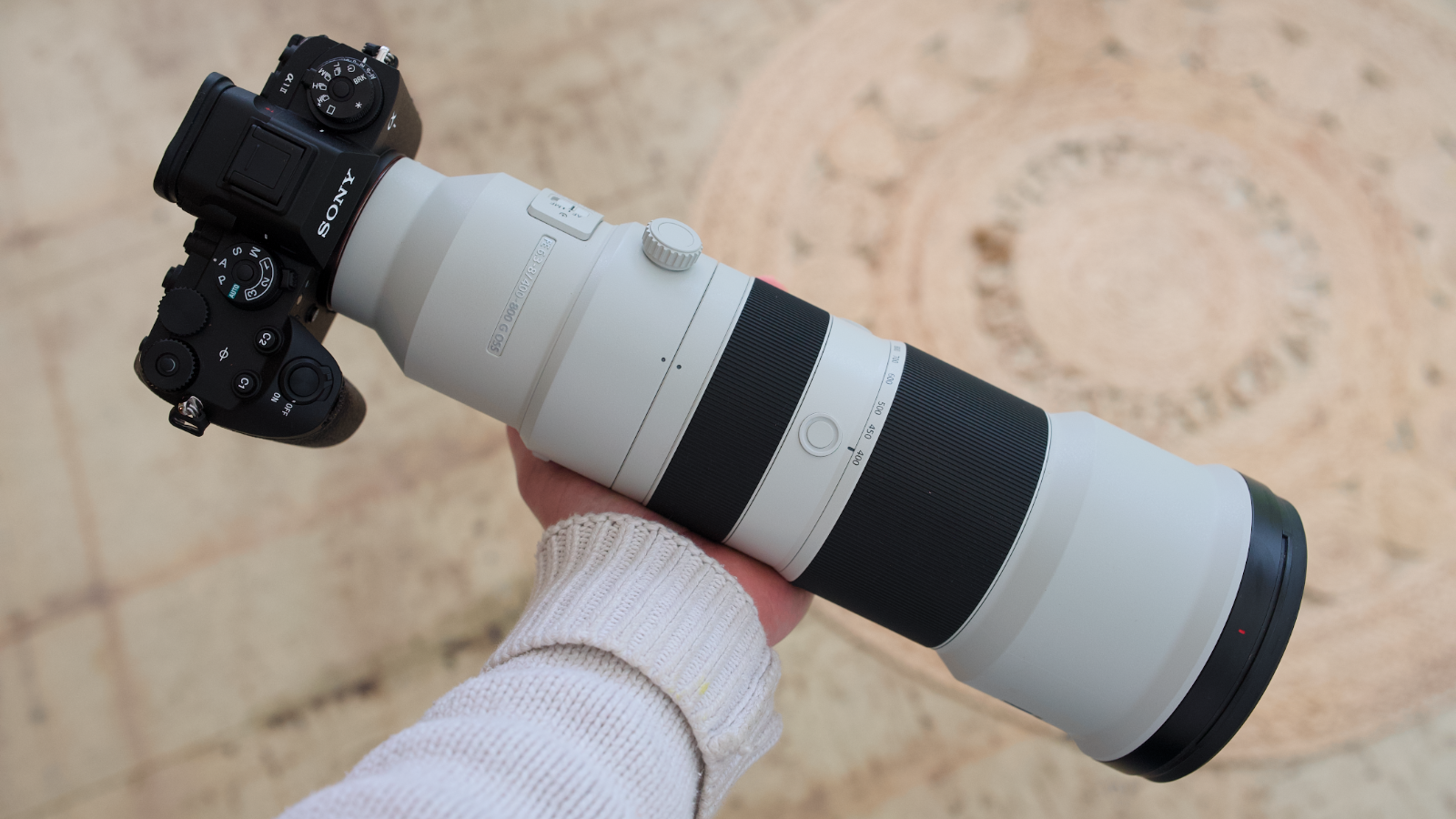
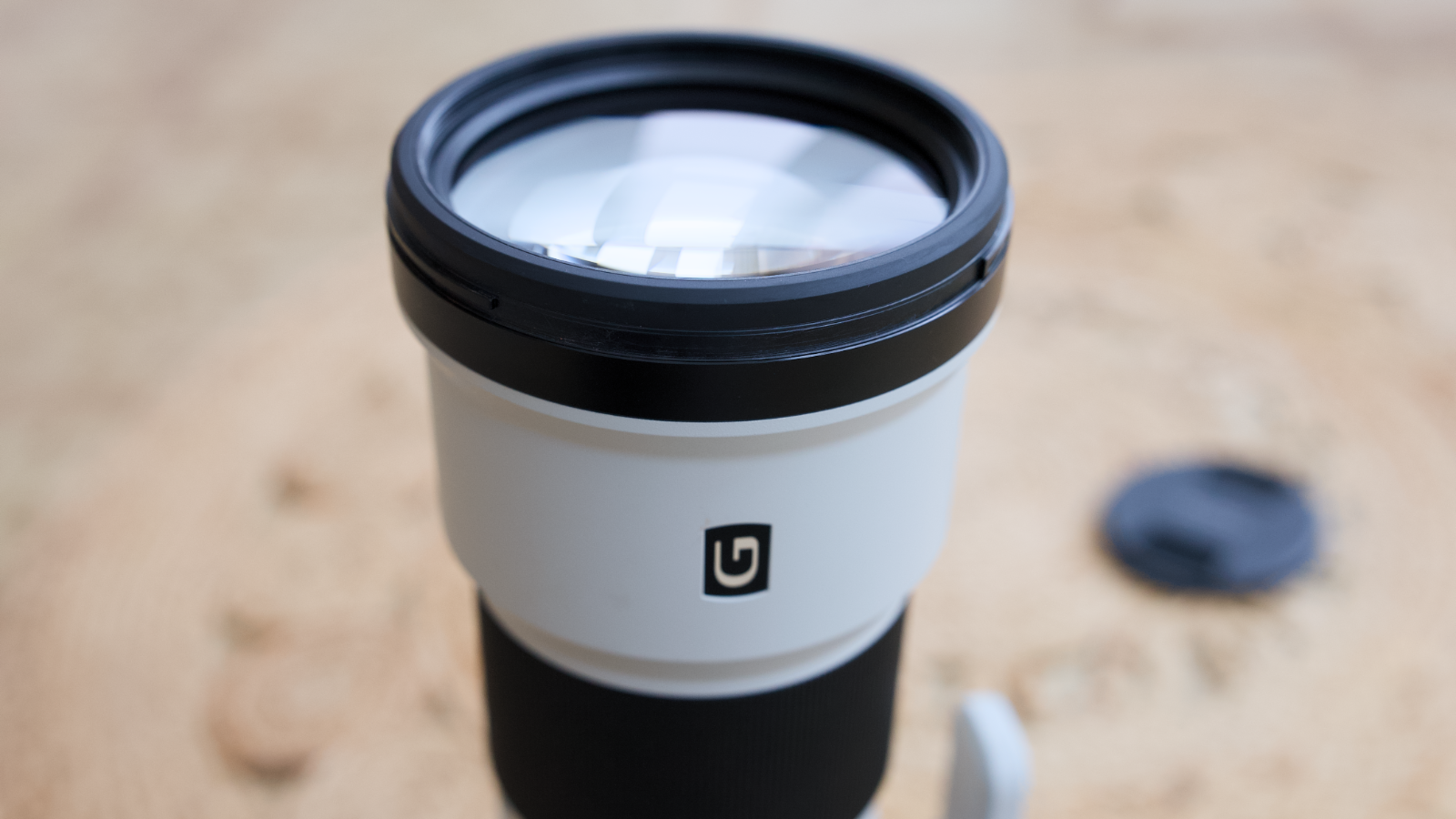
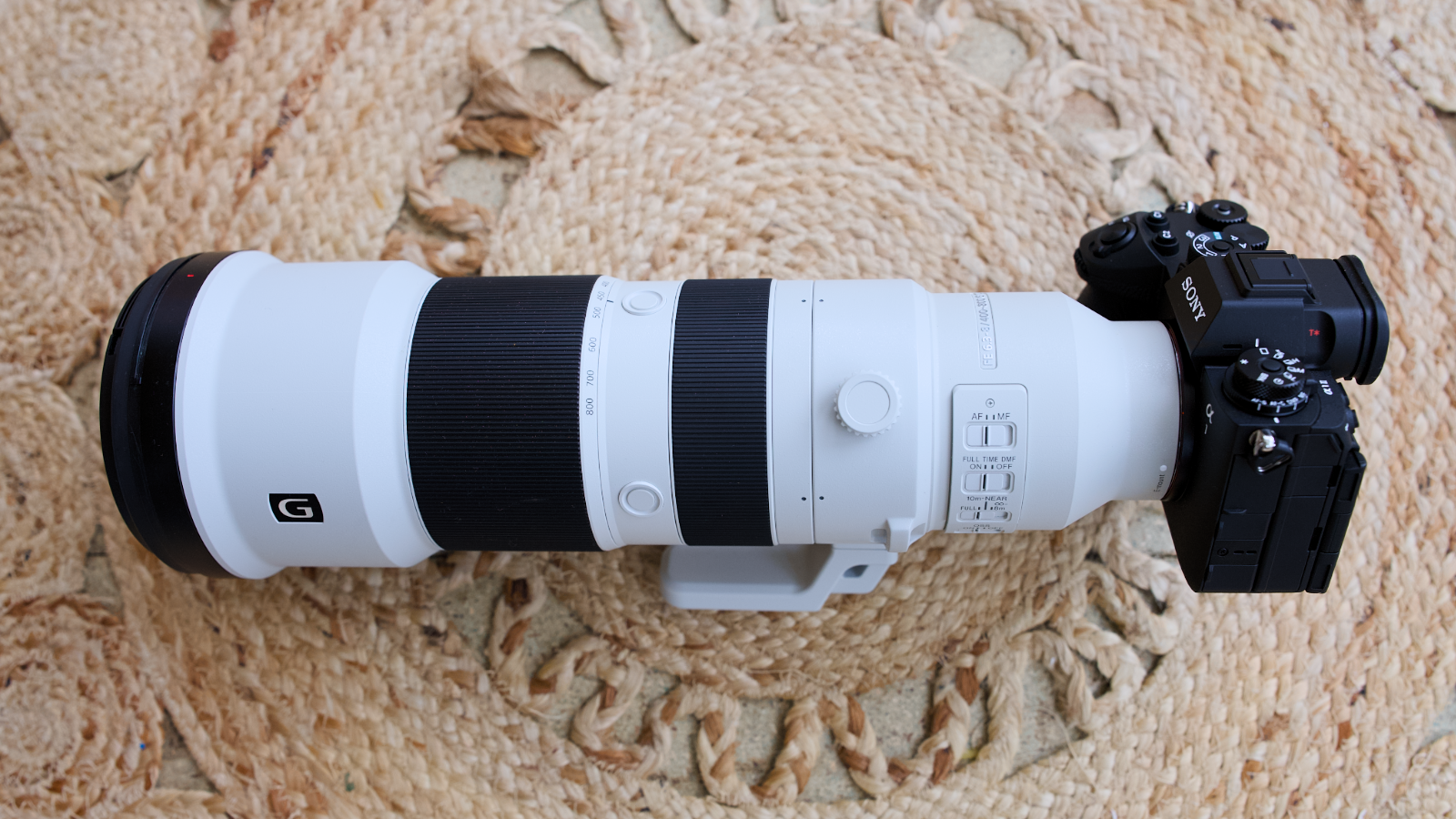
Specifications
Reasons to buy
Reasons to avoid
Sony FE 400-800mm F6.3-8 G OSS sample images
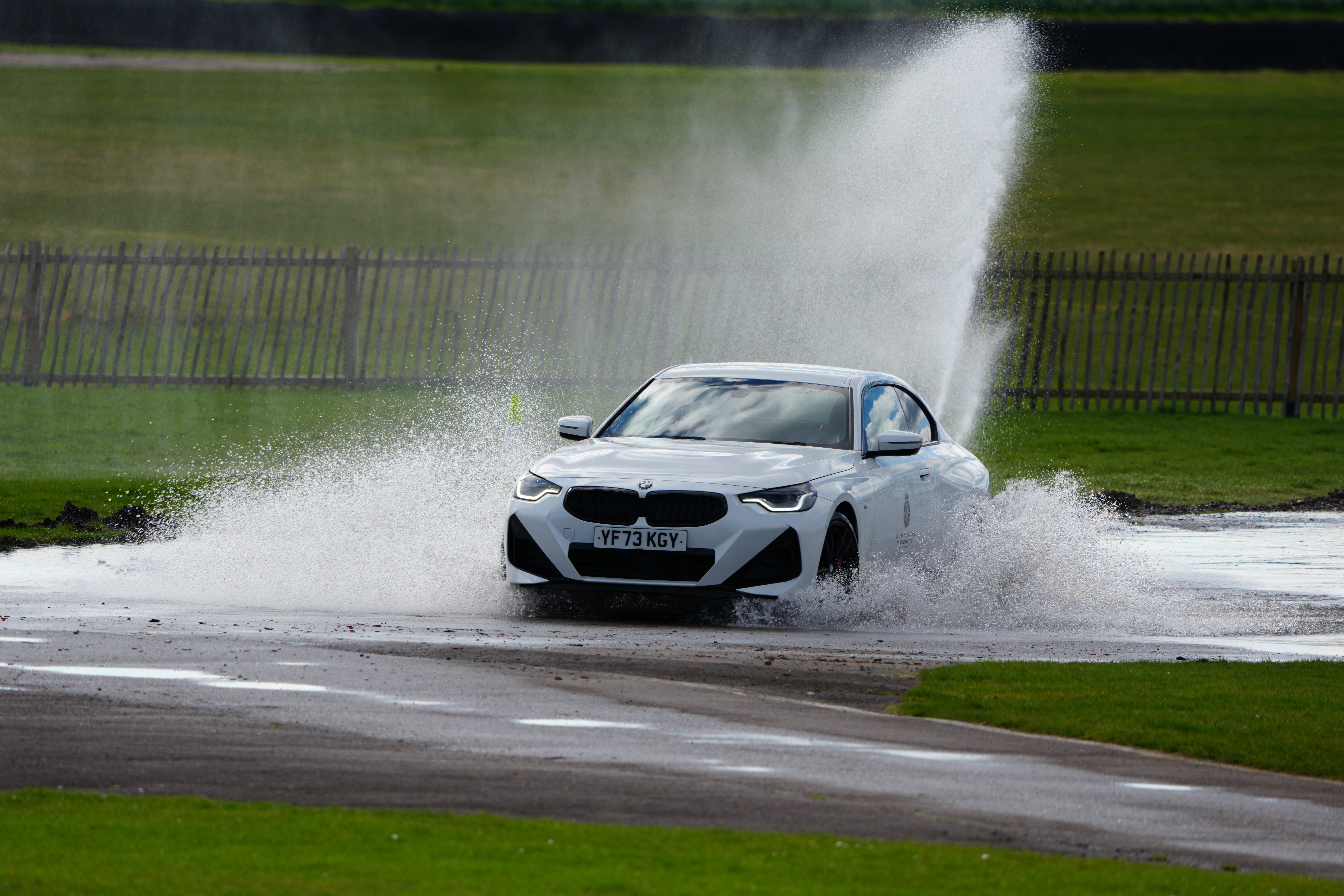
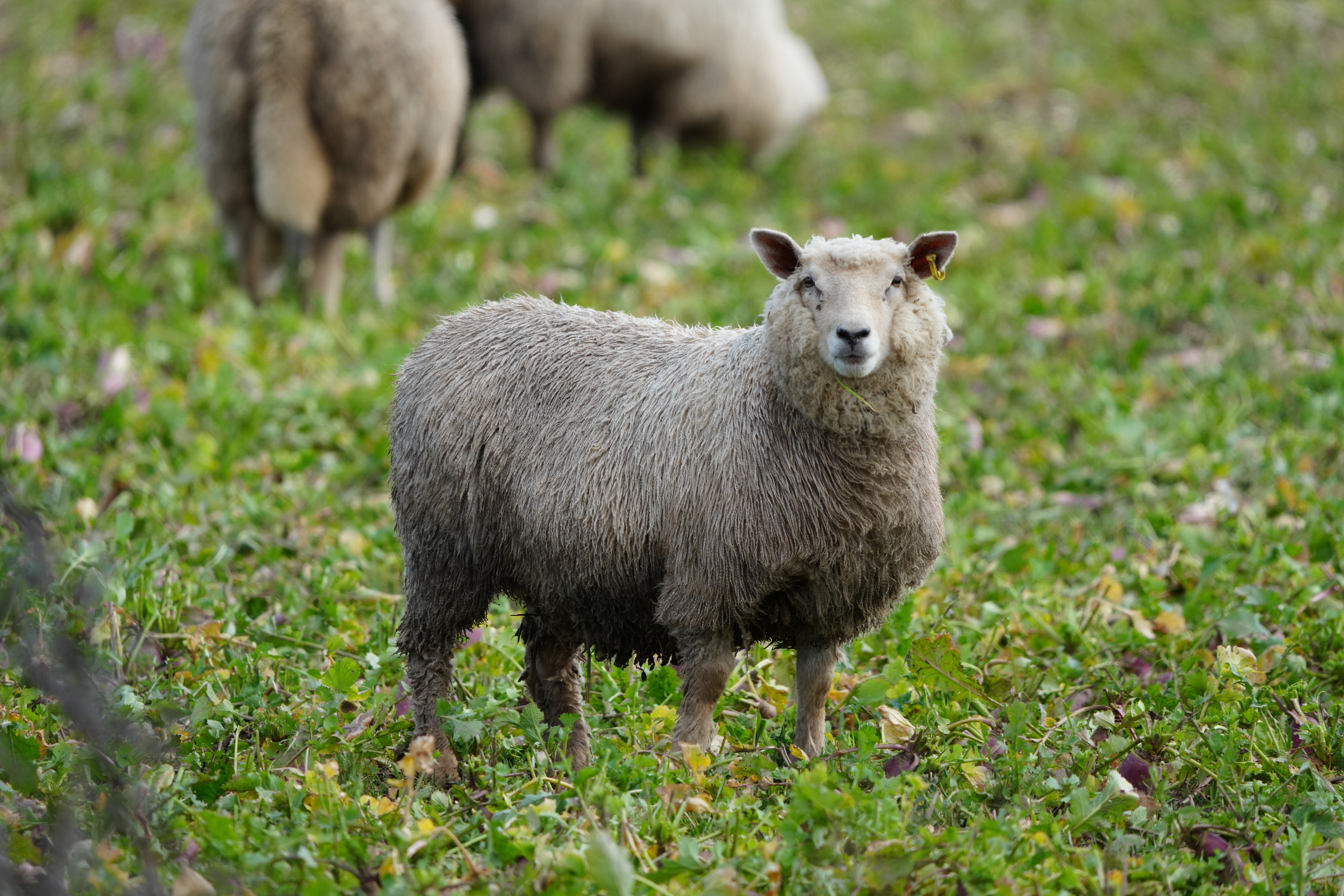

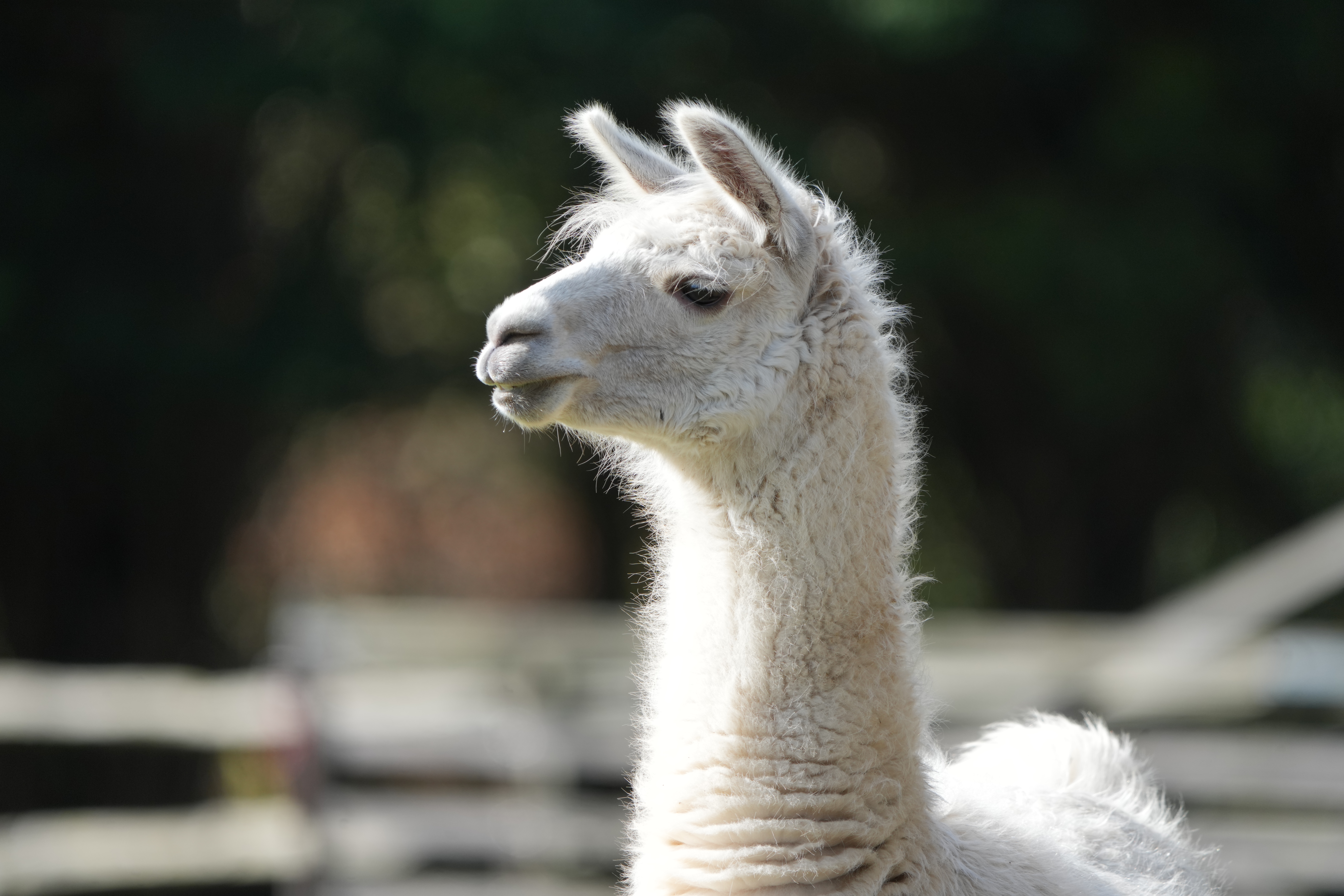
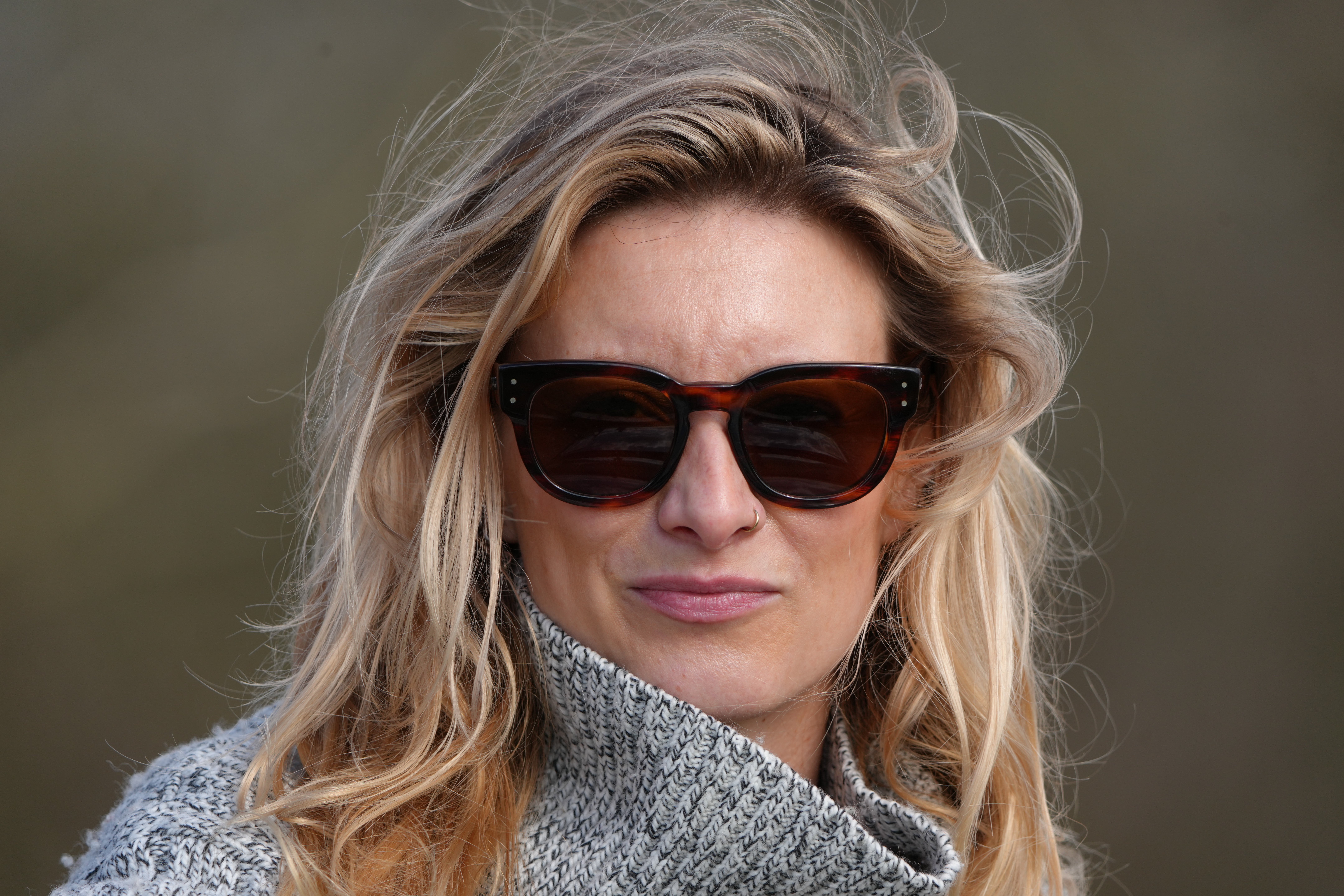
Offering the longest reach of any Sony telephoto zoom to date, the FE 400-800mm F6.3-8 G OSS is an impressive lens for wildlife photographers. We found it fairly hefty in testing, but several features help to make it manageable. One is internal zoom, which keeps the weight balance centered over the tripod foot. We also welcomed the tactile controls, short-throw zoom ring and customizable function buttons, all of which make this an easier lens to handle. It feels solidly assembled, too.
In performance terms, we found autofocus responsive on the FE 400-800mm F6.3-8 G OSS. We also recognized the usefulness of its ability to focus on subjects at a distance of 1.7m, particularly when shooting wild subjects. That said, the zoom range does come with some compromises: optically, it’s not as sharp as a telephoto prime, while the relatively slow maximum aperture isn’t ideal for sports photography. Still, if you want a well-built, weather-sealed super telephoto zoom with decent sharpness, this one can cover a lot of bases.
- Read our in-depth Sony FE 400-800mm F6.3-8 G OSS review
The best super wide-angle prime for Sony cameras
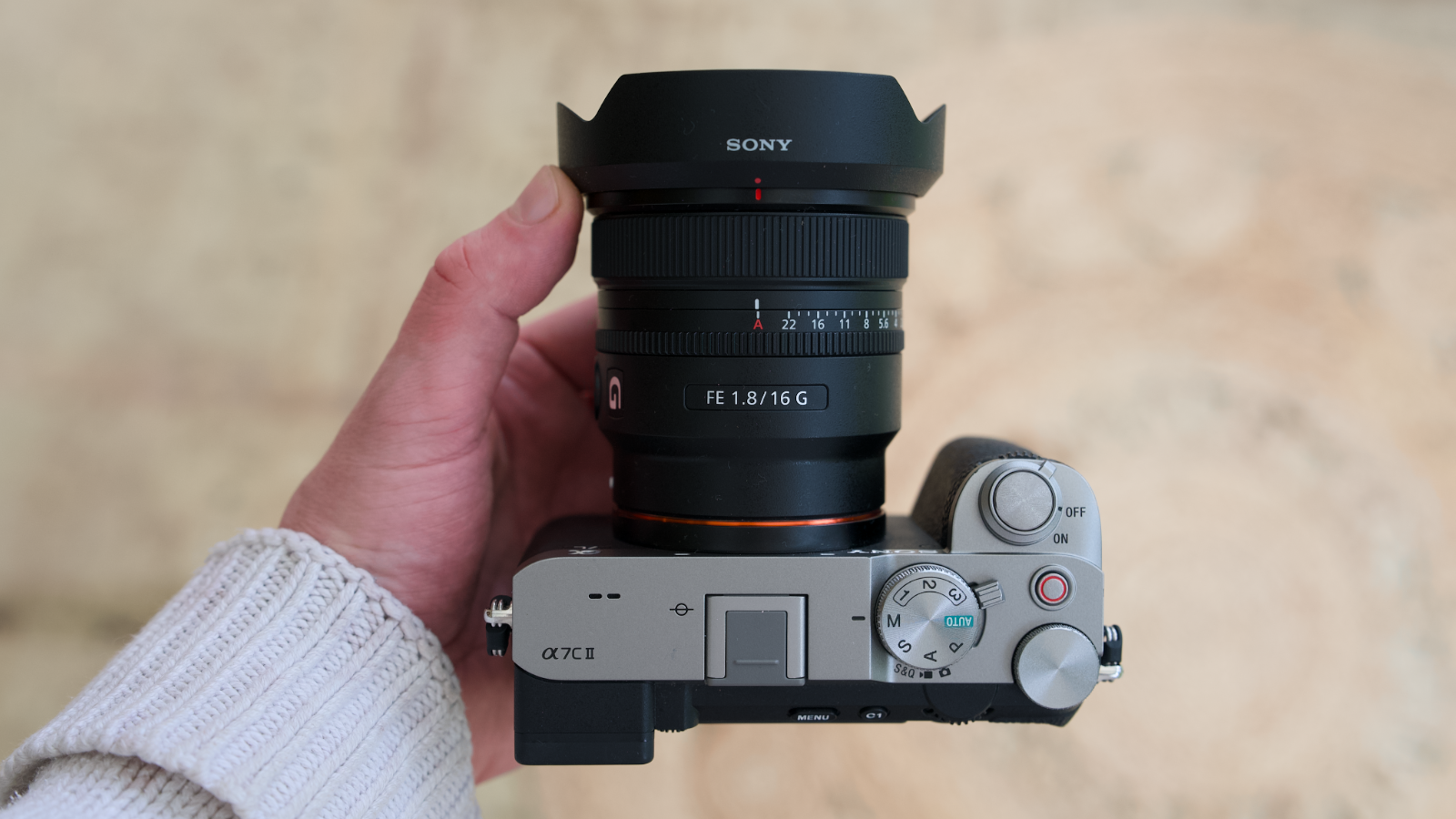
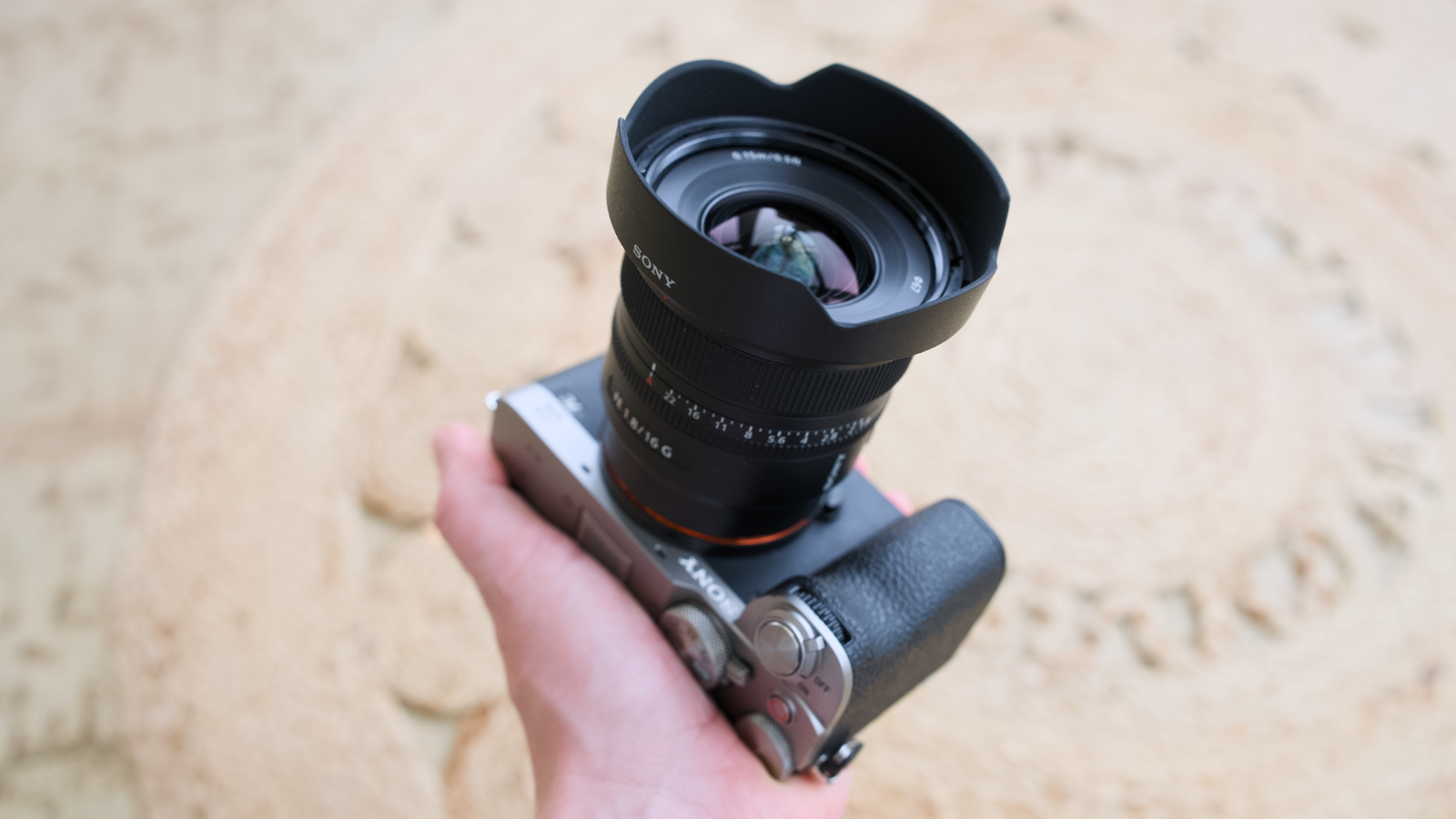
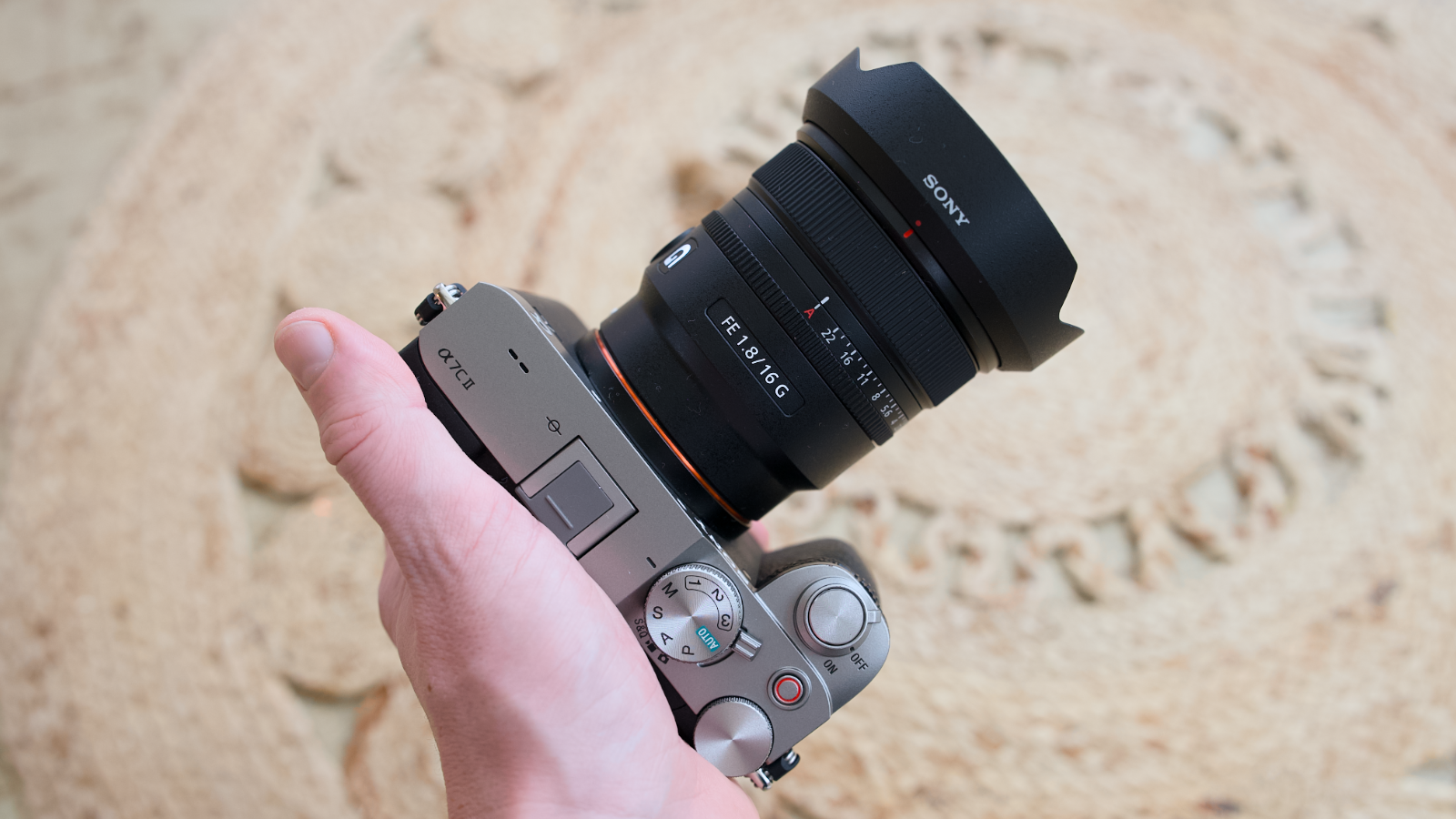
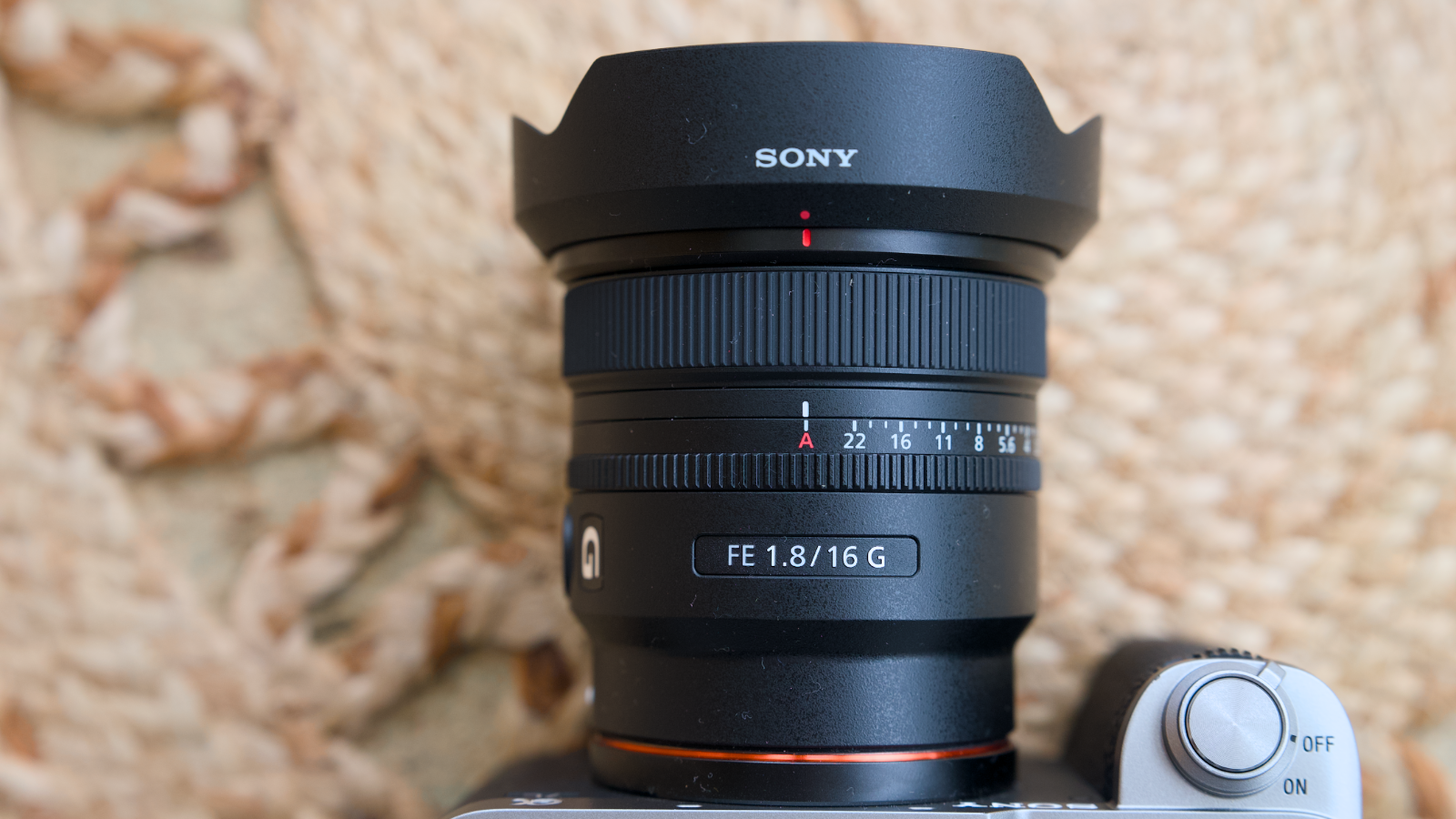
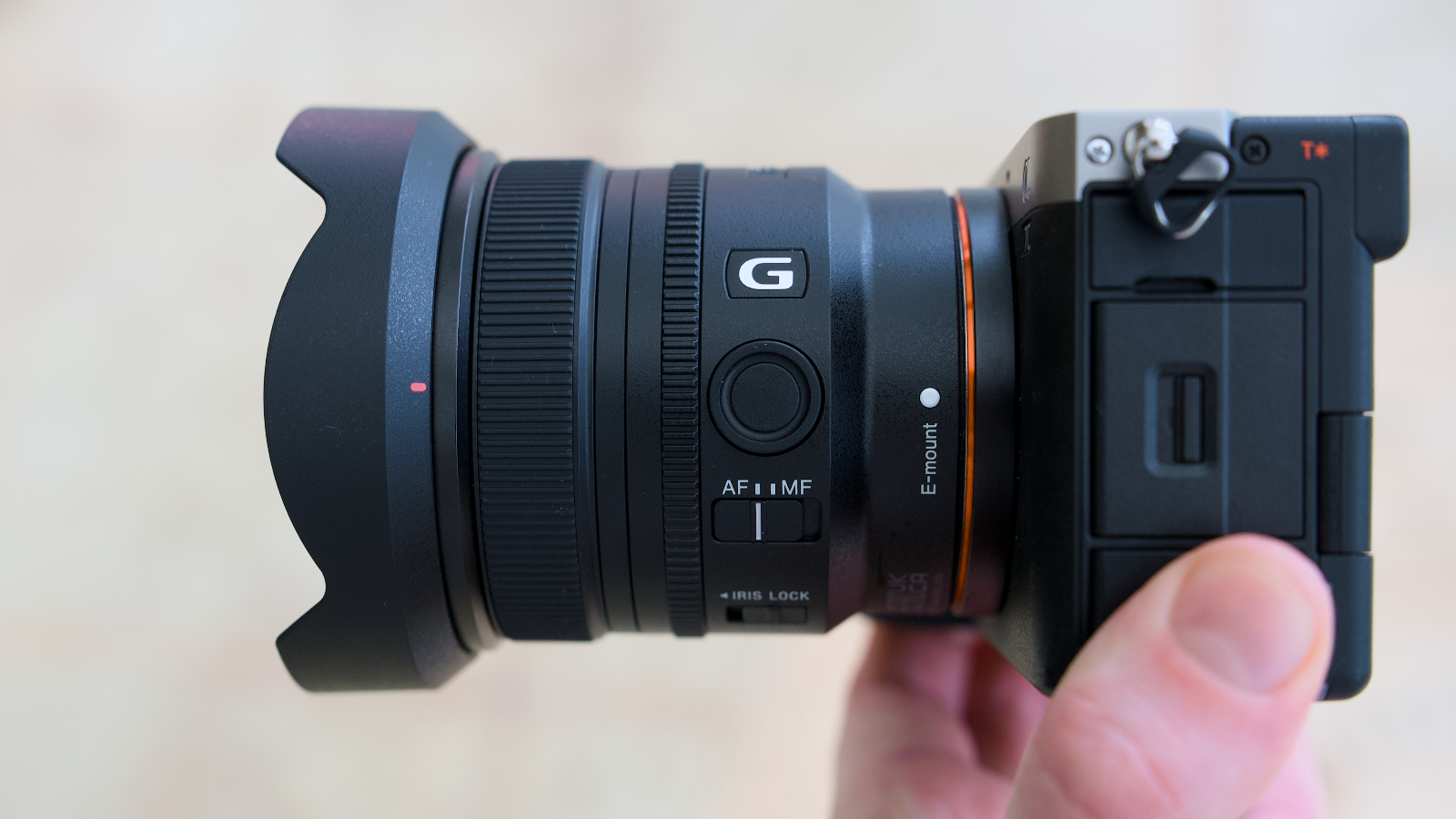
Specifications
Reasons to buy
Reasons to avoid
Sony FE 16mm F1.8 G sample images
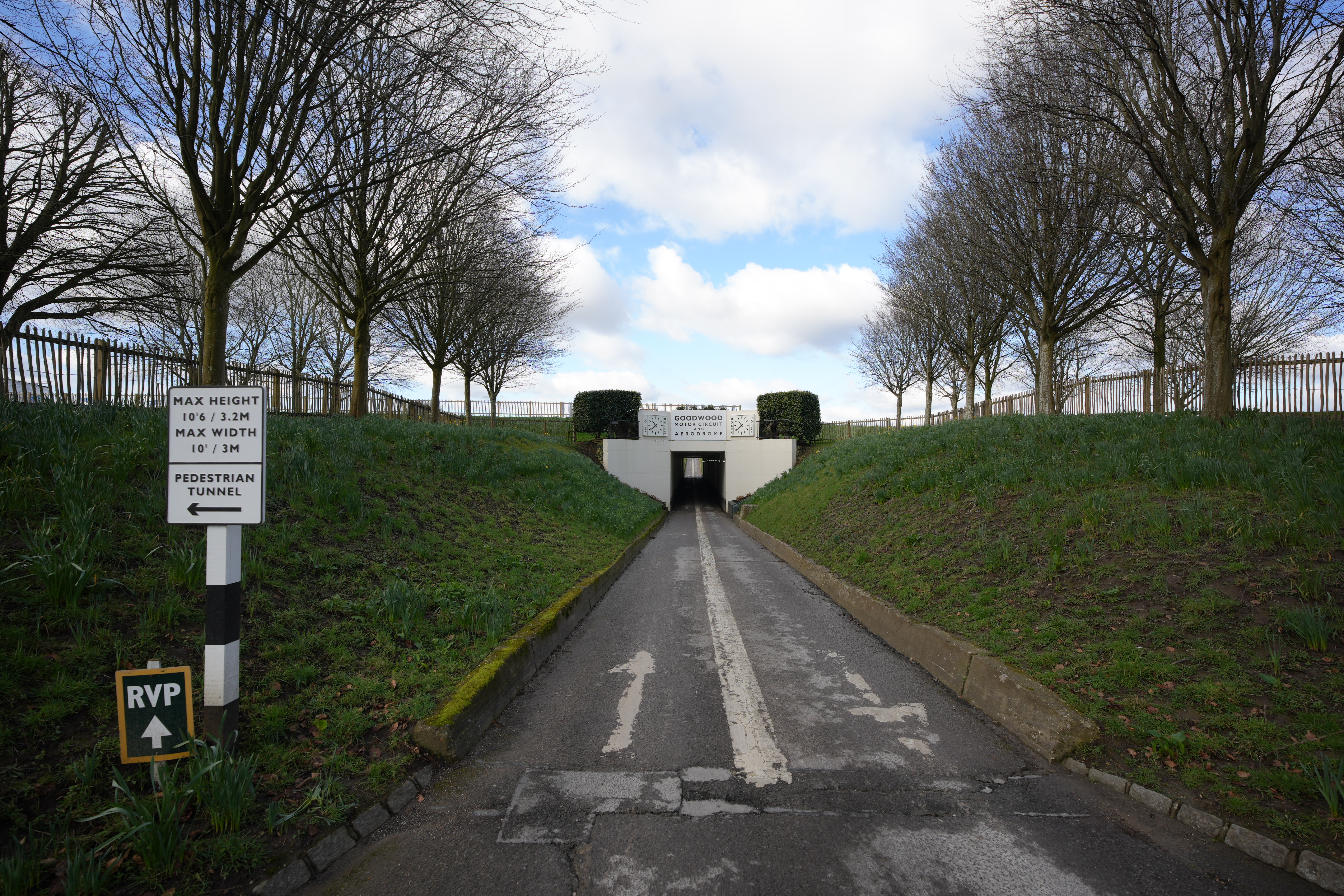
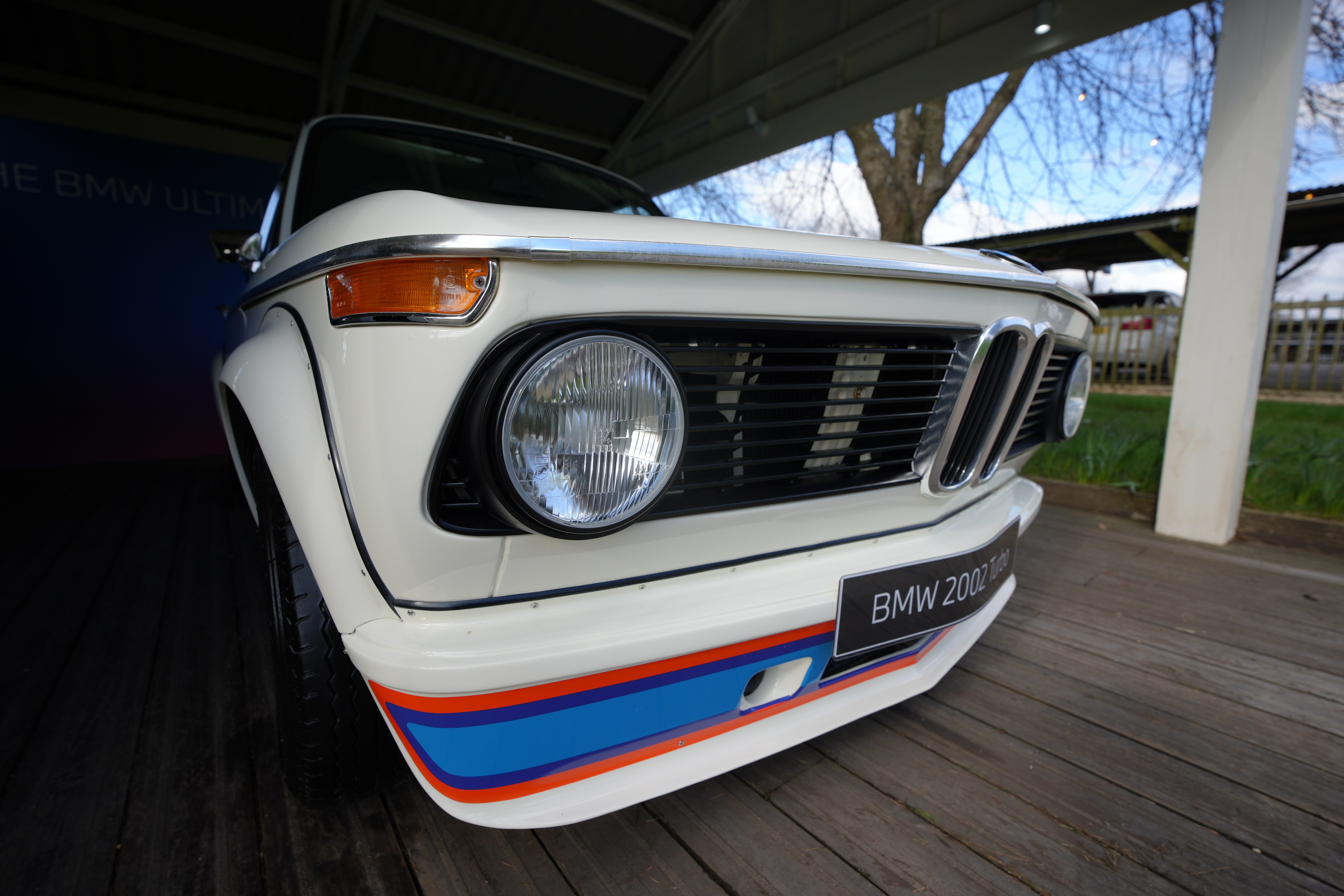
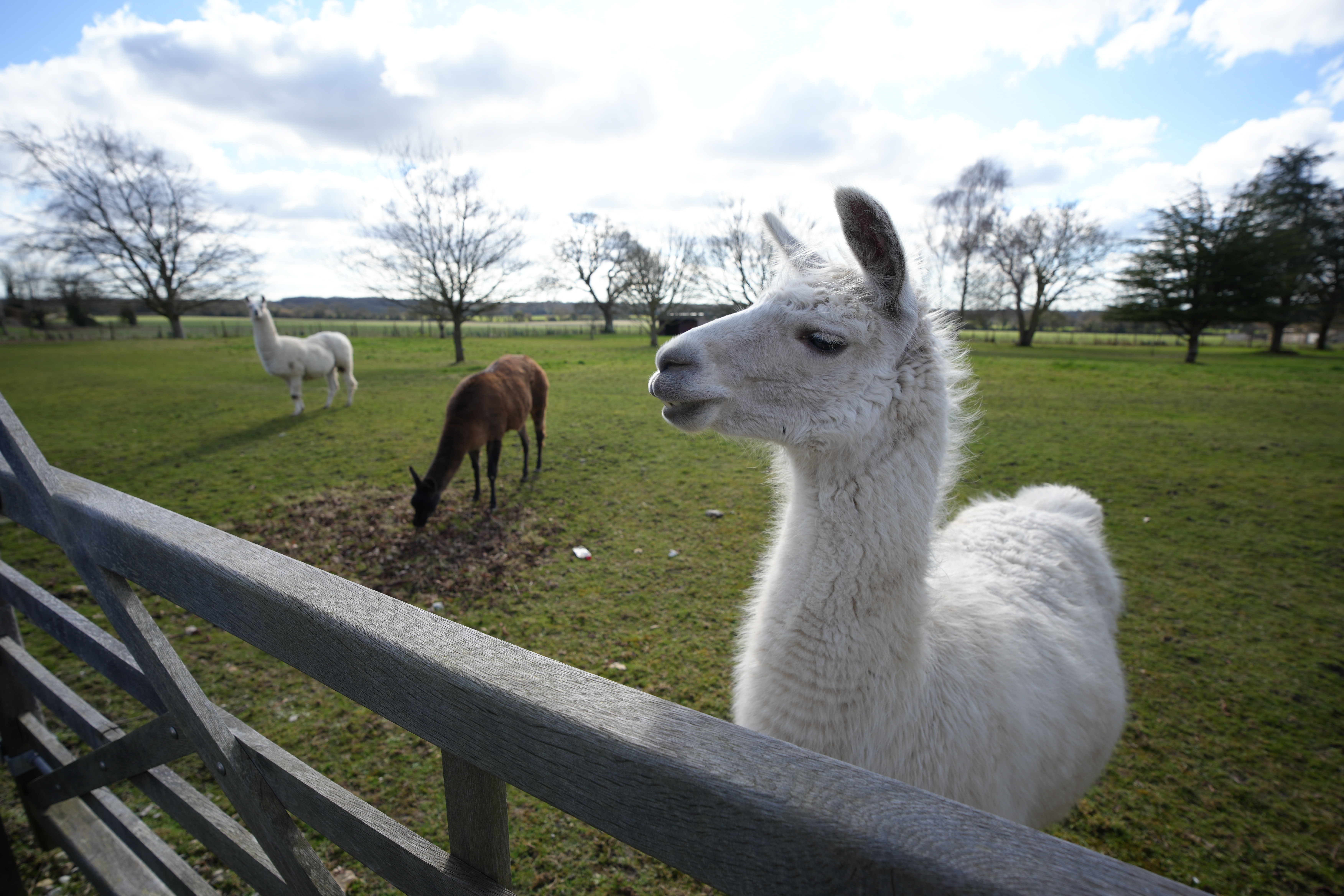


With bright optics and a tidy design, the Sony FE 16mm F1.8 G is a good choice if you want to cover wide angles in different lights. In testing, we found that its fast maximum aperture allowed it shoot sharp even in dim conditions. It could also deliver soft backdrops and attractive bokeh with close subjects, which isn’t a given for wide-angle glass. Physically, we also found it an easy lens to wield. Its plastic build doesn’t feel exactly premium, but the pay-off is that it hits the scales at just 304g.
Optically, this isn’t a perfect lens. Sharpness is best at the center, with detail lost at the corners when shooting at wide apertures. That’s a result of distortion correction, which is required to fix significant barrel distortion. This is handled in-camera for JPEGs, but needs to be addressed in post for raw files, as well as some vignetting. Even so, we think this is a useful little lens, especially for vloggers: its focal length is ideal for self-shot videography and there’s minimal focus breathing.
- Read our in-depth Sony FE 400-800mm F6.3-8 G OSS review
Also consider
With so many Sony lenses on the market, there was a lot of capable e-mount glass that didn't make the cut. Here are some honorable mentions which are also worth looking at:
Best standard zoom – Sigma 24-70mm f/2.8 DG DN Art: Half the price of Sony’s equivalent G Master glass, this Sigma zoom is impressive mechanically and optically. Autofocus is fast and quiet, while image quality is superb. The only negative is a bit of barrel distortion at the short end.
Best telephoto zoom – Sony FE 100-400mm F4.5-5.6 GM OSS: While 1,395g is hardly lightweight, this versatile zoom lens is relatively compact for a telephoto. It's well-built, handles well and balances fantastically with full-frame Sony bodies. Focusing is incredibly quiet and quick, plus optical performance is very good.
Best value portrait lens – Sony FE 85mm f/1.8: A chunky plastic lens with a relatively clean design, this is a great value option for portraiture if you can’t stretch to more exotic glass. Focusing is nice and brisk, plus it’s incredibly sharp at the centre of the frame.
Best super telephoto – Sony FE 200-600mm F5.6-6.3 G OSS: With a tough, weather-sealed construction, this super telephoto is ideal for everything from action sports to wildlife photography. Handling is excellent, autofocus super-fast and optical performance consistently outstanding.
Best for reportage – Sony Distagon T* FE 35mm F1.4 ZA: It’s pricey and heavy, but the this f/1.4 Distagon lens offers a generous feature set, including an aperture ring with the option to select stepped or free rotation. Sharpness is exemplary across the entire frame.
Best macro prime – Sony FE 90mm F2.8 Macro G OSS: Quiet autofocus, quality glass, effective stabilization and excellent handling combine to make this an incredible lens for close focusing. Its 90mm focal length and f/2.8 aperture also make it useful as a short telephoto lens.
Best APS-C lens for beginners – Sony E 70-350mm F4.5-6.3 G OSS: An affordable mid-tier telephoto for Sony’s crop-sensor cameras, this is a versatile lens which delivers very good optical quality. At 625g, it doesn’t add too much heft to your kit bag, yet covers a very useful zoom range.
How to choose the best Sony lens
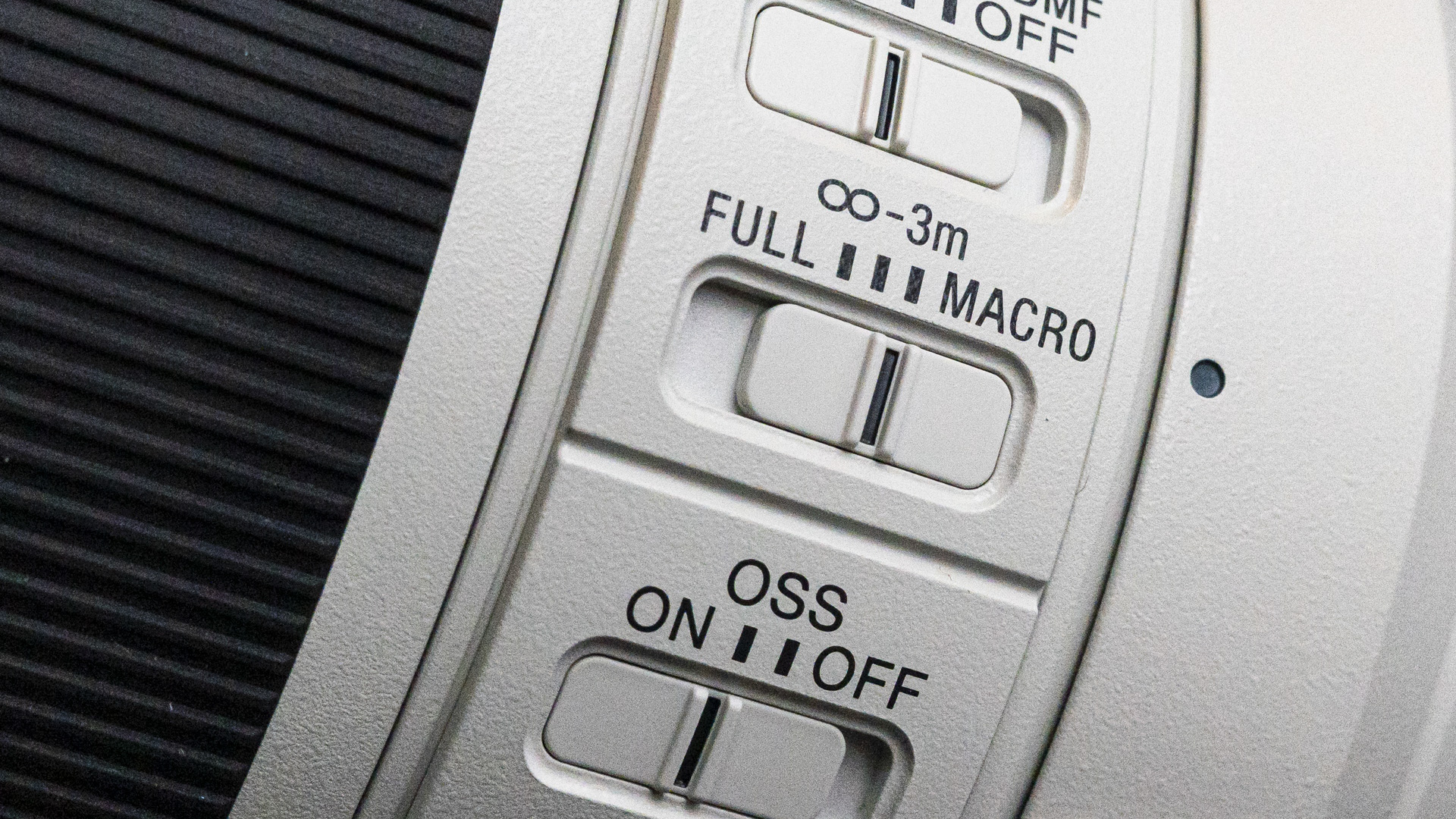
How to choose the best lens for Sony cameras
As you’ll see from the list above, the best Sony lenses fall into a number of categories. There are fast primes for street photography and fast primes for portraits; wide-angle zooms for landscapes and standard zooms for everyday shooting; telephotos for getting closer to the action and super telephotos for getting closer still.
Arguably the most important factor when selecting a lens is your budget. In any category, from wide-angle to telephoto, there will be different grades of glass. You’ll usually find entry-level lenses, enthusiast options, all the way through to professional-grade kit. Which is right for you will depend on your skill level, but also on how much you’re happy to spend. The hardest question is for novices: beginner glass is the obvious choice, but spending more on a hobbyist lens will often give you more room to grow.
Next you need to think about what you plan to shoot. Of course, one lens isn’t limited to one type of photography, but certain lenses are better suited to certain pursuits. Each genre demands different focal lengths and features from a lens. Portrait photographers typically prefer lenses with wide apertures that can produce a shallow depth of field, while landscape photographers might prioritize wider angles and overall sharpness.
If you’re into sports and wildlife, for example, you’ll probably want a telephoto like the Sony FE 100-400mm F4.5-5.6 GM OSS, which benefits from a long reach, excellent autofocus performance and a relatively low weight. Equally, if landscape photography is your genre, a wide-angle zoom like the Sony FE 16-35mm F2.8 GM II is an excellent choice. Or if you’re looking for a versatile nifty fifty prime that can cover everything from streets to portraits, the Sony FE 50mm F1.4 GM is a winning pick.
There are several technical and physical factors to consider when choosing your ideal Sony lens, some of which involve trade-offs. A fixed focal length usually comes with a wider maximum aperture, such as f/1.4, offering a shallow depth of field and better light-gathering abilities in dim conditions. Conversely, zoom glass usually has a narrower aperture, but gives you the flexibility to cover different focal lengths without changing lenses.
Speed and accuracy, as well as overall optical quality, are factors that you’ll find mentioned in all of our reviews above. These often improve as the cost increases, so the aim is to find a sweet spot between price and performance. You can read more about how we test these elements below.
Your camera body is also a crucial consideration. You need to think about how the weight and handling of a lens will marry with it: larger lenses tend to be heavier and more durable, but can make a compact body feel front-loaded. Just as important is sensor size. Not all lenses are compatible with both APS-C and full-frame sensors; those that are will have a different crop factor across the two. Confirm whether your camera has in-body image stabilization, too. If it doesn’t, you might want to consider a stabilized lens for sharper handheld shooting. And do check that your camera has a Sony E mount to work with the lenses above, otherwise you might need an adapter.
Meet the team
Collectively, our team of reviewers has amassed over a hundred years of camera experience and testing, covering all of the latest and greatest cameras in the last 20 years.

As Cameras Editor, Tim looks after all cameras content on Tech Radar. This includes buying guides, opinions, reviews and news, and covers anything from mirrorless cameras to film and smartphones. He has been cutting his teeth in the photo and video industry for almost 20 years.

Mark is TechRadar's Senior news editor and has been a technology journalist since 2004. Formerly Trusted Reviews and TechRadar's cameras editor, Mark has tested cameras over many years from all of the leading brands.

Amy has been writing about cameras, photography and associated tech since 2009. Amy was once part of the photography testing team for Future Publishing working across TechRadar, Digital Camera, PhotoPlus, N Photo and Photography Week.
How we test Sony lenses

☑️ 100s of lenses reviewed
☑️ 15 years of product testing
☑️ Over 16,000 products reviewed in total
☑️ Nearly 200,000 hours testing tech
When testing the best Sony lenses, we take our evaluation process seriously. Our expert reviewers spend a significant amount of hands-on time with each lens, to ensure that we’ve understood the benefits and drawbacks of each model for different types of photographer. We test each lens with one of the best Sony cameras and, where relevant, try to use it with both a full-frame and an APS-C model.
Our testing process goes beyond controlled conditions. We think a lot about the real-world situations where most Sony users will shoot with their lenses. We take each lens out into the field and put it through a number of different scenarios and environments. These can range from landscapes and portraits to busy streets by day and night. This approach allows us to assess the practical performance of a given lens, including features such as image stabilization – and how suitable it is for different styles of photography.
During these tests, we’ll consider a number of factors. A key one is autofocus performance, particularly when reviewing lenses aimed at action or street photography. We test both the speed and accuracy of the lens in various lighting conditions, as well as listening for the volume of its motor.

We also think about the build quality and ergonomics of every lens, both for durability and usability. Our reviewers assess the feel of the barrel and whether it seems rugged enough for the kind of scenarios where the lens will be used. We also consider handling, including the placement of controls and focus rings, both for new and experienced users.
When it comes to assessing the images shot on test, there are a few factors we look out for. We start by evaluating the overall quality, looking particularly at sharpness and contrast. For lenses with a wider aperture, we’ll look for smooth bokeh in defocused areas. We also keep a careful eye out for any optical imperfections that can reduce image quality, including distortion, fringing and chromatic aberrations.
From the result of all these tests, we’ll form an assessment of a lens’ suitability for different types of photography. We’ll also consider its strengths and weaknesses against those of alternative lenses, including similarly priced options from Sony and other manufacturers, as well as more expensive glass in the same category. The result determines whether we recommend it as one of the best Sony lenses.
Get daily insight, inspiration and deals in your inbox
Sign up for breaking news, reviews, opinion, top tech deals, and more.
Formerly News Editor at Stuff, Chris now writes about tech from his tropical office. Sidetracked by sustainable stuff, he’s also keen on cameras, classic cars and any gear that gets better with age.
